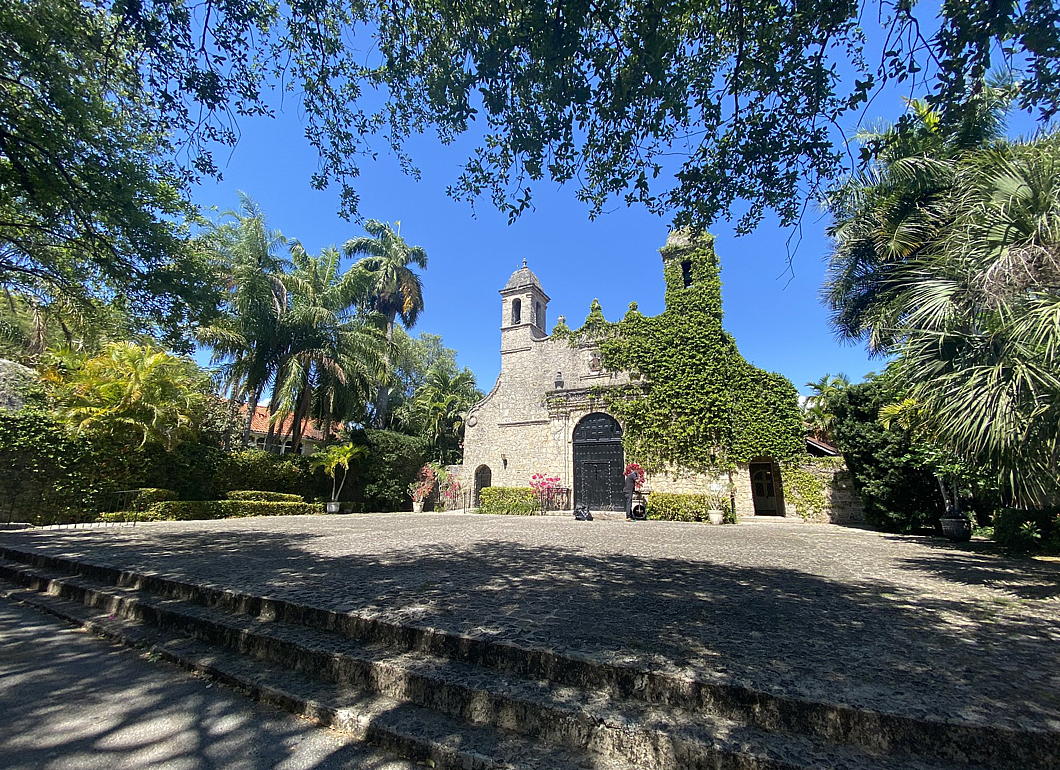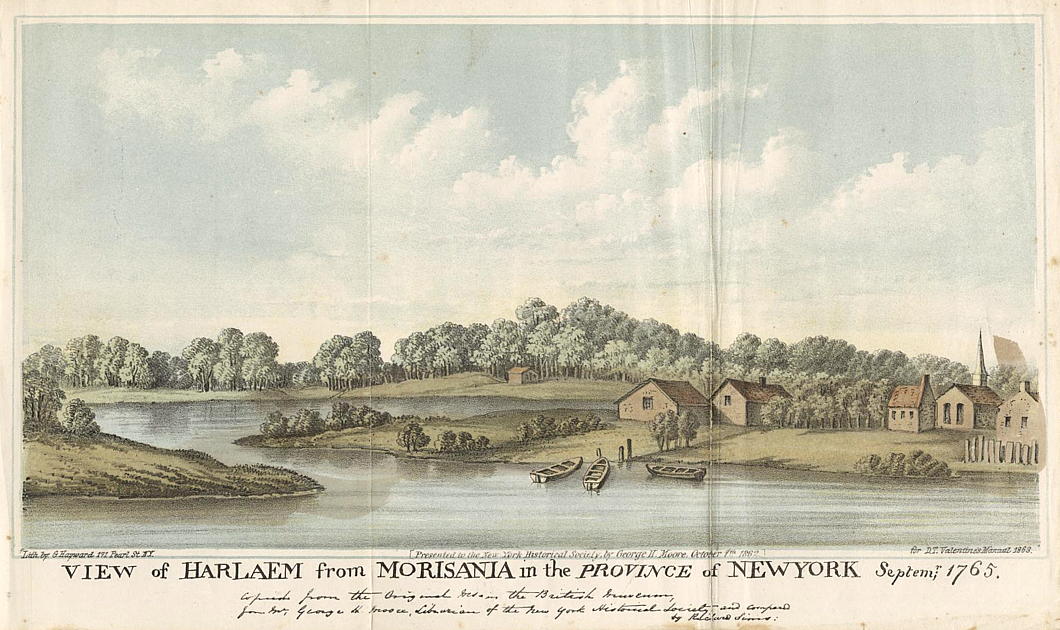Arts & Culture
About Andrew Cusack
 Writer, web designer, etc.; born in New York; educated in Argentina, Scotland, and South Africa; now based in London.
Writer, web designer, etc.; born in New York; educated in Argentina, Scotland, and South Africa; now based in London. read more
News
Blogs
Reviews & Periodicals
Arts & Design
World
France
Mitteleuropa
Knickerbockers
Argentina
The Levant
Africa
Cape of Good Hope
Netherlands
Scandinavia
Québec
India
Muscovy
Germany
Academica
Decline at The Villager

Though constantly mourning the never-ending decline in the quality of newspaper design, I hope everyone can agree that a vast depreciation has taken place at The Villager of Greenwich Village, New York.
Whereas the Village Voice was always the pretentiously showy alternative beat-turned-hippie-turned-bobo upstart of Village publications, The Villager has played the role of the actual neighbourhood sheet that gave you the local news.
Absurdly, the otherwise magisterial and much-loved Encyclopedia of New York City doesn’t even have an entry for The Villager — not even in its second edition! — despite the paper being founded back in 1933. (The Voice was 1955.)
Behold — witness the decline:
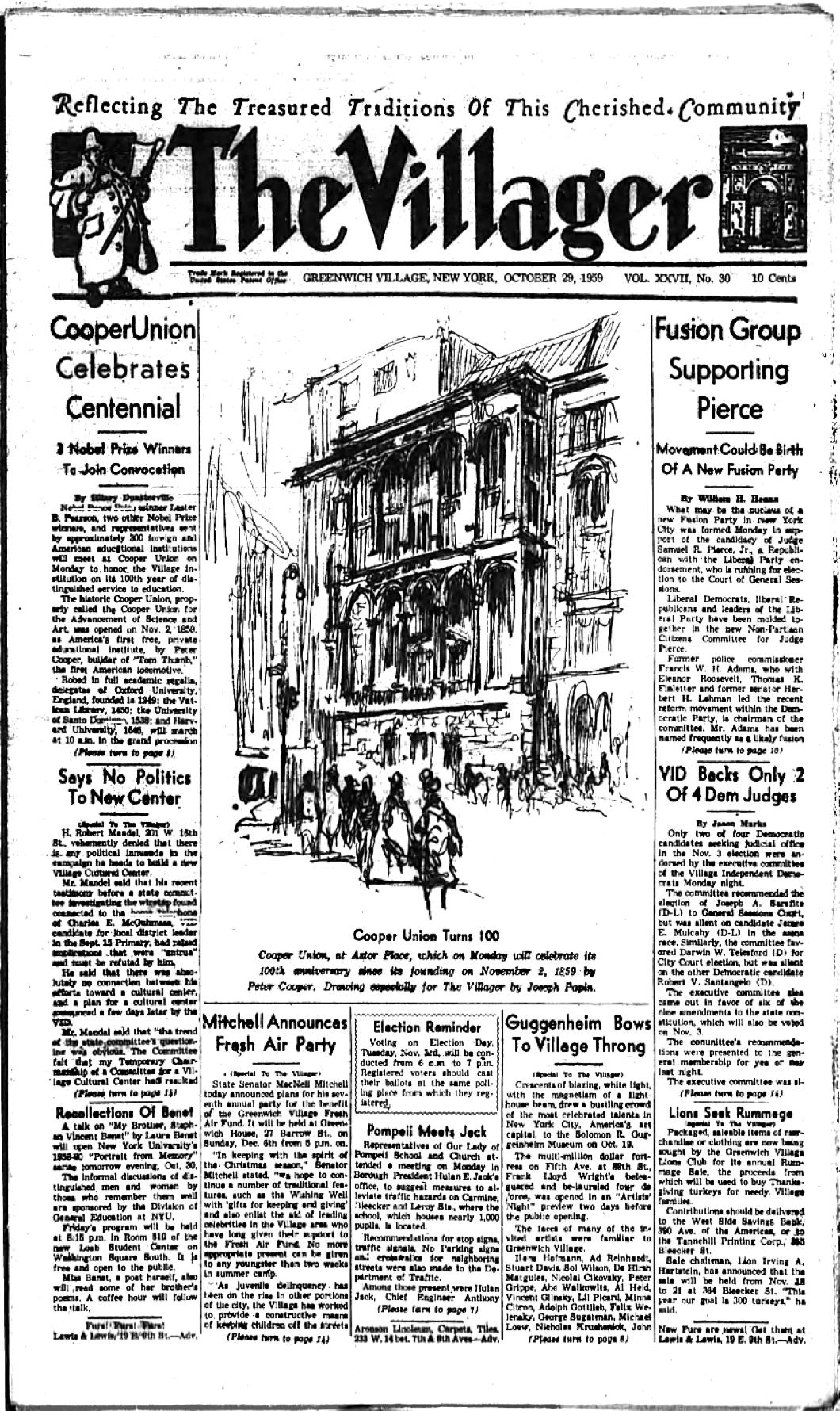
An issue from this past week in October 1959. The nameplate features distinct lettering, flanked by the supporters of a town crier (or perhaps we should say village crier) on one side and an image of the Washington Arch on the other.
No fewer than nine stories on the front page. (It’s a standard Cusackian rule of newspaper design that the more stories on the front page the better off you are.)
There is also a helpful reminder of the upcoming election so Village denizens can do their civic duty. (more…)
Puritan in Spanish Garb
Plymouth Congregational Church, Coconut Grove, Miami
The traveller passing down Devon Road in the Grove neighbourhood of Miami might be forgiven for thinking he had stumbled across one of the ancient mission churches that Spanish antecedents had established across the American realms of His Most Catholic Majesty the King of Spain.
The traveller would be mistaken, for what he has discovered is in fact the Plymouth Congregational Church.
It was completed in 1917 by one man Felix Rebom — to a design by architect Clinton MacKenzie. According to local lore, Rebom finished the building himself using just a T-square, a plumbline, a trowel, and a hatchet.
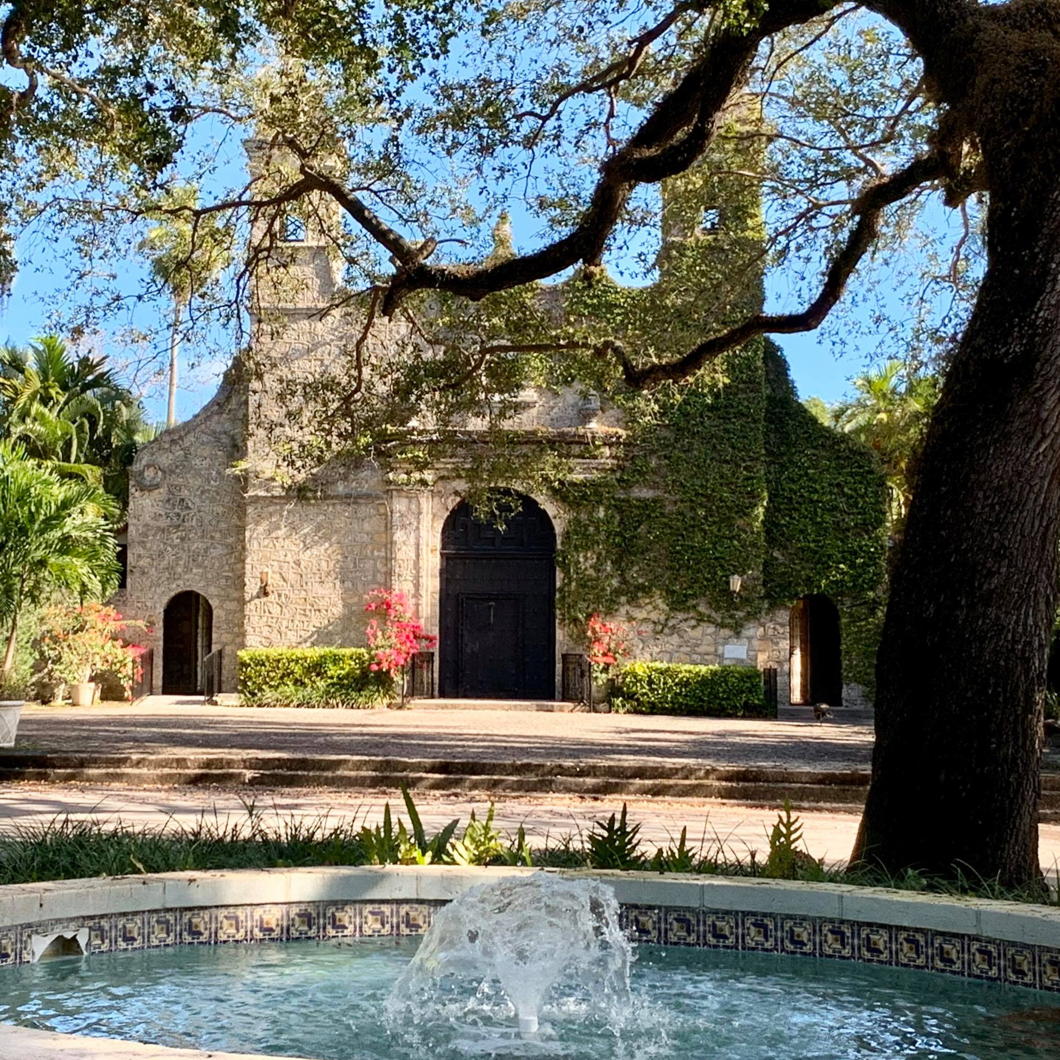
The congregation was founded in 1897 and four years later appointed as its pastor the Rev. Solomon G. Merrick — father of the developer George Merrick who built Coral Gables.
In one of the seemingly endless series of Florida property booms, the elder Merrick’s successor encouraged the congregation to buy a large parcel of land in Coconut Grove.
Dividing it into residential plots allowed them to raise the money to build the new church on the remaining part of the land.
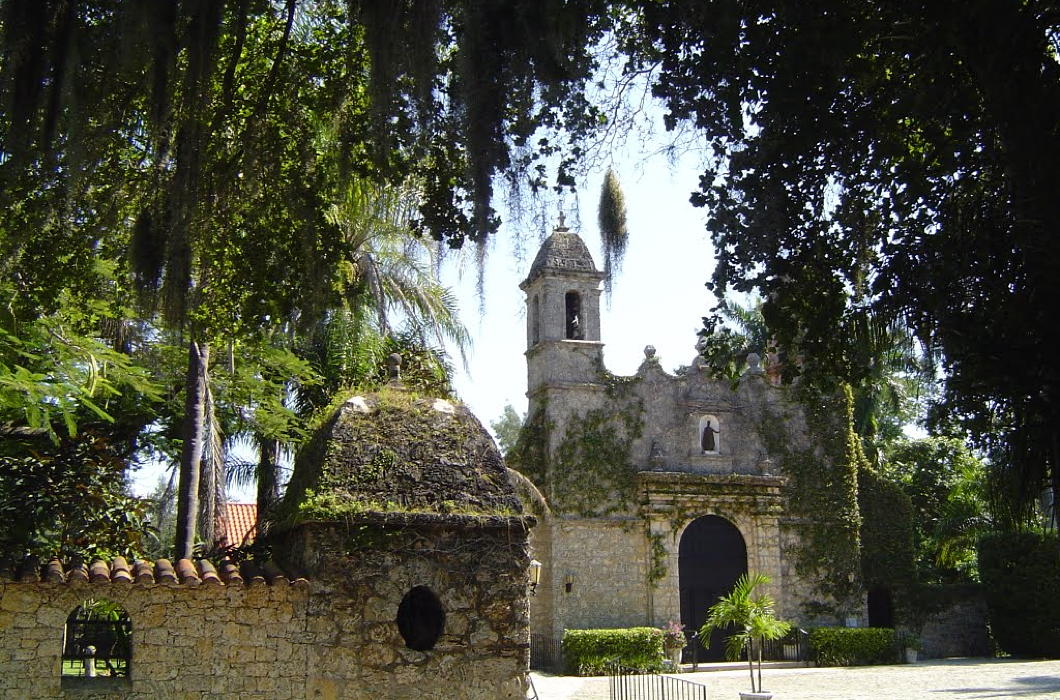
The massive door — hand-carved walnut backed in oak — is in fact four centuries old and comes from a disused Pyrenean monastery.
Architecturally one of the few hints that this is delightful theatre rather than historic reality is that the style, while Spanish, is more Mexican than Floridian.
Florida’s lush climate also means half the building has been taken over by surrounding greenery. I love it.
Lafayette at the Seventh
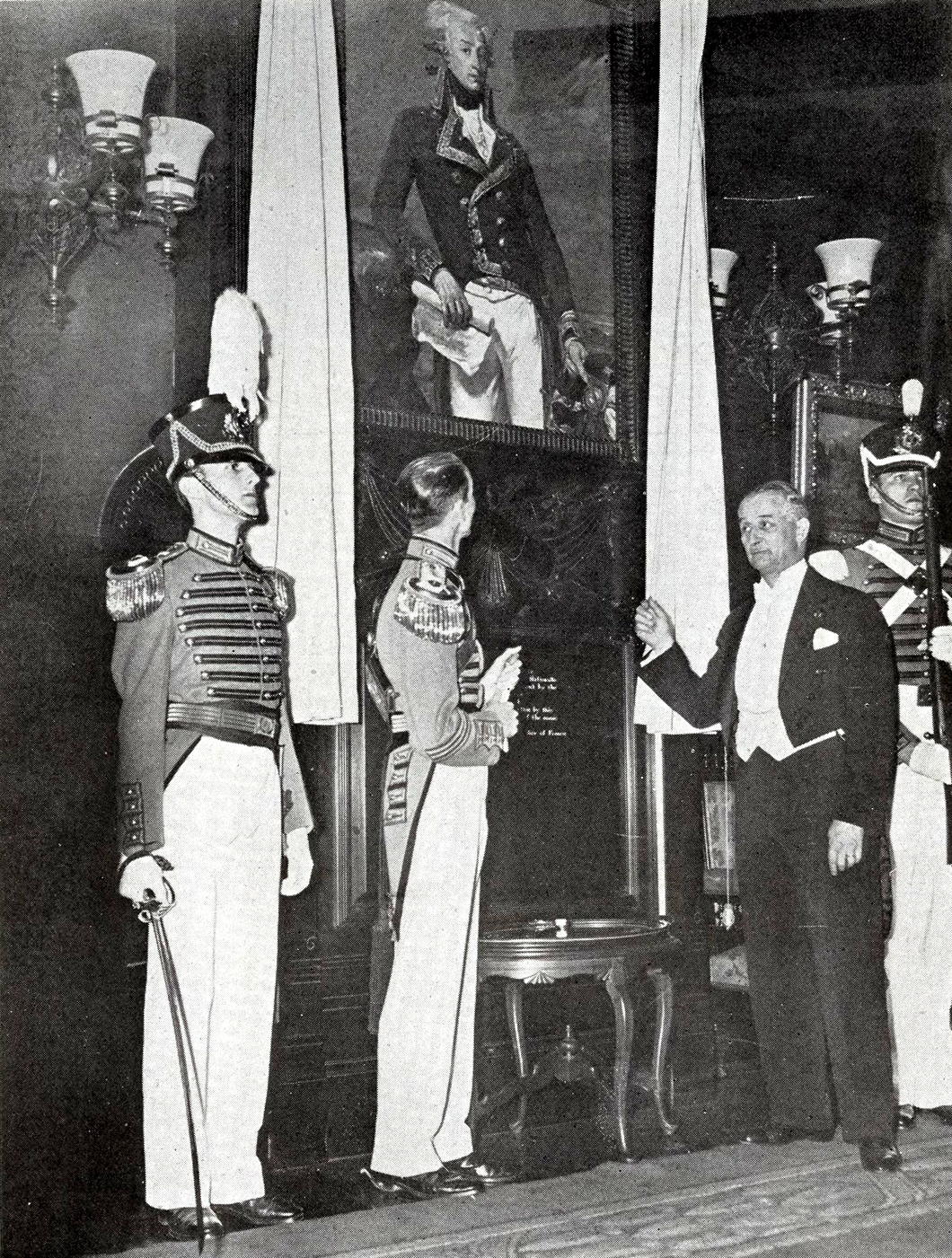
For the first century or so in the history of the United States, there was no more popular Frenchman in America than the Marquis de Lafayette. This nobleman of the Auvergne was an officer in the King’s Musketeers aged 14 and was purchased a captaincy in the Dragoons as a wedding present aged 18 in 1775. Within a year the rebel faction in North America had sent Silas Deane of Groton to Paris as an agent to negotiate support from the French sovereign, but Paris acted cautiously at first.
Lafayette — a young aristocratic freemason and liberal with a head full of Enlightenment ideas — escaped to America in secret and was commissioned a major-general on George Washington’s staff in the last of his teenage years.
Given his relative youth, Lafayette inevitably turned out to be the final survivor of the generals of the Continental Army, and his 1824 trip to the United States solidified his popularity. He visited each of the twenty-four states in the Union at the time, including New York where the predecessor of the Seventh Regiment named itself the National Guards in honour of the Garde nationale Lafayette commanded in France.
This was the first instance of an American militia unit taking the name National Guard, which in 1903 was extended to all of state militia units which could be called upon for federal service.
In honour of this connection and on the centenary of Lafayette’s 1834 death, the French Republic presented the Seventh Regiment with a copy of Joseph-Désiré Court’s portrait of the general that hangs in the 1792 Room of the Palace of Versailles. The Seventh set this in the wall of the Colonel’s Reception Room in their Armory, facing a copy of Peale’s portrait of General Washington.
The privilege of unveiling the portrait went to André Lefebvre de Laboulaye, the French Ambassador to the United States, who was given the honour of a full dress review of the Seventh Regiment on Friday 12 April 1935 before a crowd of three thousand in the Amory’s expansive massive drill hall.
Also present at the occasion was his son François, who eventually in 1977 stepped into his late father’s former role as French Ambassador to the United States. His Beirut-born grandson Stanislas served as French Ambassador to Russia 2006-2008 before being appointed to the Holy See until 2012. In April 2019, Stanislas de Laboulaye was put in charge of raising funds for the rebuilding of Notre-Dame following the fire that devastated the cathedral.
Harlem Reformed Dutch Church
For much of Manhattan’s early colonial history, the island was home to two primary settlements: the port of New Amsterdam (later, from 1664, New York) way down at the southern tip and the town of Harlem up where the East River meets the Harlem River.
Christened after the Dutch city, Harlem is one of Manhattan’s most visible links to the Netherlands. The local newspaper is even called the New York Amsterdam News, once a prominent voice in Black America given this neighbourhood became predominantly African-American in the early twentieth century, and Amsterdam Avenue runs up as the spine of West Harlem.

Harlem was founded in 1658, thirty-four years after New Amsterdam was founded and thirty-two since Peter Minuit bought the whole island of Mannahatta off the Indians for sixty guilders.
The town’s first church was founded in 1660 but didn’t have its own dedicated building for a few years. The Harlem Reformed Dutch Church, or Collegiate Church of Harlem, was built in 1665-67 right on the banks of the Harlem River, around the site of East 127th Street and First Avenue today.
Both the building and site was abandoned twenty years later when the congregation moved to its second building, completed 1687, just a little bit further south — near where East 125th meets First Avenue, or where the entrance ramp to the Triborough Bridge meets 125th.
It is this second building, which is depicted in the view above of Harlem village from Morissania across the river in the Bronx in 1765 (below).
Mistranslating Apostates
ONE OF THE historical anecdotes I enjoyed being taught at school was the death of the Emperor Julian the Apostate — as relayed by our much-esteemed teacher Dr Nathaniel Kernell. This was in the Christian era with the capital at Constantinople rather than the Eternal City itself — Julian had (as betokened by his moniker) abandoned Christianity aged 20 and sought to frustrate its spread.
He wanted to promote the old Greek gods, dabbled in vegetarianism, and even tried to rebuild the Temple of Jerusalem. Mysterious fires consumed the workers tasked with that final project and it is presumed many Jews didn’t want to be dragged into the Emperor’s political project the animus of which was opposition to Christianity rather than promotion of Judaism.
Anyhow, none of Julian’s projects came to much fruition and as he lay dying from an injury in battle, the apostate emperor realised the futility of his life’s work with his final words: νενίκηκάς με, Γαλιλαῖε, or ‘Thou hast defeated me, Galilean!’
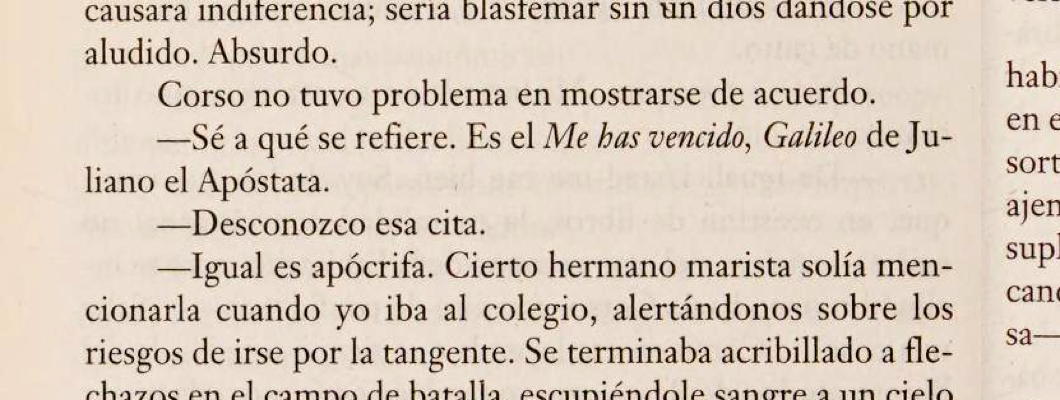
At the moment I am reading a book by Arturo Pérez-Reverte and stumbled across a mistranslation from the Spanish that would have been avoided if only the translator had enjoyed the privilege of being taught by Dr Kernell.
It turns out that the Spanish word for ‘Galilean’ is ‘Galileo’. Pérez-Reverte’s translator, alas, failed to understand one of the characters reference to Julian’s final words and mistook Christ our Saviour for an Italian astronomer, mistranslating the phrase as “You have defeated me, Galileo”.
Worth a wry smile, given the solid 1,200-year gap between the death of Julian the Apostate and the birth of Galileo Galilei.

The Dumas Club is a delightfully weird and intriguing tale, though, and I look forward to reading more by Pérez-Reverte — no matter who the translator is.
The Sultan Nazrin Shah Centre
Níall McLaughlin Architects at Worcester College, Oxford
WORCESTER is one of the most spacious and scenic of Oxford’s colleges. The classical symmetry of its entrance terminates the view down the gentle curve of Beaumont Street from the Ashmolean Museum. The twenty-six acres of its grounds are pastoral, with lake, gardens, and the broad expanse of a cricket pitch.
Craftily inserted into this arcadia is the Sultan Nazrin Shah Centre designed by Níall McLaughlin Architects. Collegiate work is familiar to this firm, whose new library at Magdalene College, Cambridge, has won them this year’s Stirling Prize, and the Shah Centre provides new useful facilities for the college without giving it the middle finger.
It is named in gratitude to the generosity of an old boy of the college, HRH Nazrin Ali Shah of Perak, who delights in the title of Sultan, Sovereign Ruler, and Head of the Government of Perak, the Abode of Grace, and its dependencies. Judging by the outcome — itself shortlisted for a Stirling Prize in 2018 — I think he spent his money well.
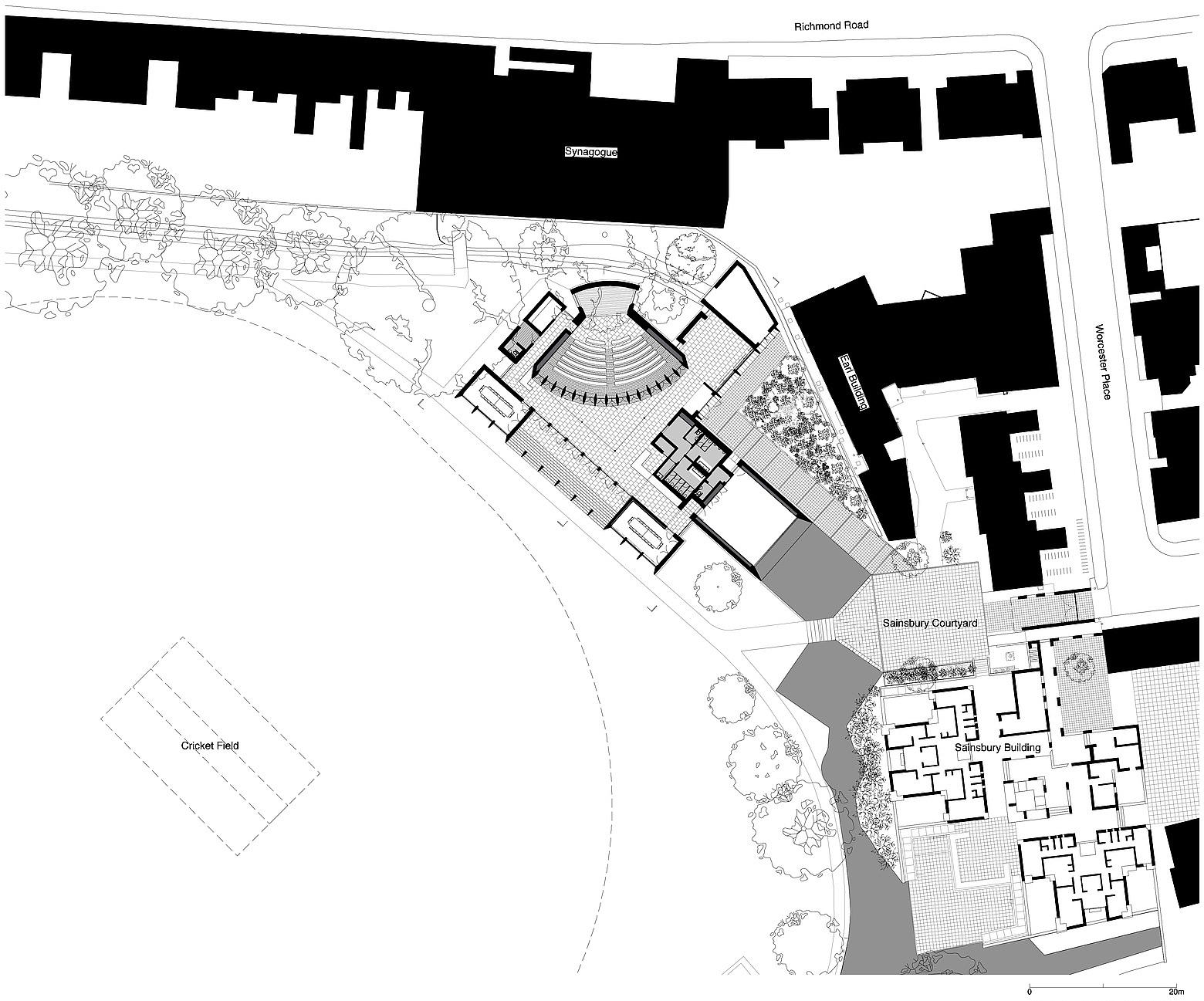
Tempting though it might be to have a gentle wander through the grounds of the college first, the Shah Centre is best approached through the humble entrance lodge nestled in the corner of the L-shaped Worcester Place north of the college.
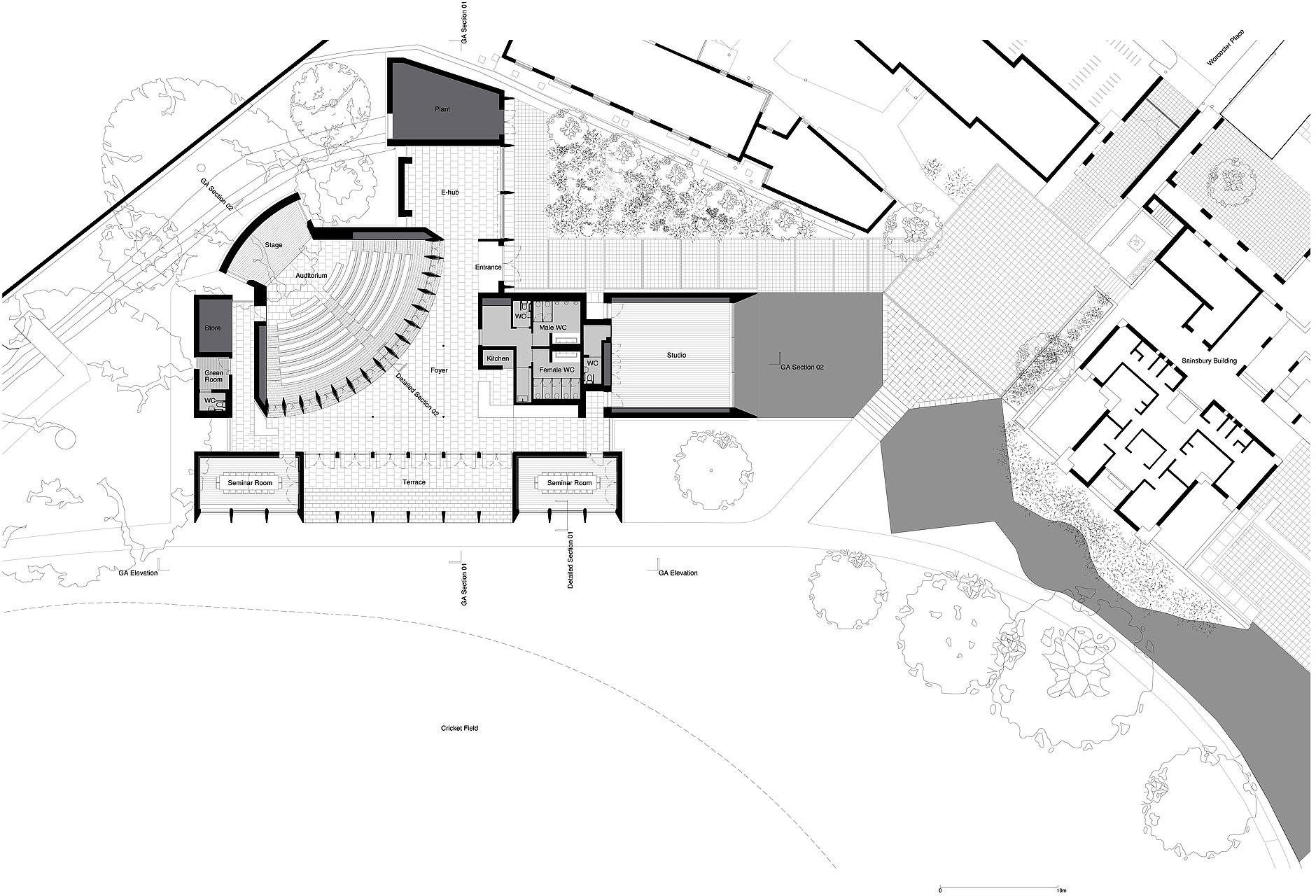
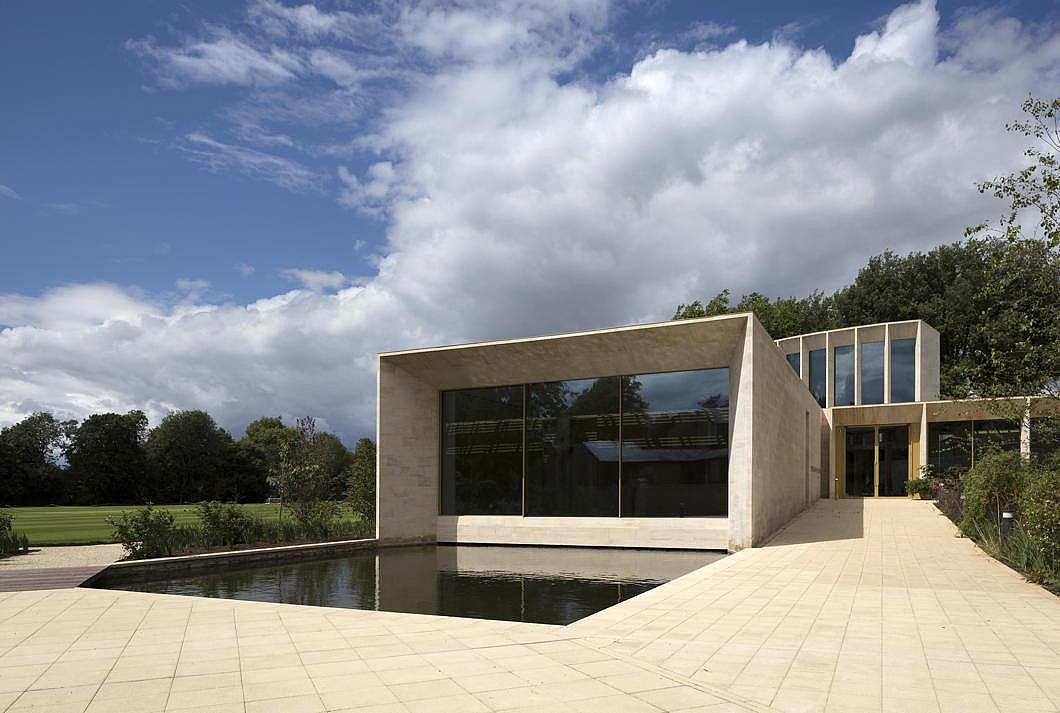
You are led to a little piazza — the Sainsbury Courtyard — framed by a pair of just-below-foot-level diamond-shaped shallow ponds of Kahn-ian geometry. (They are actually a tiny extension of the college lake.) The broad expanse of cricket pitch beyond, connected by a flat wooden bridge segmenting the two diamond ponds, is alluring. But off at a 45-degree-angle on the right, the entrance to the Shah Centre bids the visitor on.
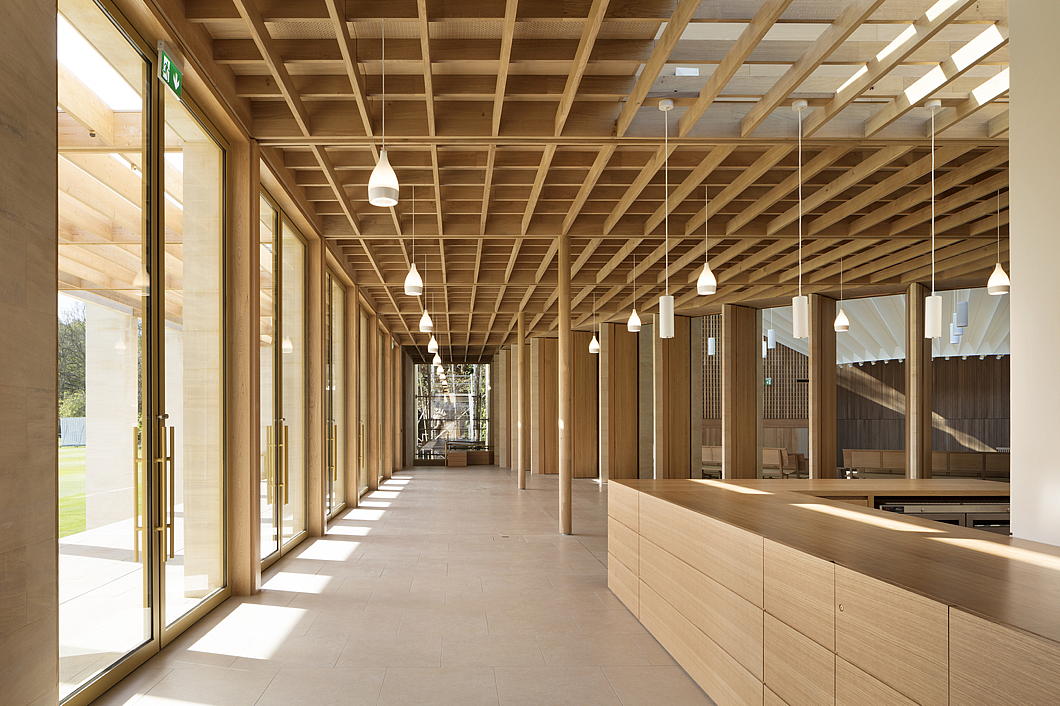
Beyond the limestone cladding you move indoors to a sea of light-treated oak, in the thin supporting columns of the one-storey entrance hall curving around the arc of the lecture theatre and in the trelliswork ceiling.

To the left, the dance studio looks out onto the pools through three giant panes of floor-to-ceiling glass.
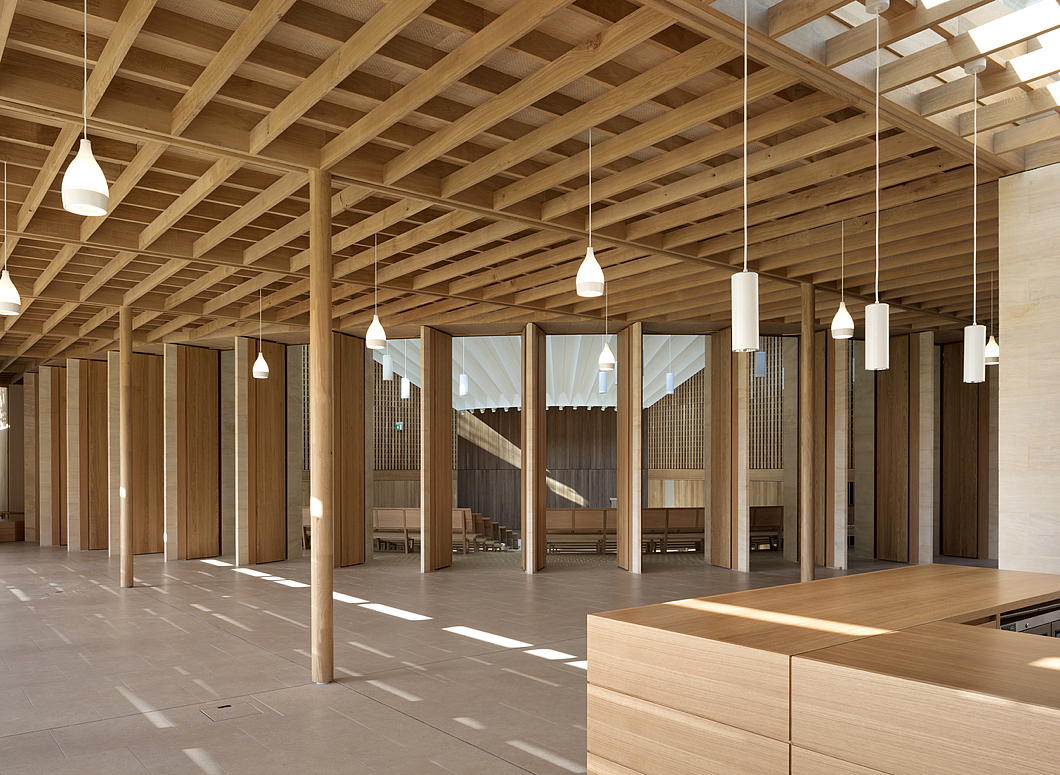
To the right, a small bar can double as a registration desk.
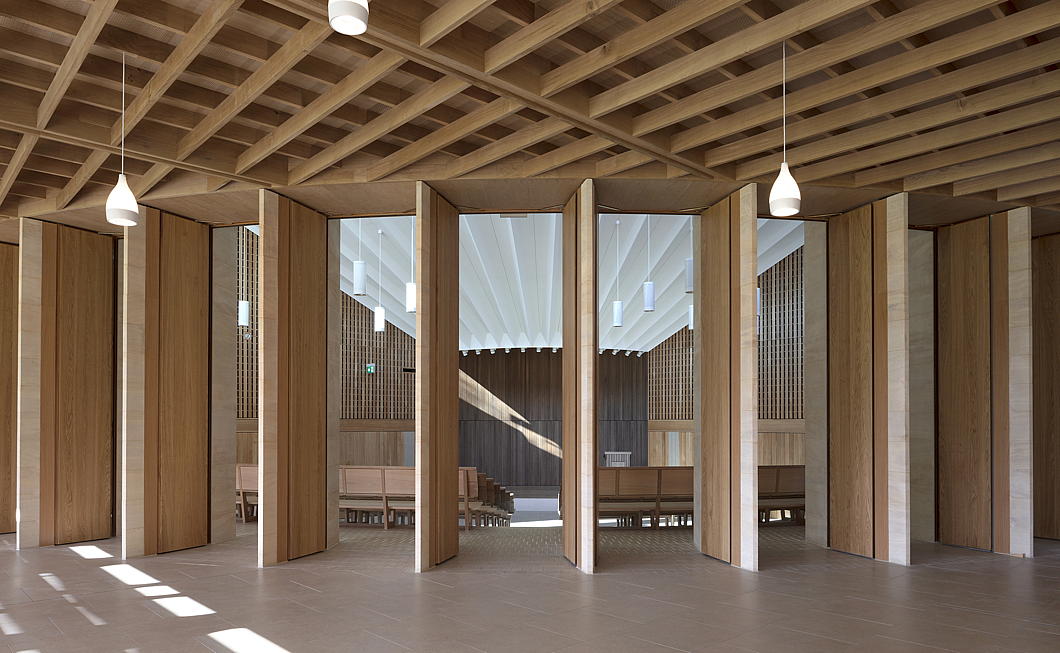
The lecture theatre seats 170 and is accessed through a curve of wooden slats that hide panels that can swing out if closing the space is necessary.
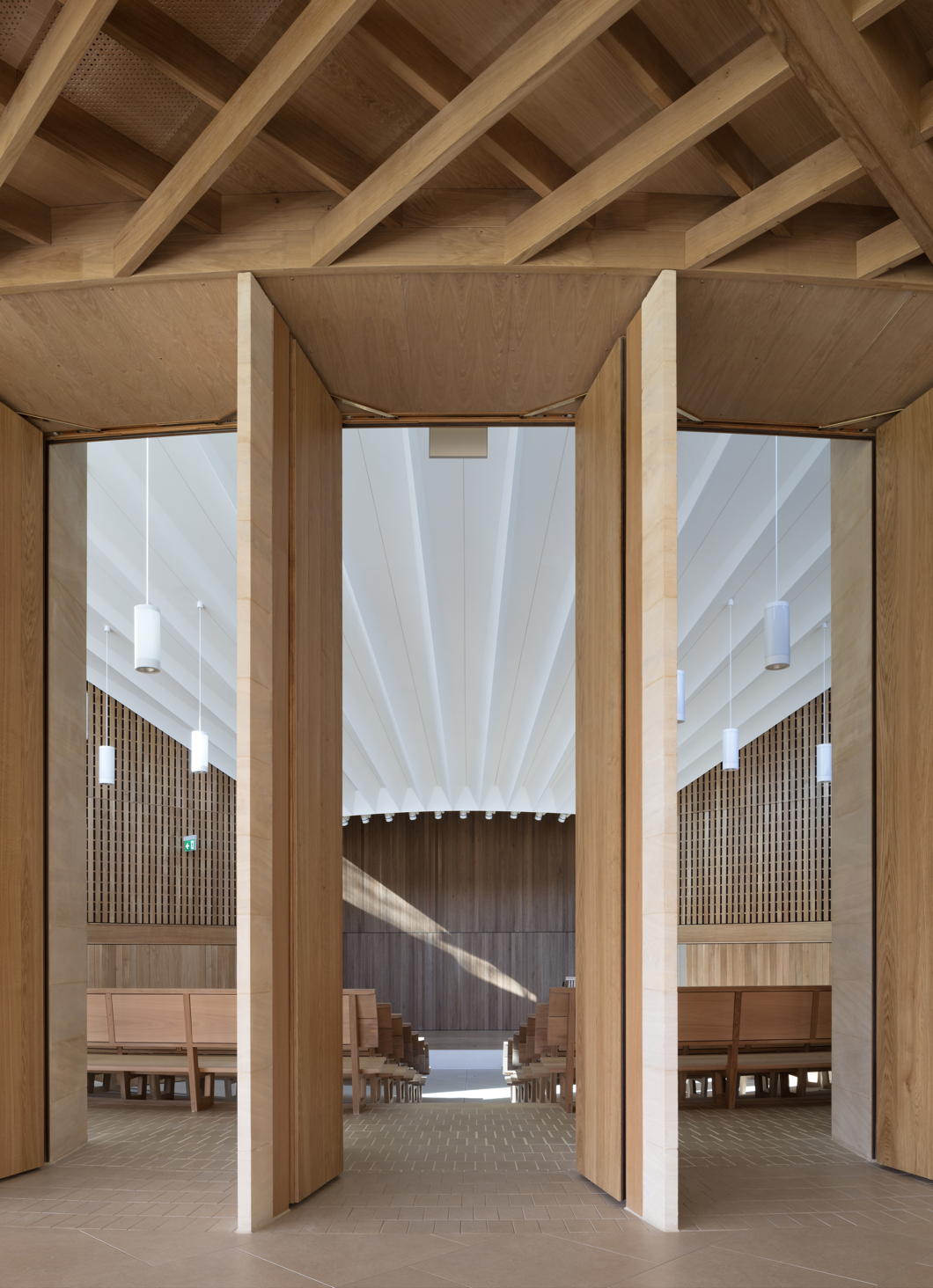
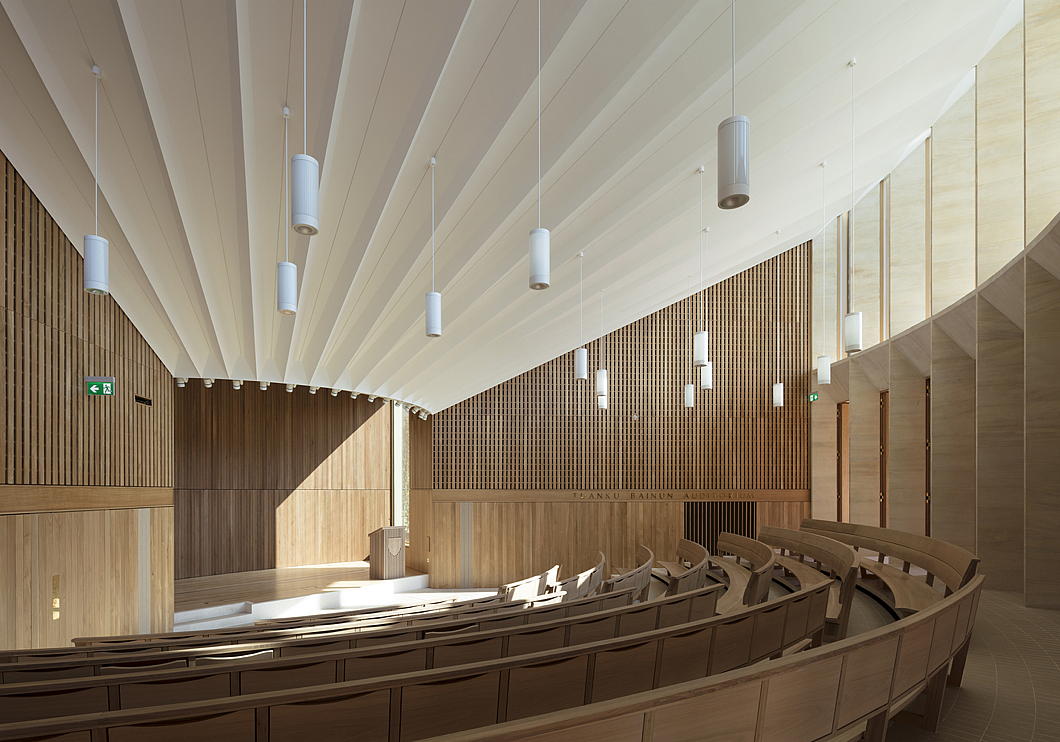
Auditoria with ceilings sloping down toward the stage usually feel cramped but here the ceiling is arranged in sharp corrugations (like the flanges of the Gonbad-e Qabus) which capture the light from the clerestory behind.
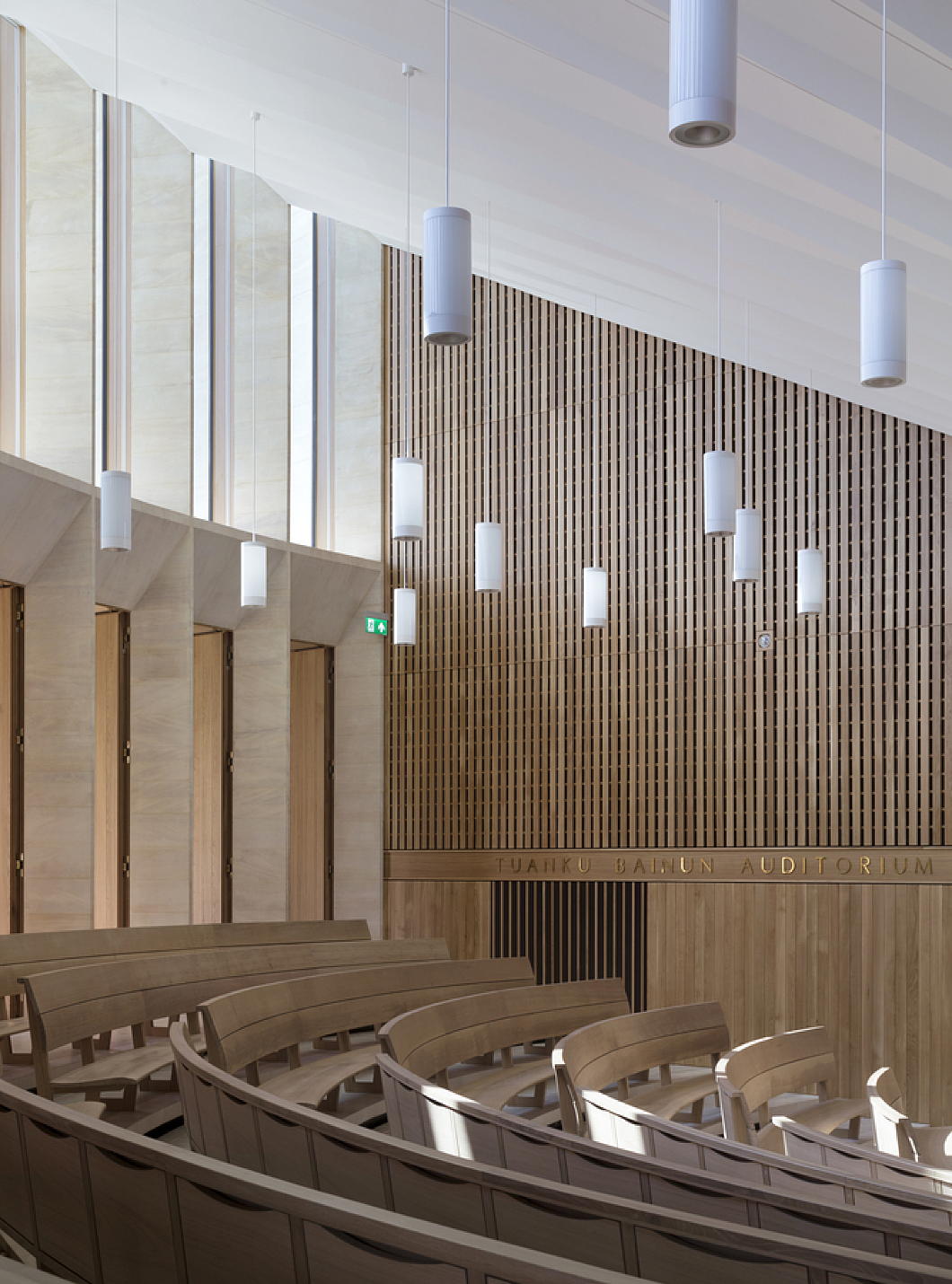
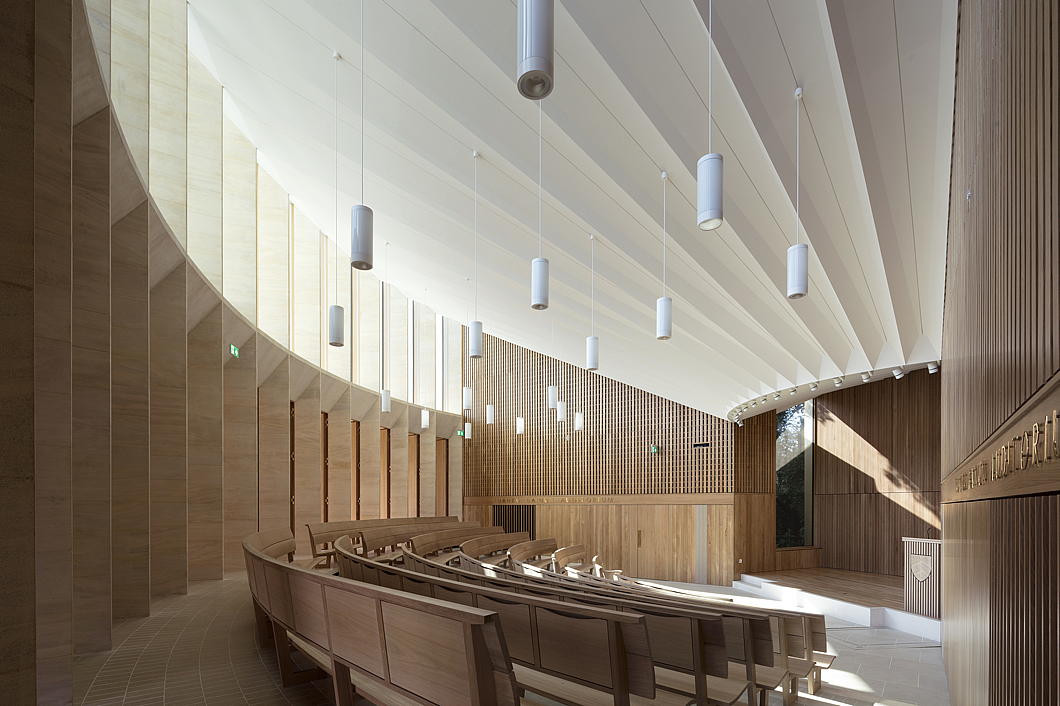
The feeling is one of spaciousness: rather than facing downwards they are like rays of the sun reaching outwards and up. Instead of wings offstage, there are tall windows of a single sheet of glass flanking, offering natural side light.
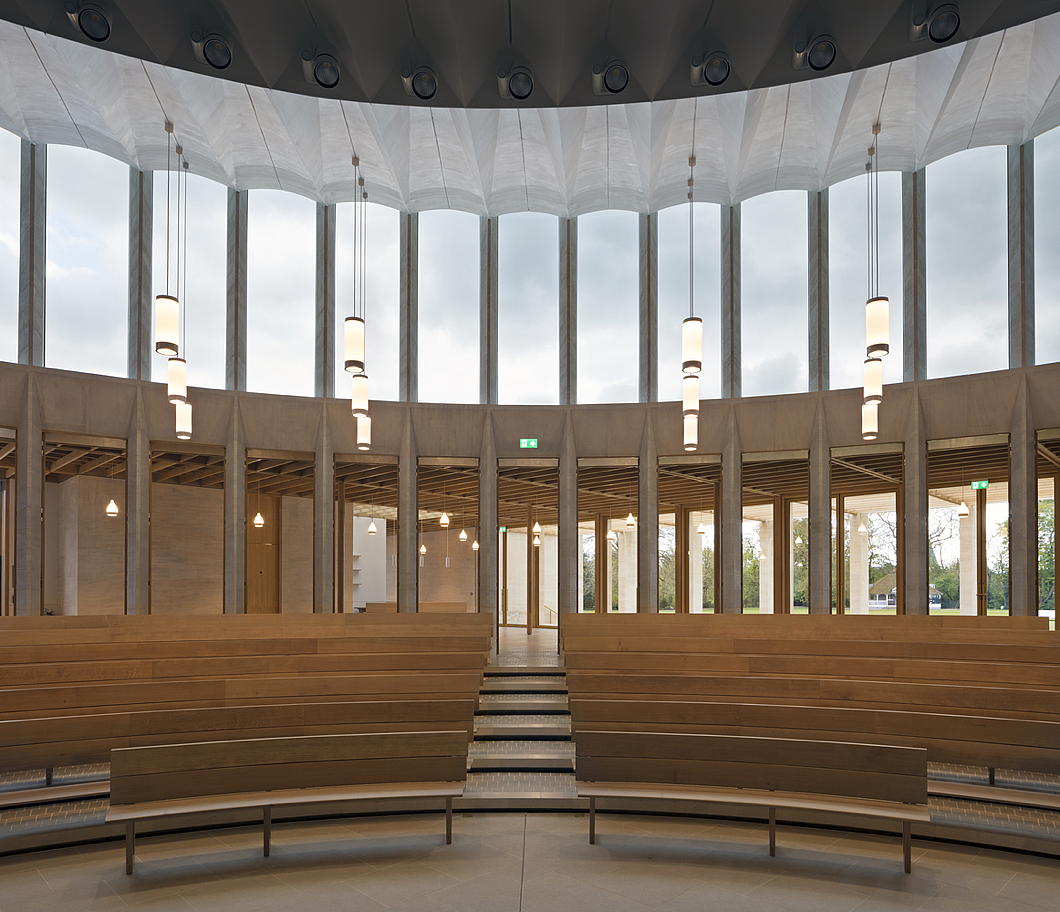
The view from the stage is even better, looking out at the gentle curve of clear windows breaking at near-half-way, dividing the anterior spaces below from the open skies above.
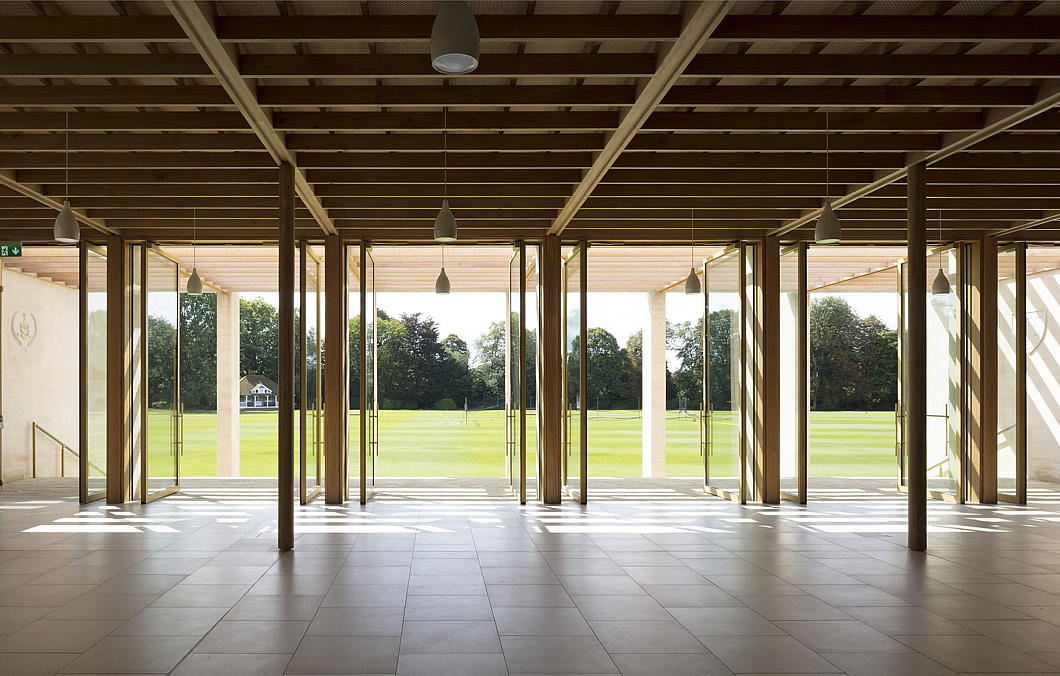
Straight out from the auditorium is the terrace with its steps flowing gently down to the field beyond.
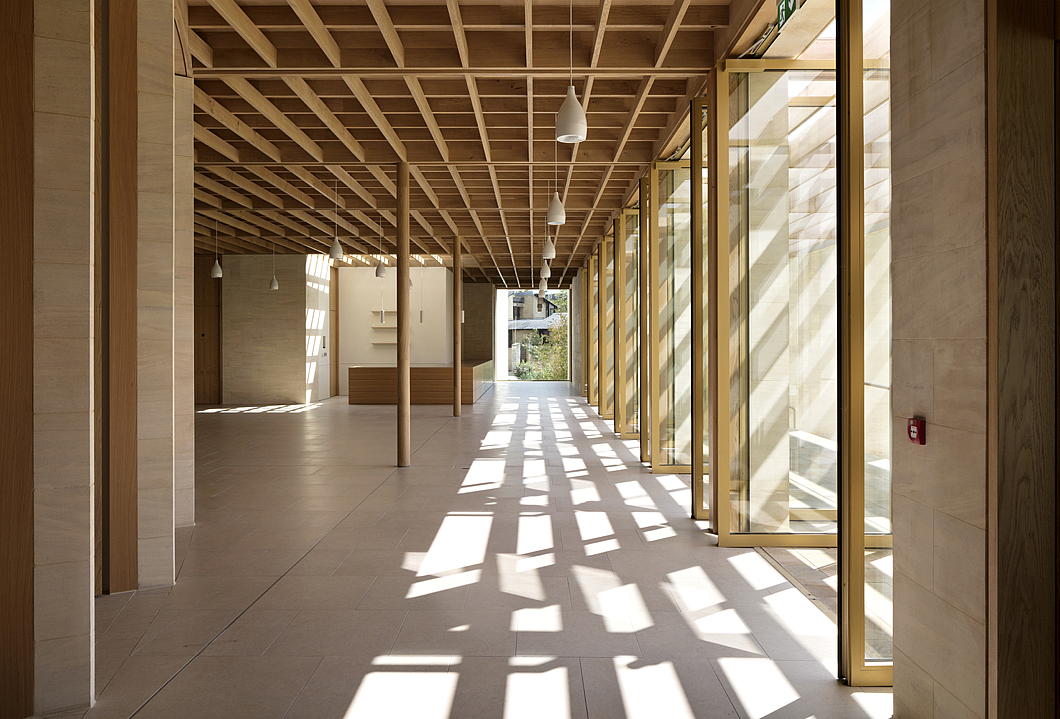
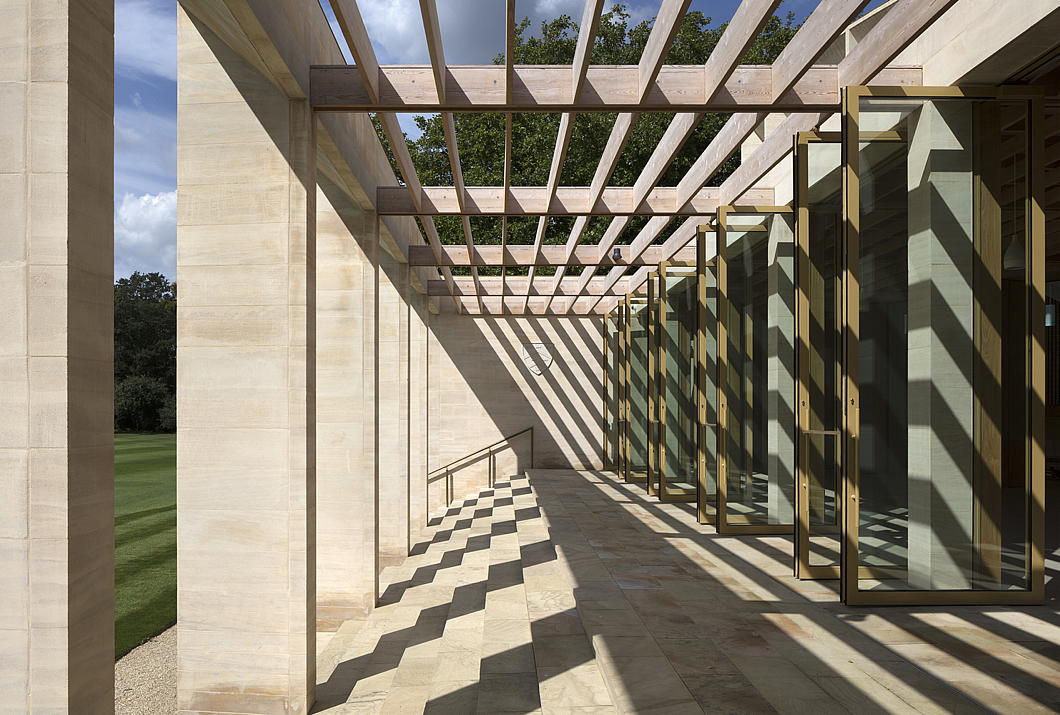
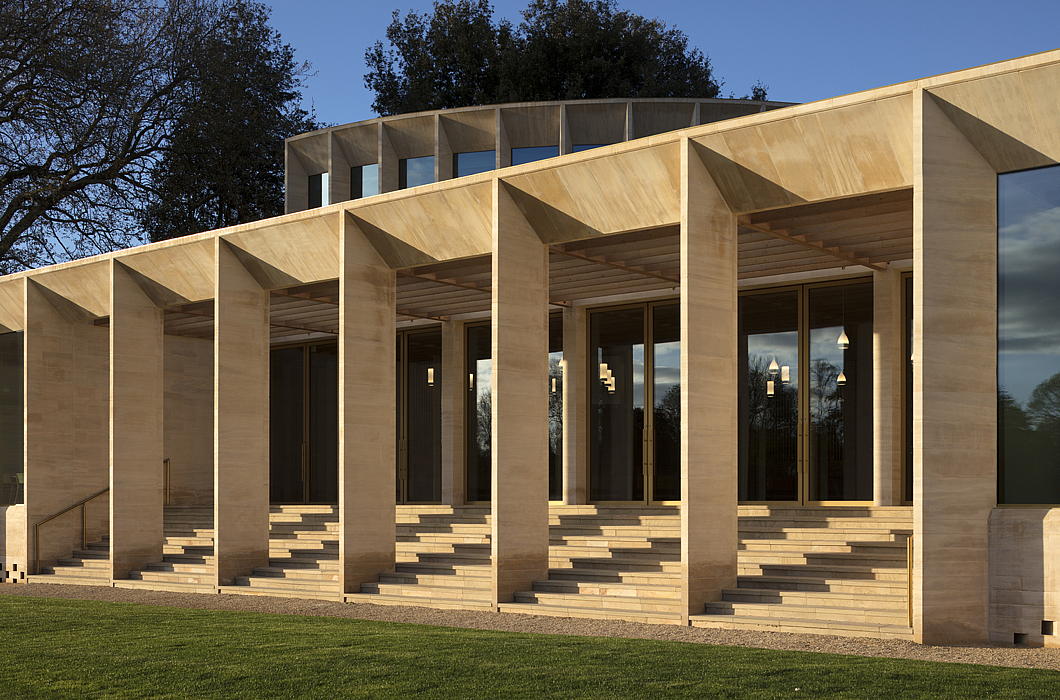
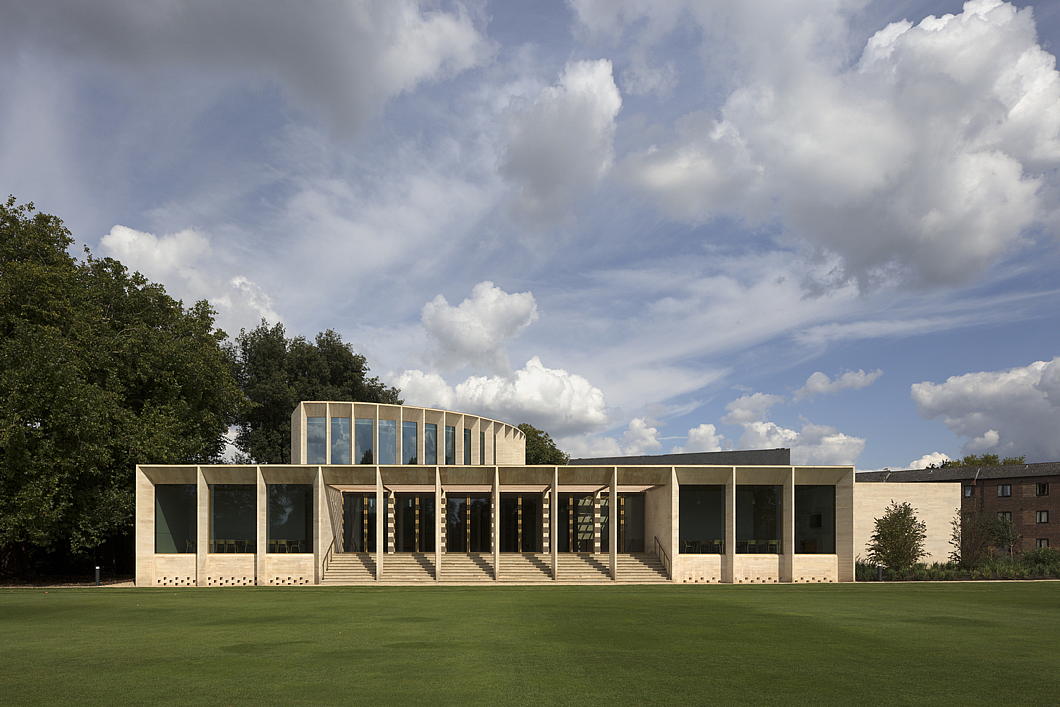
It is from the cricket ground that we get the best view of the Shah Centre. The lines are elegant, and there’s a hint of the better architects from Italy’s fascist era — Pagano or Terragni, not Piacentini. The easy movement of space and light, with a gentle breeze rolling off the green.
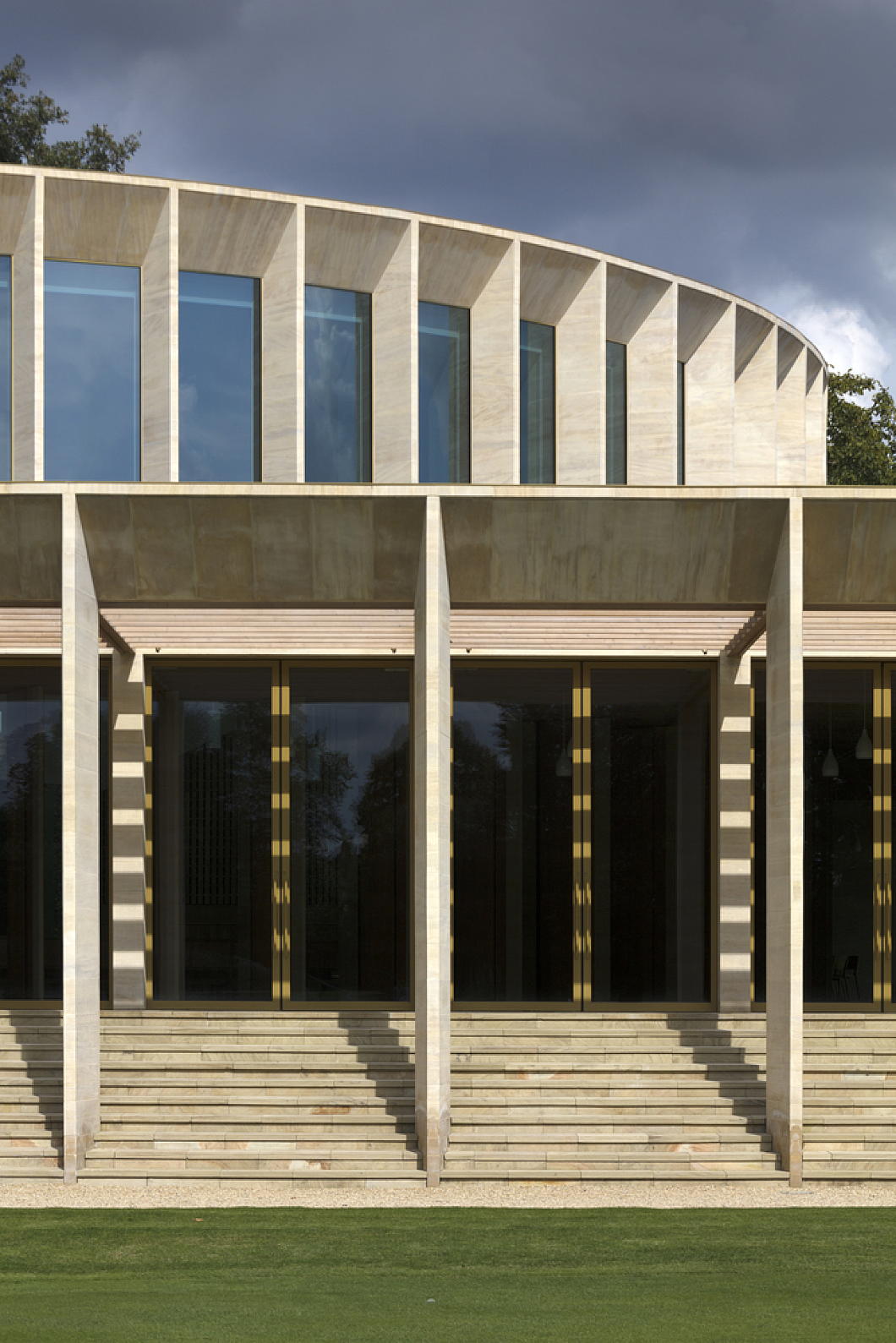
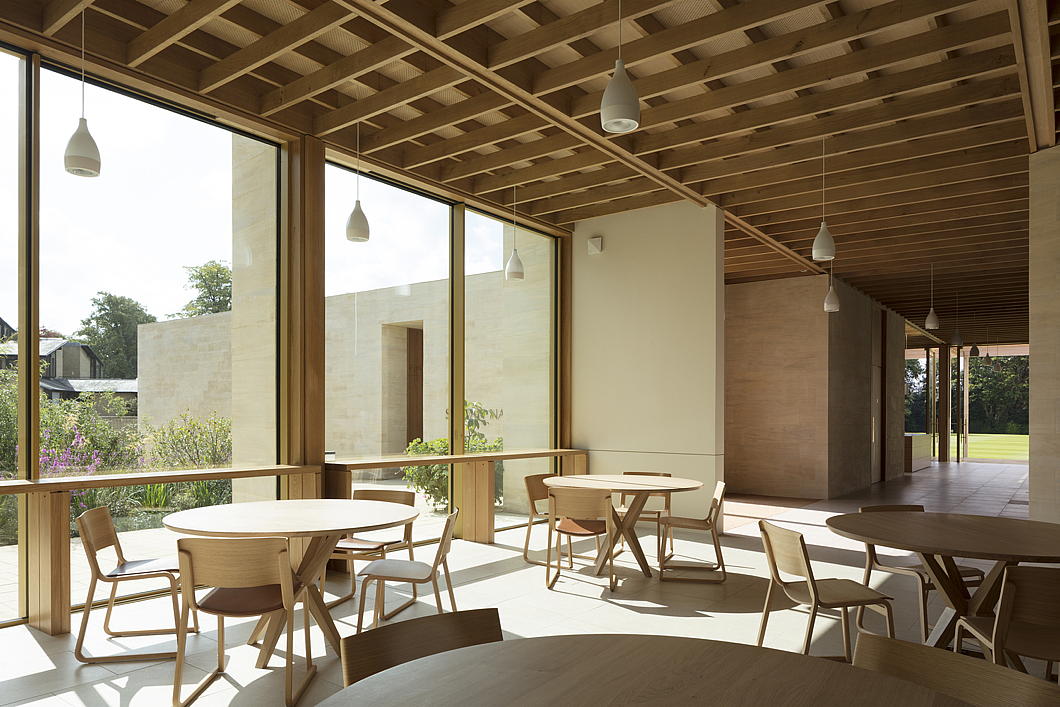
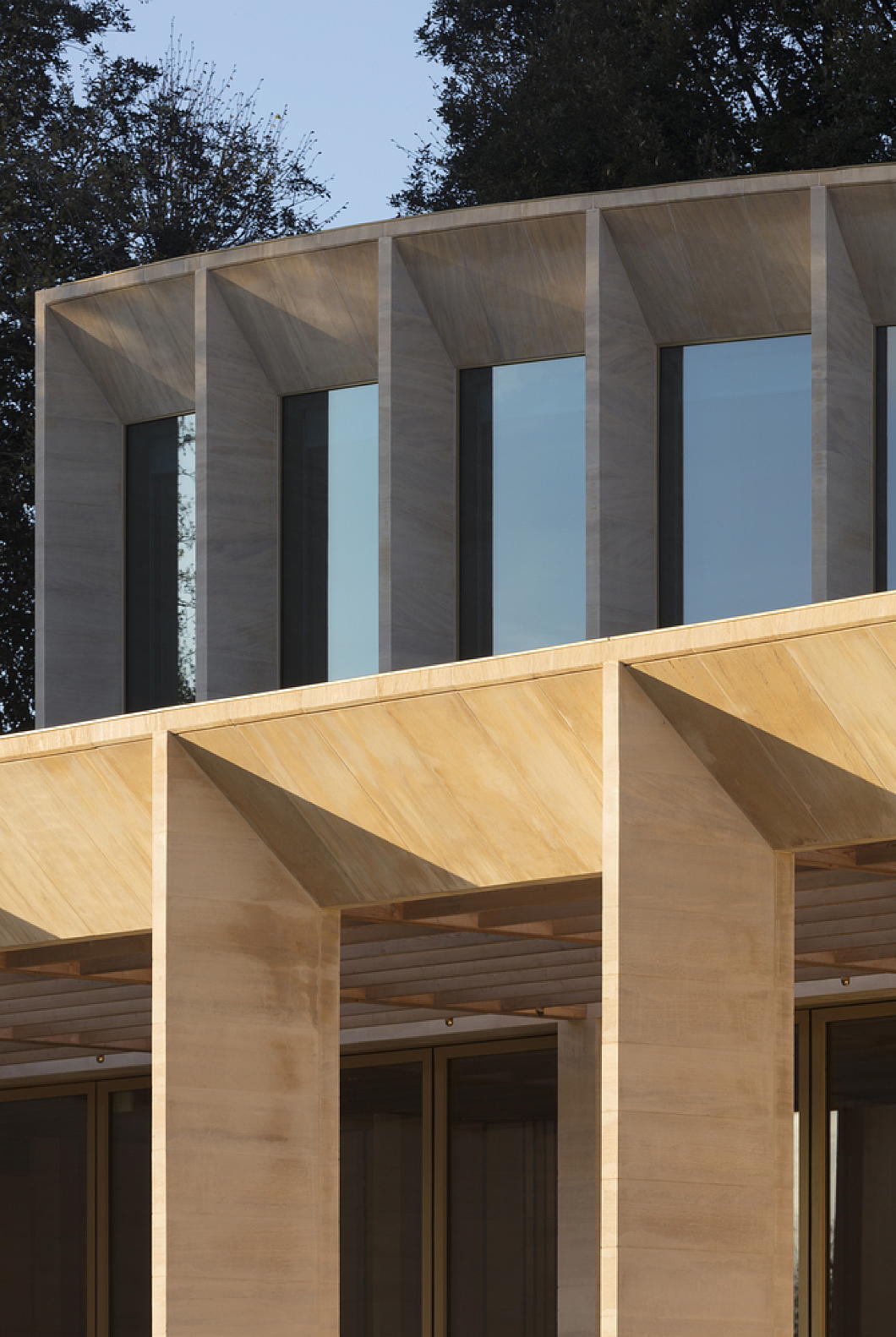
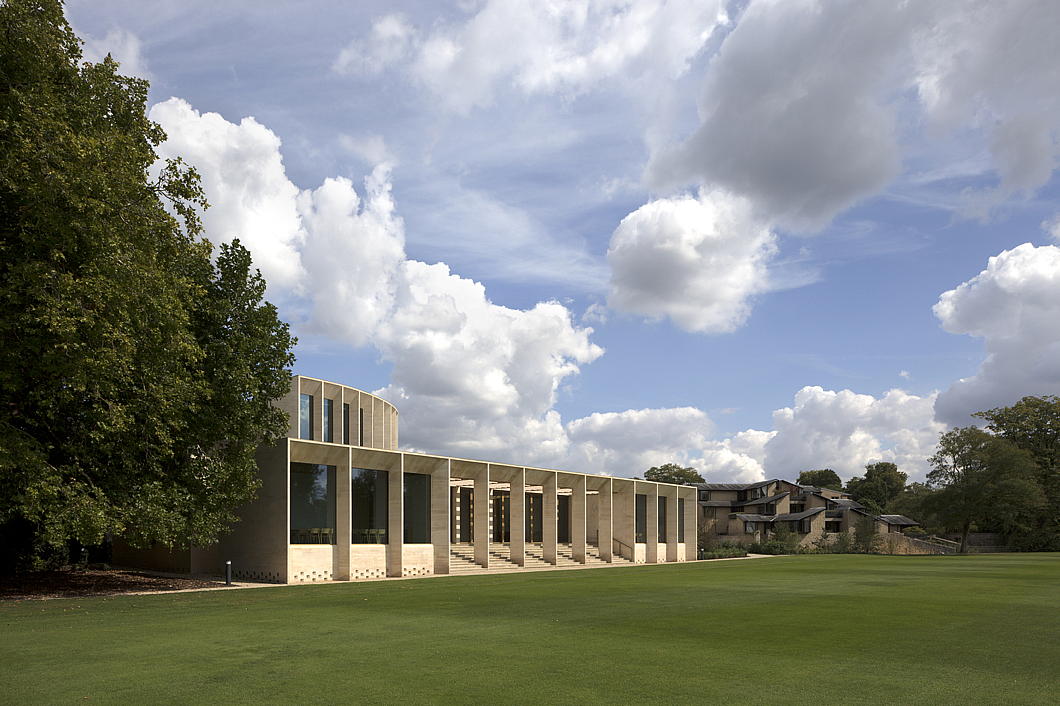
The architectural genius of the Oxford college as a type is that it allows for the magnificent to be completed on a humane scale for an intimate community of students, scholars, and academics. Níall McLoughlin’s skill at achieving this in a modern idiom is what makes the accolades he accrues — fickle gifts at the best of times — so justified in his case.
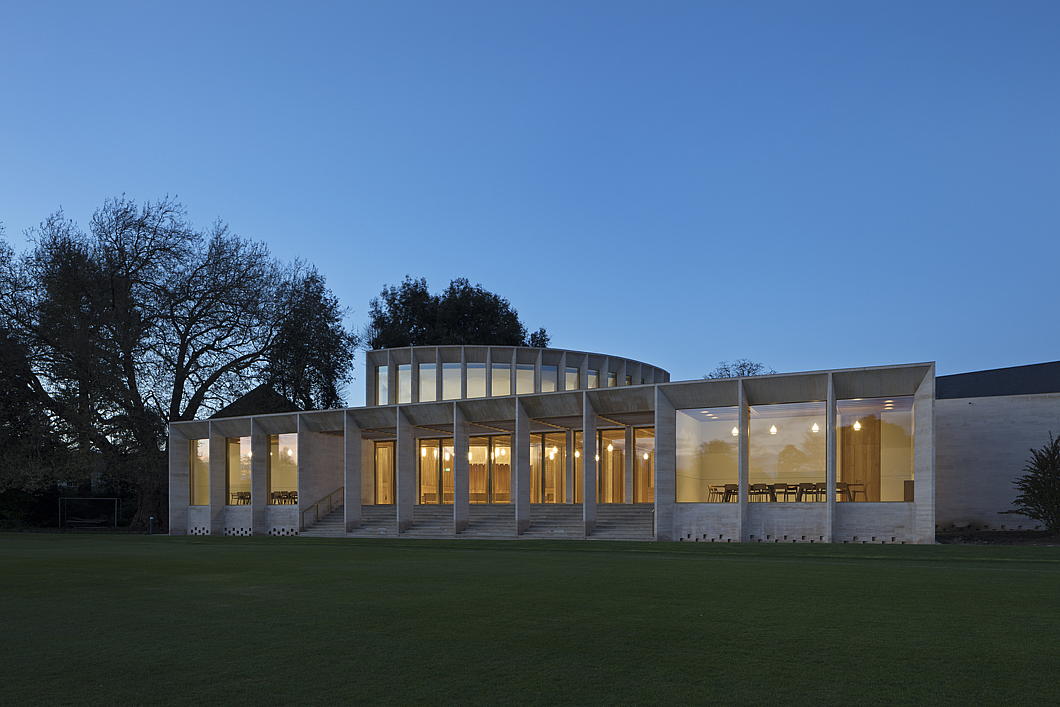
The Situation in the Far East
A century-old geopolitical cartoon is updated for today
Tse Tsan-tai — or 謝纘泰 if you fancy — was by any standard a remarkable man. Born in New South Wales, this Chinese-Australian Christian was a colonial bureaucrat, nationalist revolutionary, constitutional monarchist, pioneer of airship theory, and co-founded the South China Morning Post — still one of the most prominent newspapers in the Orient.
Tse’s most important visual contribution was a widely distributed political cartoon usually known in English as ‘The Situation in the Far East’ or in Chinese as the ‘Picture of Current Times’ (below).

Crafted as a propaganda measure to warn his fellow Chinese of the designs of foreign powers, the cartoon depicts the perils facing the Middle Kingdom.
Japan, with its expanding navy, proclaims it will watch the seas with its ally, Great Britain. The Russian bear looms from Siberia, crossing the border into China. A British lion sprawls over the land, its tail tied up by the “German Sausage Ambitions” at Tsingtao. The French frog guards Indochina while the American eagle lurks from the Philippines.
Meanwhile, the Chinese figures show sleeping bureaucrats and carousing intelligentsia unresponsive to the external threats.

Now the exiled Hong Kong artist Ah To (阿塗) has updated ‘Situation’ to reflect the realities of 2022. (more…)
An East Indiaman
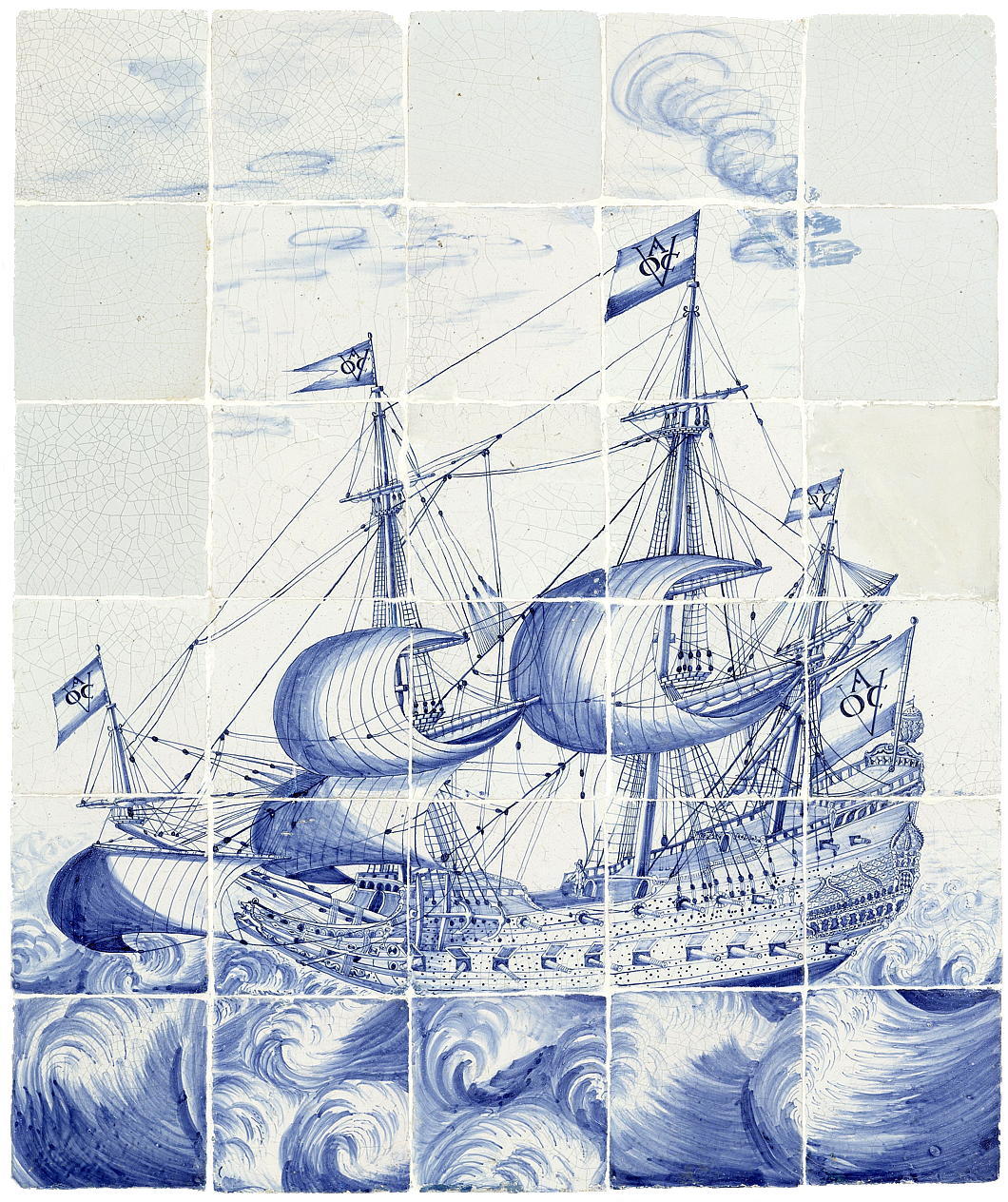
English sea-goers and merchants commonly referred to any ship of the Dutch VOC (or of other similar companies) as an ‘East Indiaman’.

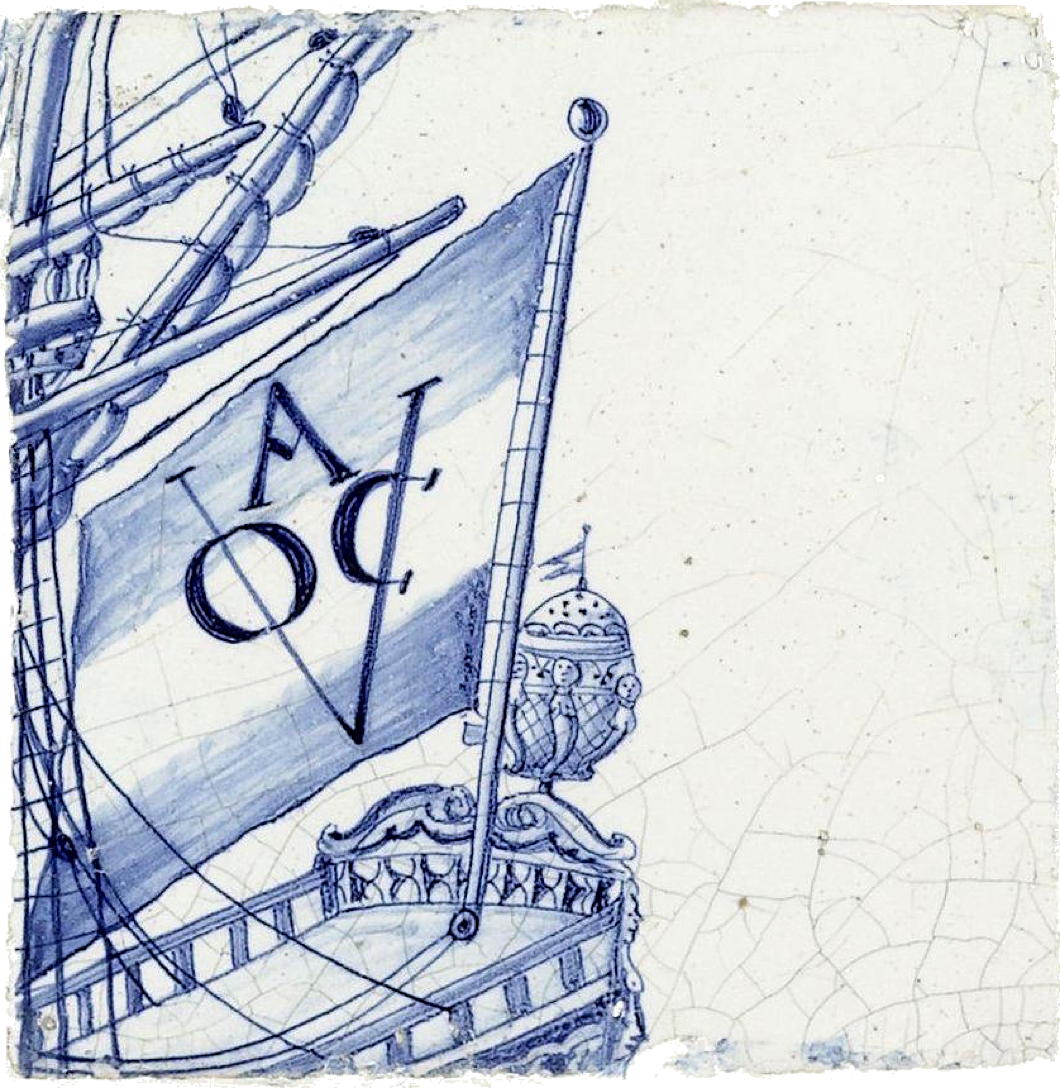
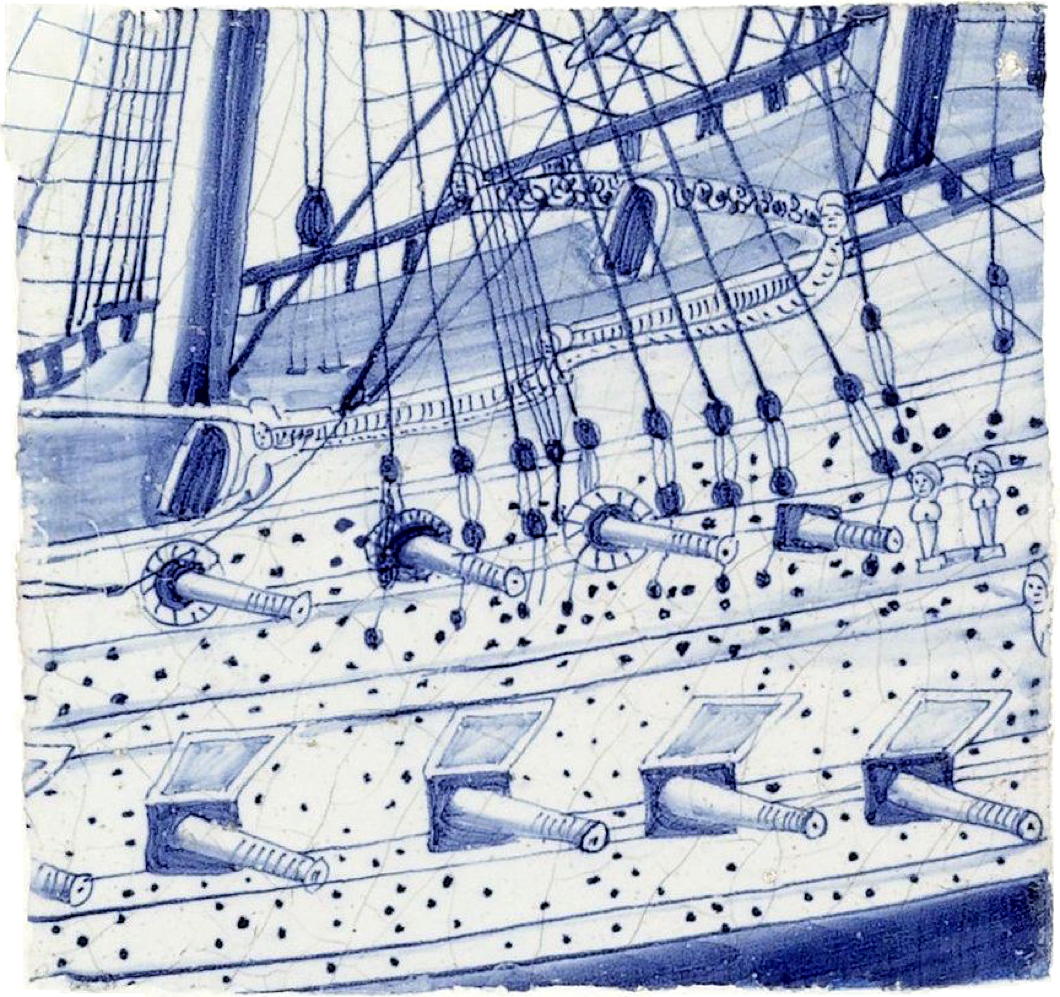
Cypher Shift

Out with the old, in with the new: the King has released his new royal cypher, with a stylised CR III replacing the familiar EIIR. As with so many things, I am sure we will get used to it with time.
Given the longevity of the late Queen’s reign it will be some time before we see it appearing on pillarboxes, but it will enter our lives more quickly via postal franking, stamps, currency, and uniforms.
Many are trying to come up with complex, almost mystical, explanations for why St Edward’s Crown has been replaced with the Tudor crown atop the cypher. More likely, I suspect, is that it is a useful means of giving the new reign a respectful visual differentiation from its preceding one.

I’ve always been rather fond of the Tudor crown, and the Caledonian version of the new cypher rightly includes the Crown of Scotland — the oldest amidst the Crown Jewels of this realm as (unlike England) Scotland was spared the iconoclastic destruction of Cromwell’s republic.

The new royal cypher, left, and its Scottish variant, right.
Bonnington Square
This little enclave is one of the best-kept secrets of London. I used to live just around the corner from Bonnington Square and walking into it was like entering a secret world.
Just steps from the gritty urban world of the Vauxhall gyratory there is a verdant realm where a good coffee can be had and where many neighbours actually know eachothers’ names.
Built to house railway workers, the whole square was compulsorily purchased by that archetype of grim 1970s misery, the Inner London Education Authority, to be demolished as a sports ground for the neighbouring school.
Within a decade, however, no demolition had been approved and the squatters had moved in — in this case organising a cooperative, building a community garden, and running a shop. They managed to negotiate the purchase of their homes from the Greater London Council and Bonnington Square was saved.
Gardeners have turned its streets into one of the most lushly verdant corners of central London, and now this five-bedroom house is up for grabs. If you have £1.9 mil going spare it would be a nice place to live.
For an ardent sun-lover like me the roof terrace — with barbecue artfully inserted into the old chimney breast — is the best feature, along with the proximity to the excellent Italo Deli.






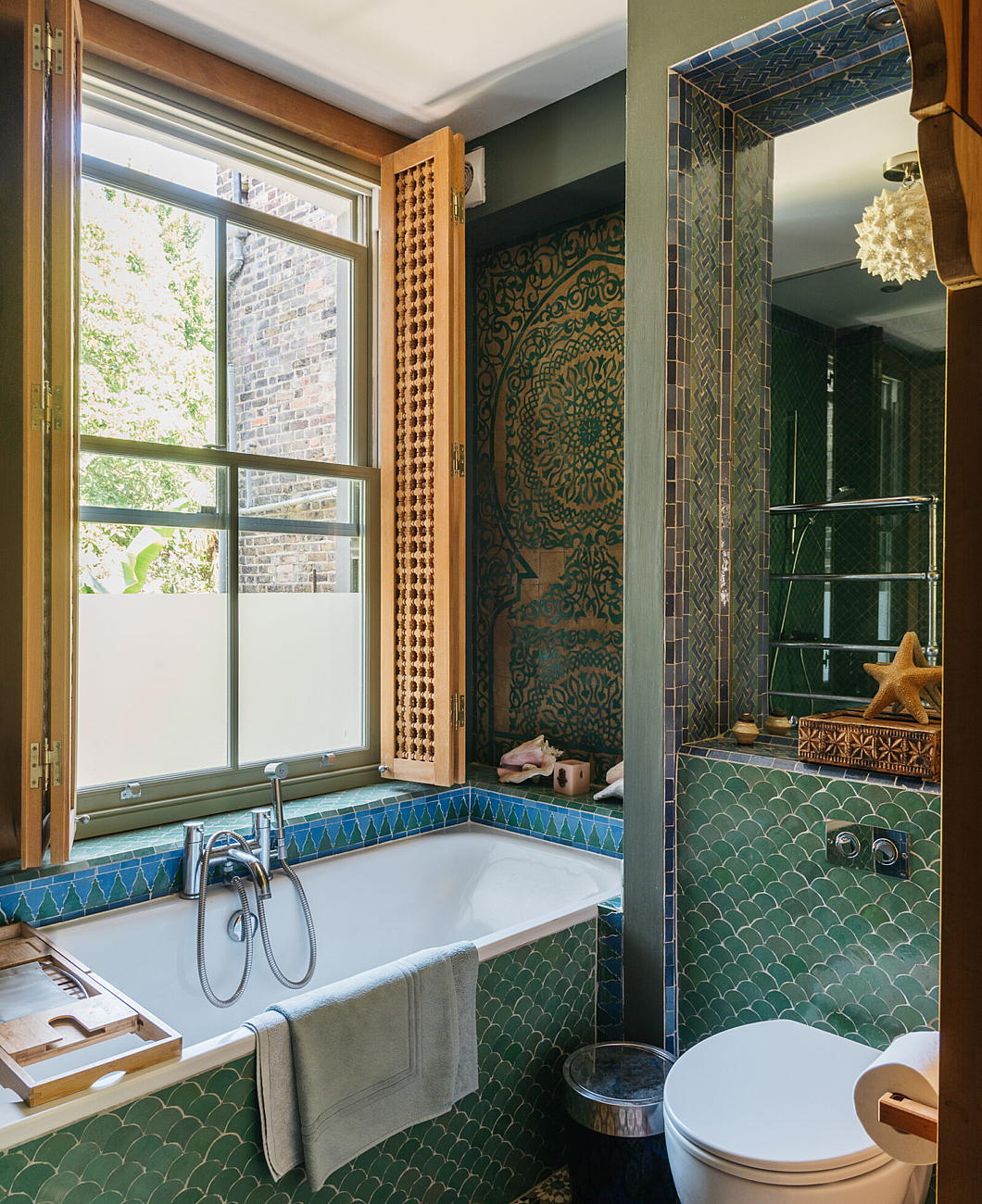
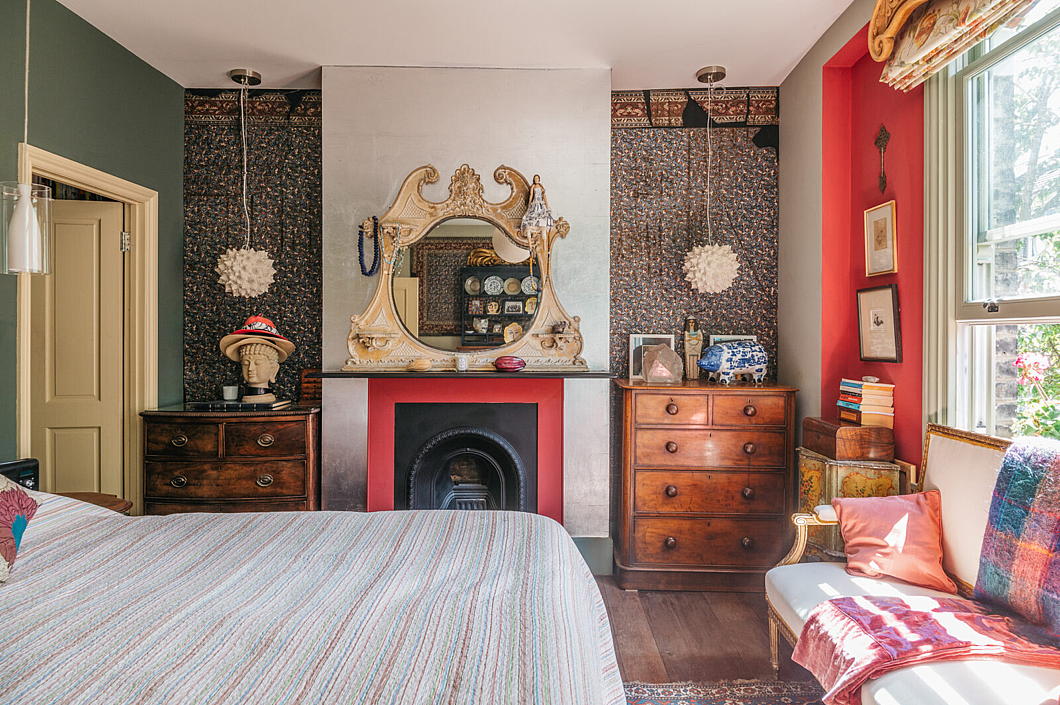

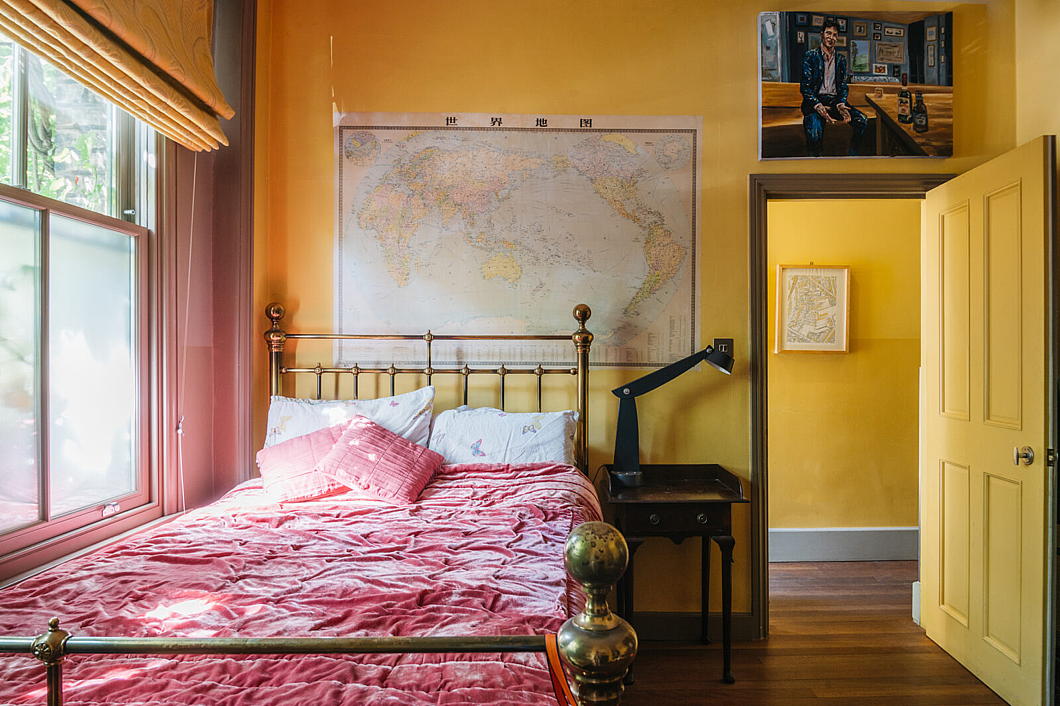

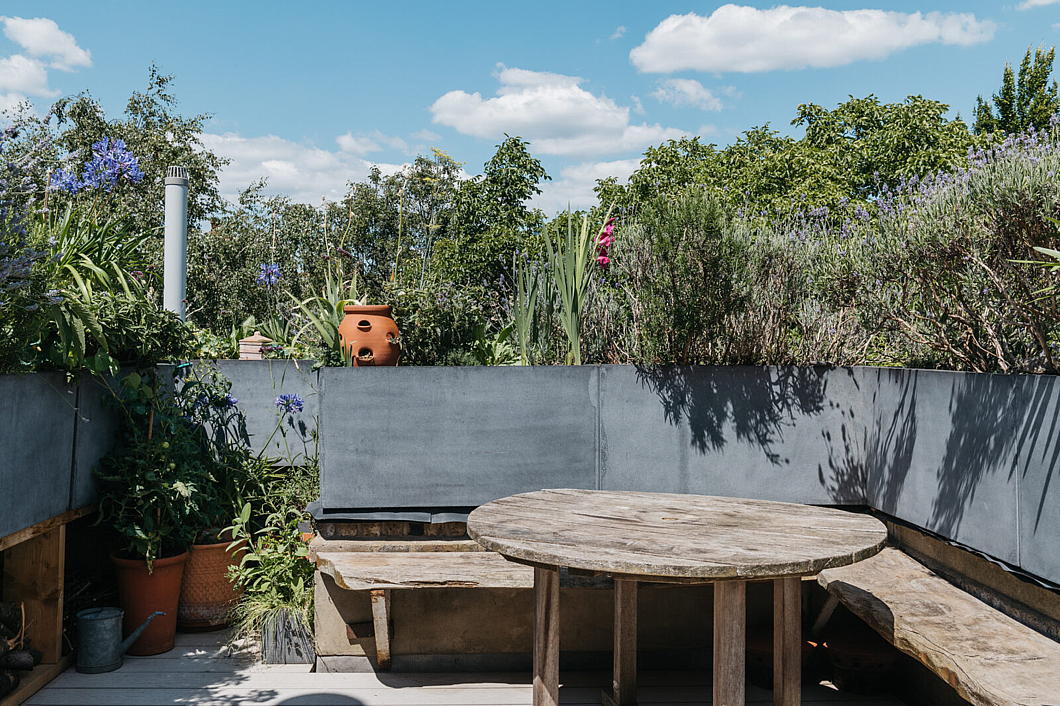
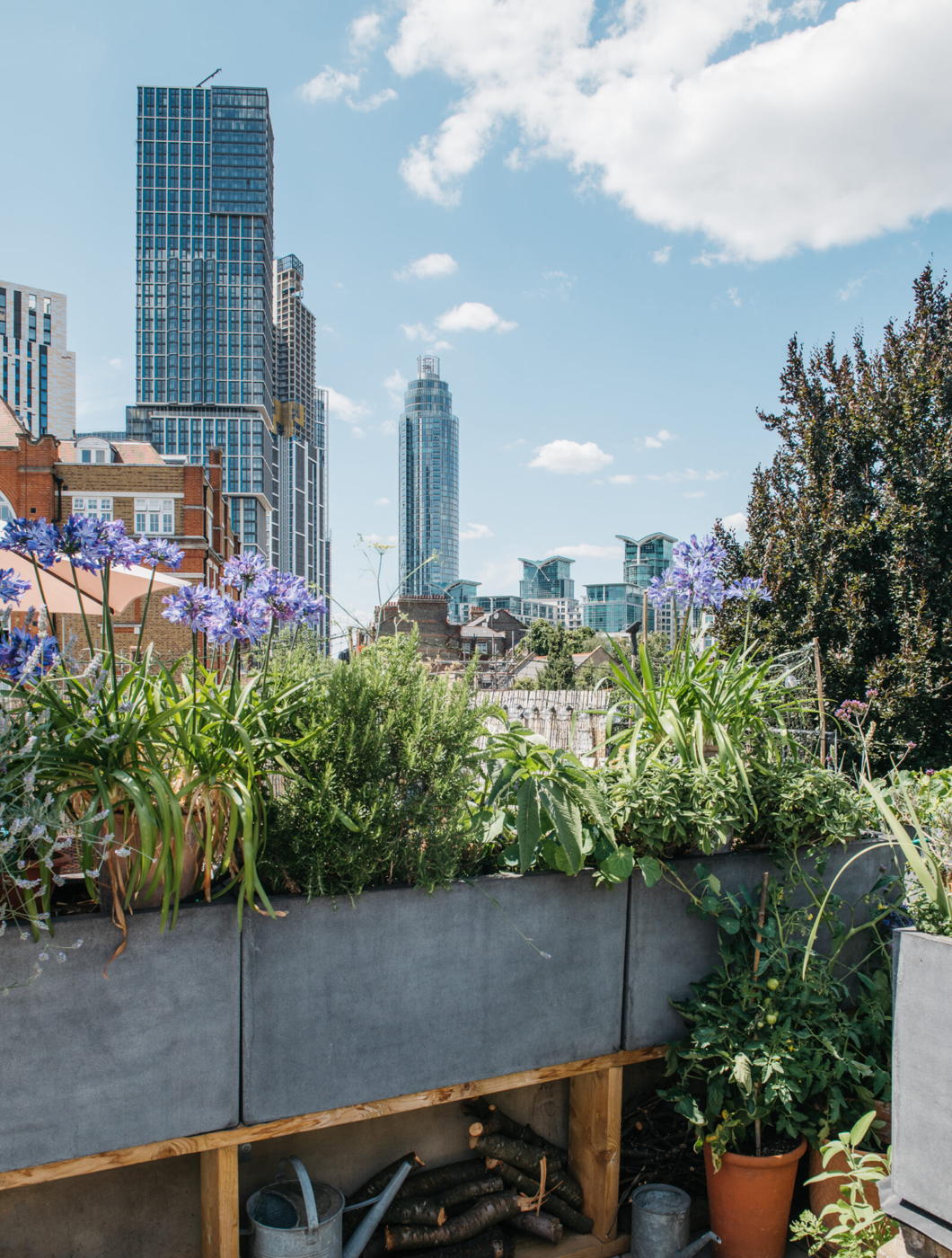
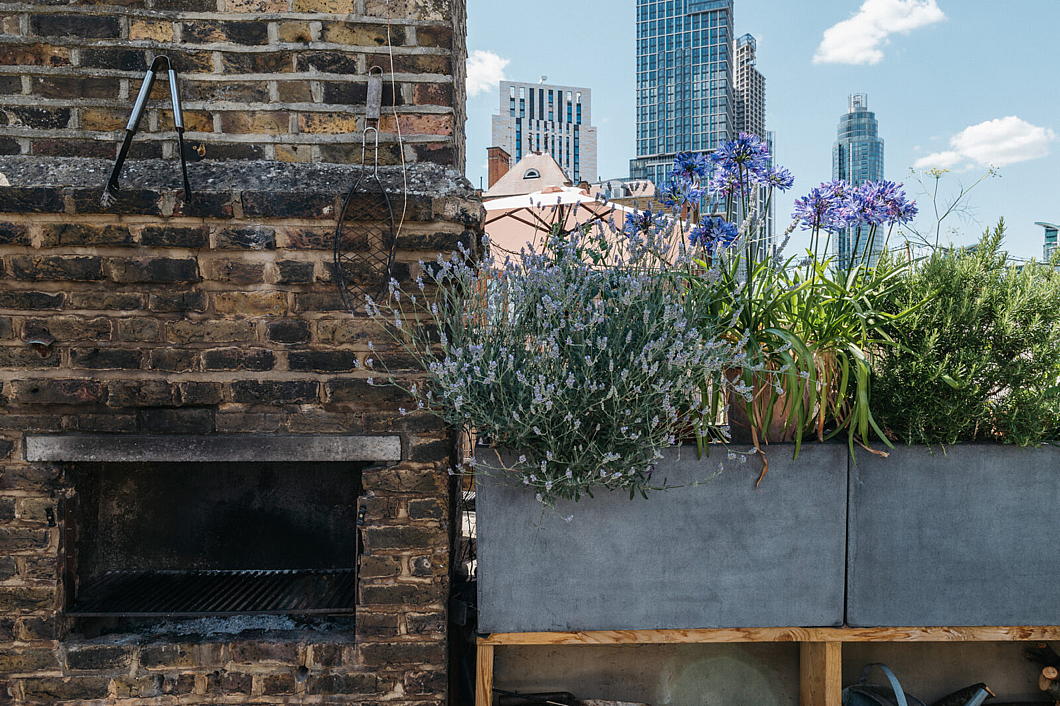
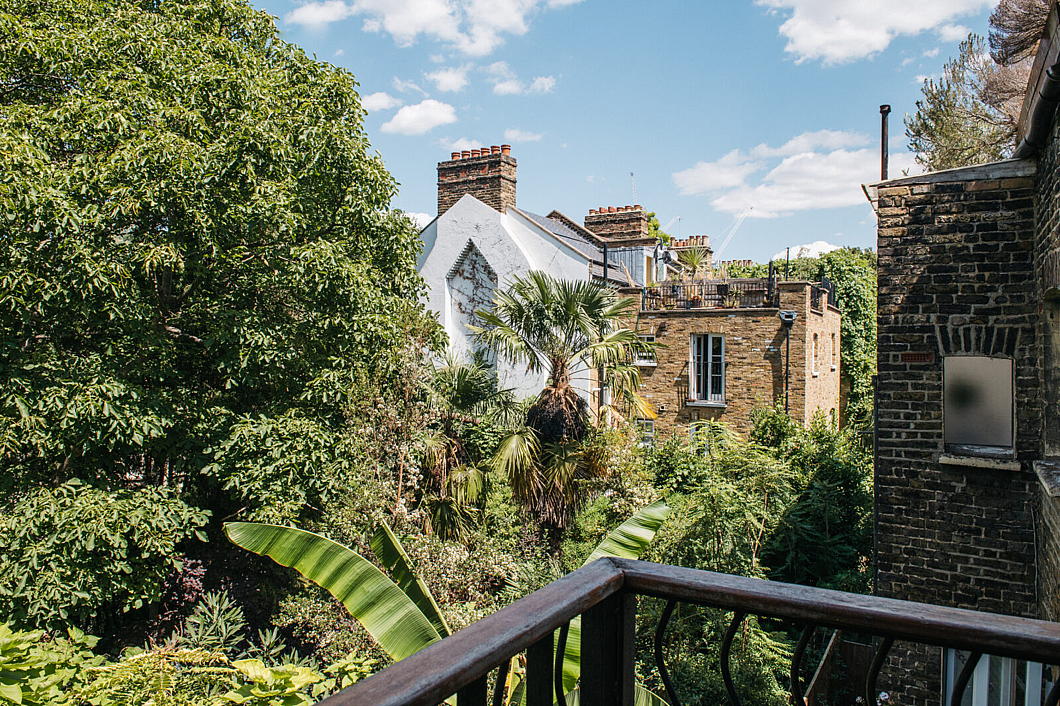
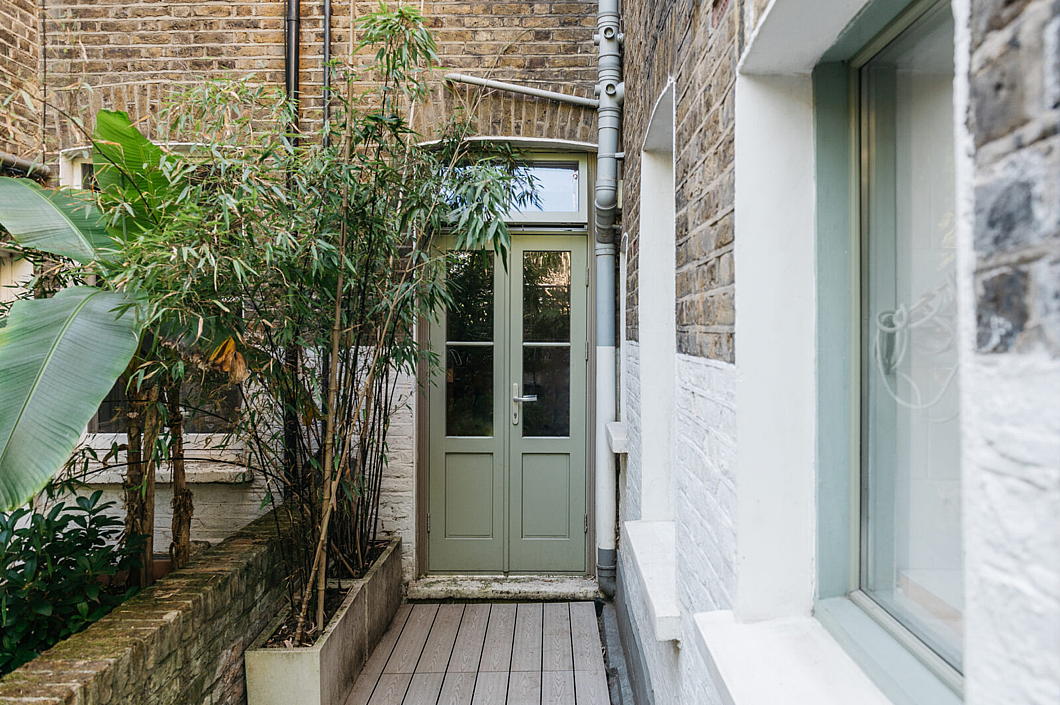
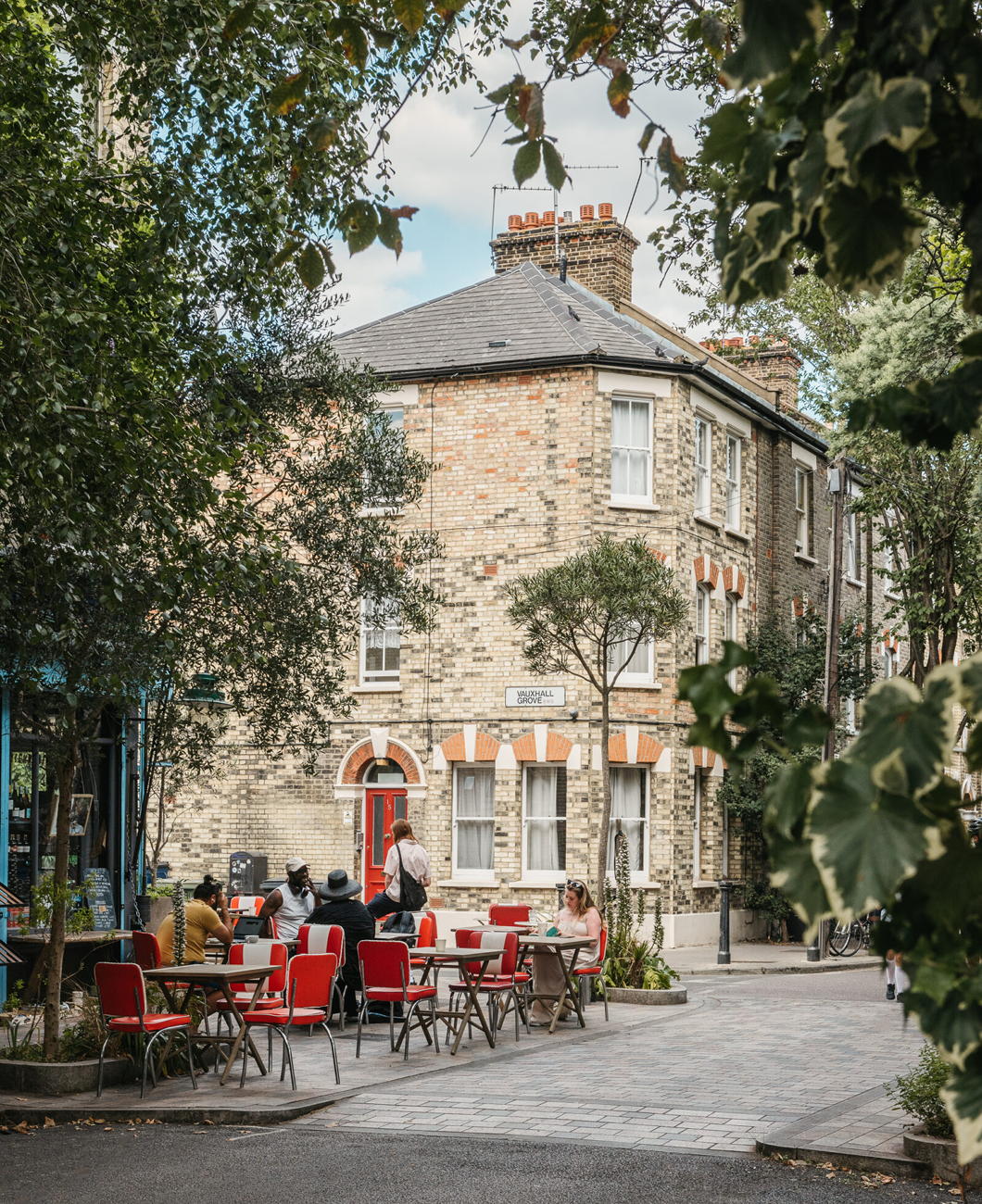
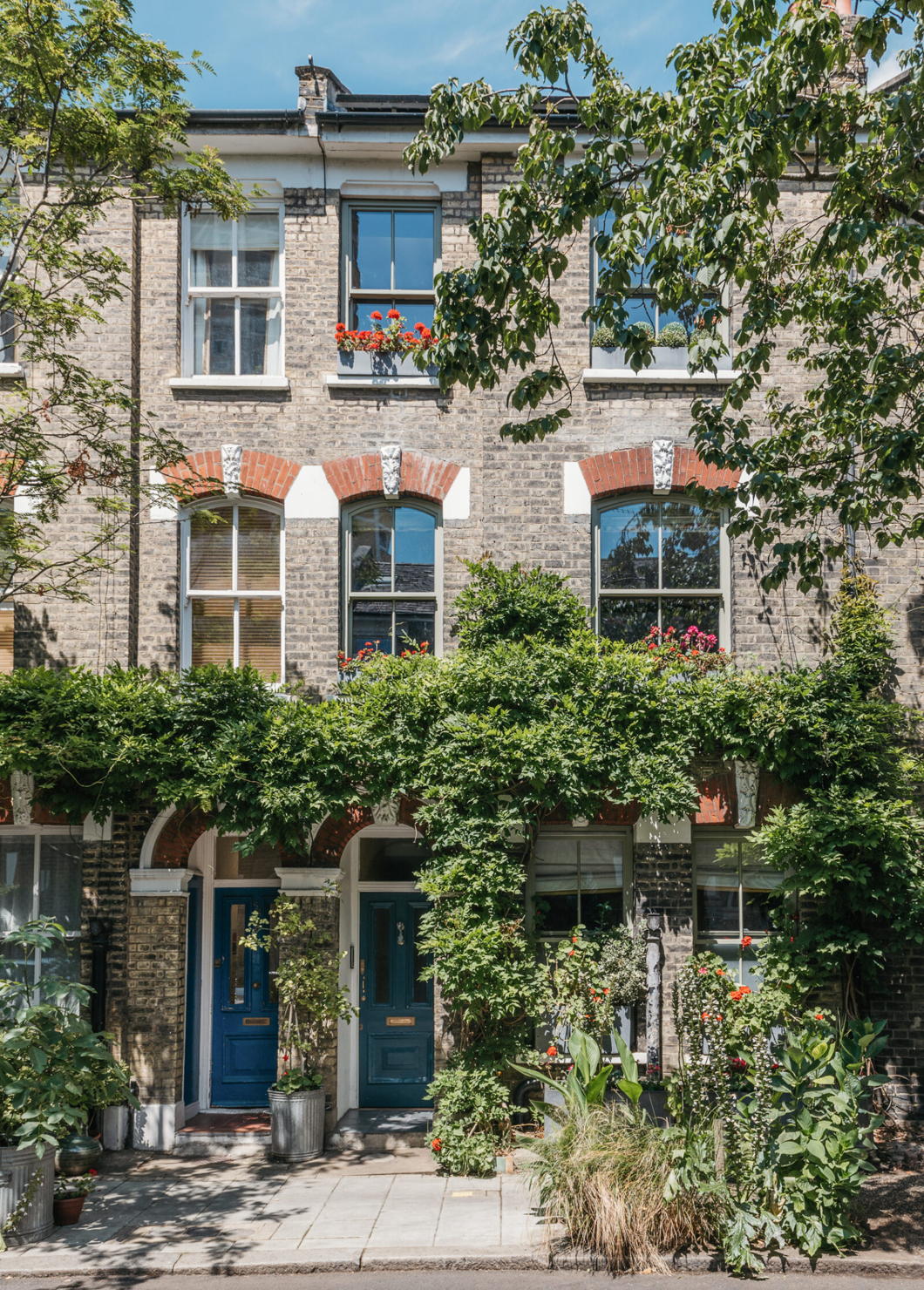
L’Élysée à la plage
The Fort de Brégançon: Riviera Retreat of France’s Presidents
When France’s head of state needs to let his hair down every summer, the Republic has a convenient presidential residence just for him to do so: the Fort de Brégançon on the Côte d’Azur.
There has been a fortress here since at least mediæval times, and Gen. Buonaparte (later emperor) ordered its ramparts renewed after the retaking of Toulon in 1793. It continued to serve military purposes until 1919, but in 1924 it was leased out to a local mercantile family, the Tagnards.
They passed their lease on to the former government minister Robert Bellanger, who improved the island greatly, connecting it to the water and electricity supply, building the causeway linking it to the mainland, and laying out the Mediterranean garden. Bellanger’s leased expired in 1963 and Brégançon returned to the property of the state.
President de Gaulle stayed a night on the island in 1964 but found the bed too small and the mosquitos too bothersome. Nonetheless, his wartime comrade René-Georges Laurin (mayor of Saint-Raphaël up the coast) convinced him it would make a suitable summer residence that befitted the dignity of France’s head of state.
The architect Pierre-Jean Guth was seconded over from the Navy to adapt and update the fort to this end. The rooms are a little small, but their cozy intimacy adds to the fort’s informality. The presidential bedroom features a Provençal bed facing the sea with a view towards the nearby island of Porquerolles.
Pompidou and Giscard enjoyed the island but Mitterand mostly neglected the island except when welcoming Chancellor Kohl and Taoiseach Garrett Fitzgerald. Chirac and his wife took up Brégançon and were often seen by the locals on their way to Mass.
Sarkozy liked to be photographed on his jogs from the island but after he abandoned his wife and took up with his mistress he preferred holidaying at Carla Bruni’s far grander and more comfortable summer residence.
Hollande opened the fort up to public visitors, hoping to recoup some of the costs of maintaining the property. Macron has taken to the island frequently for his summers, for meetings with foreign leaders, and for working weekends with his ministers.
With summer fires raging, a minority in parliament, and myriad other problems brewing, no doubt Macron has much on his agenda.
All the same, for France’s sake, we can’t help but hope Monsieur le Président has a happy holiday. (more…)
A Desk in Sweden
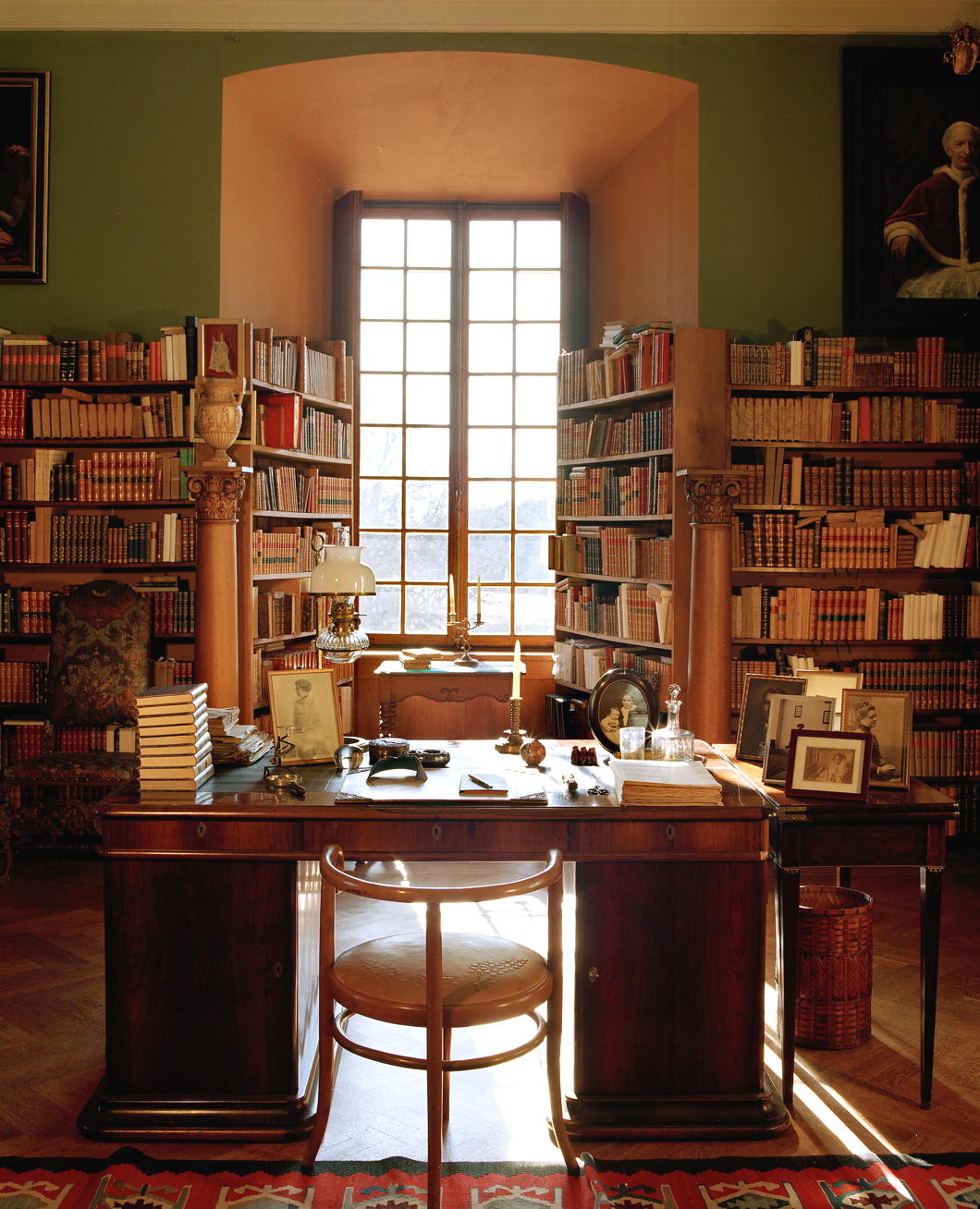
(In honour of his descendant coming to London for a coffee last month.)
Alys Beach
My list of favourite things starts with sunshine, good architecture, and the beach — Florida’s Alys Beach has all three. This is the third of the communities on the Gulf Coast designed by Duany Plater-Zyberk.
Their first, Seaside — well known as where ‘The Truman Show’ was filmed — is iconic but now feels a little sterile and over-planned. It has earned its place in the history books of urbanism and architecture regardless.
Rosemary Beach, their second development, was a vast improvement and based its architecture on the actual Spanish colonial styles used when the Cross of Burgundy flew over Florida rather than the more Mediterranean-influenced Spanish Colonial Revival of the late nineteenth and early twentieth centuries.
Alys Beach is a splendid melange — a touch of the Cape Dutch, Bermuda here, the Maghreb there, and every now and then a hint of the French Caribbean. And it works: this is one of the most successful attempts at a beautiful and pleasing urban arrangement in twenty-first century America.
If any criticism can be issued it’s that Alys Beach is a holiday destination that will never be a “real” community where most people dwell all year round.
But if I was sitting en famille round a rooftop firepit watching the sun go down, I don’t think I’d complain.
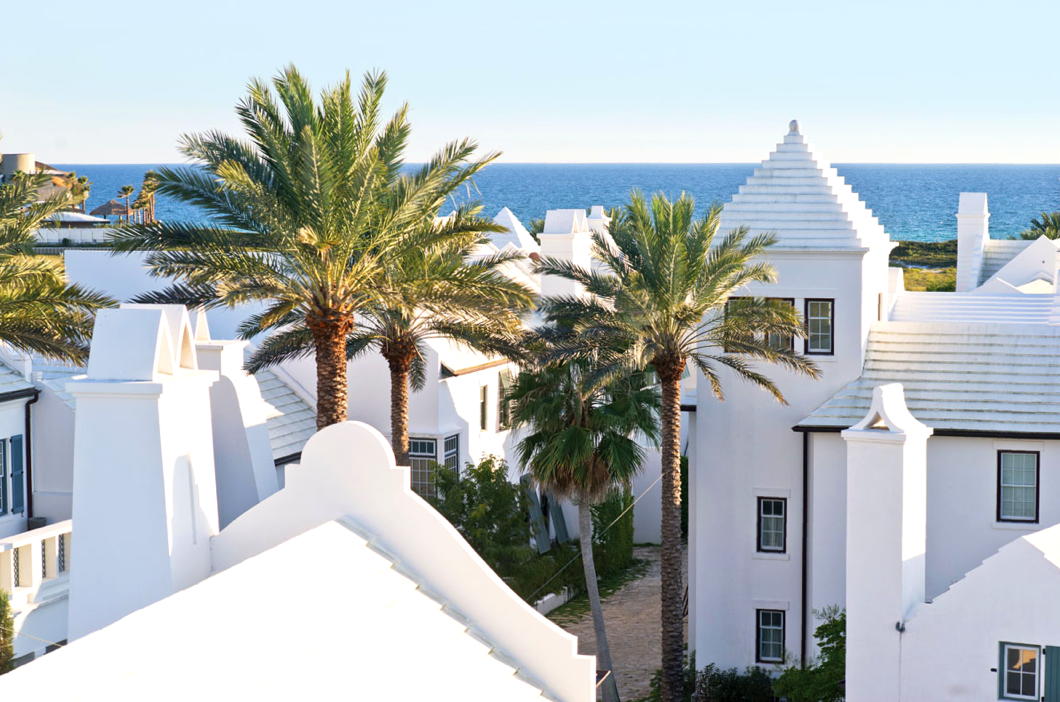
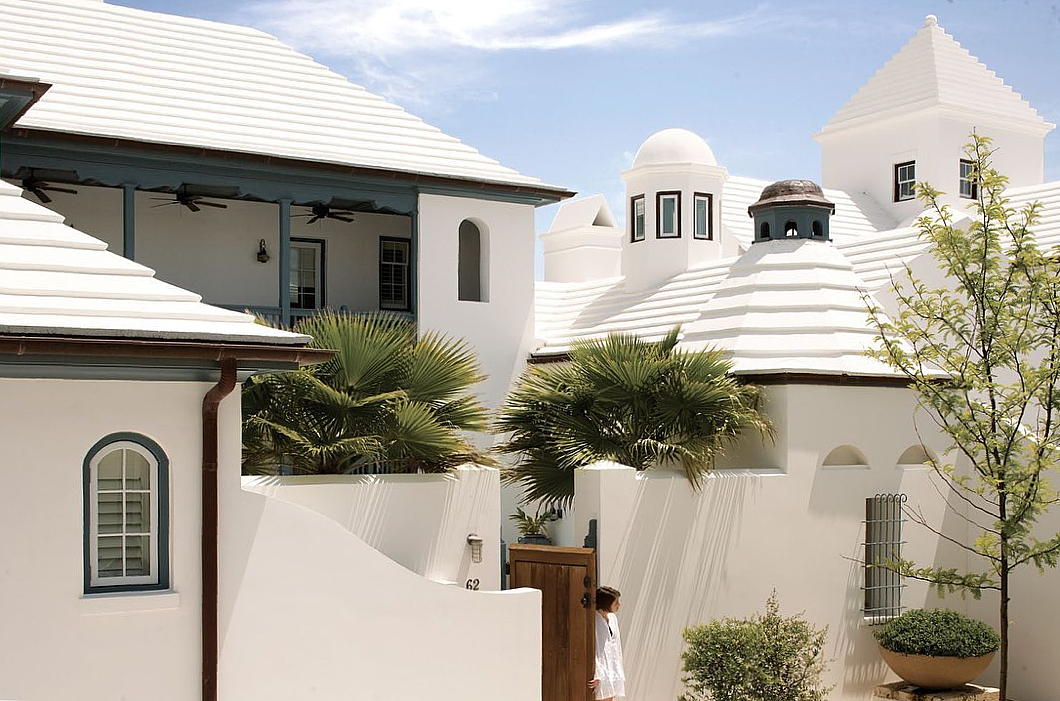
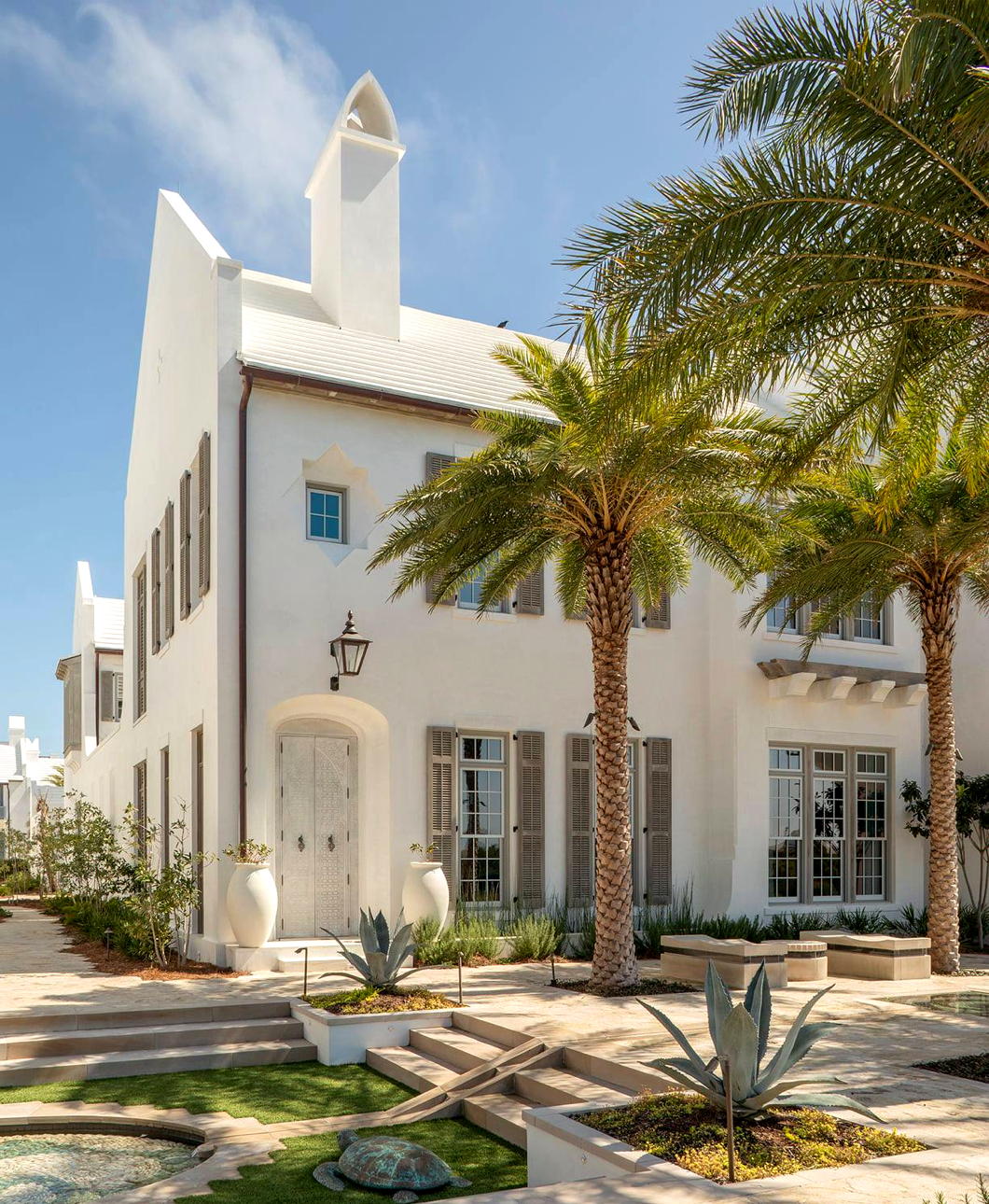

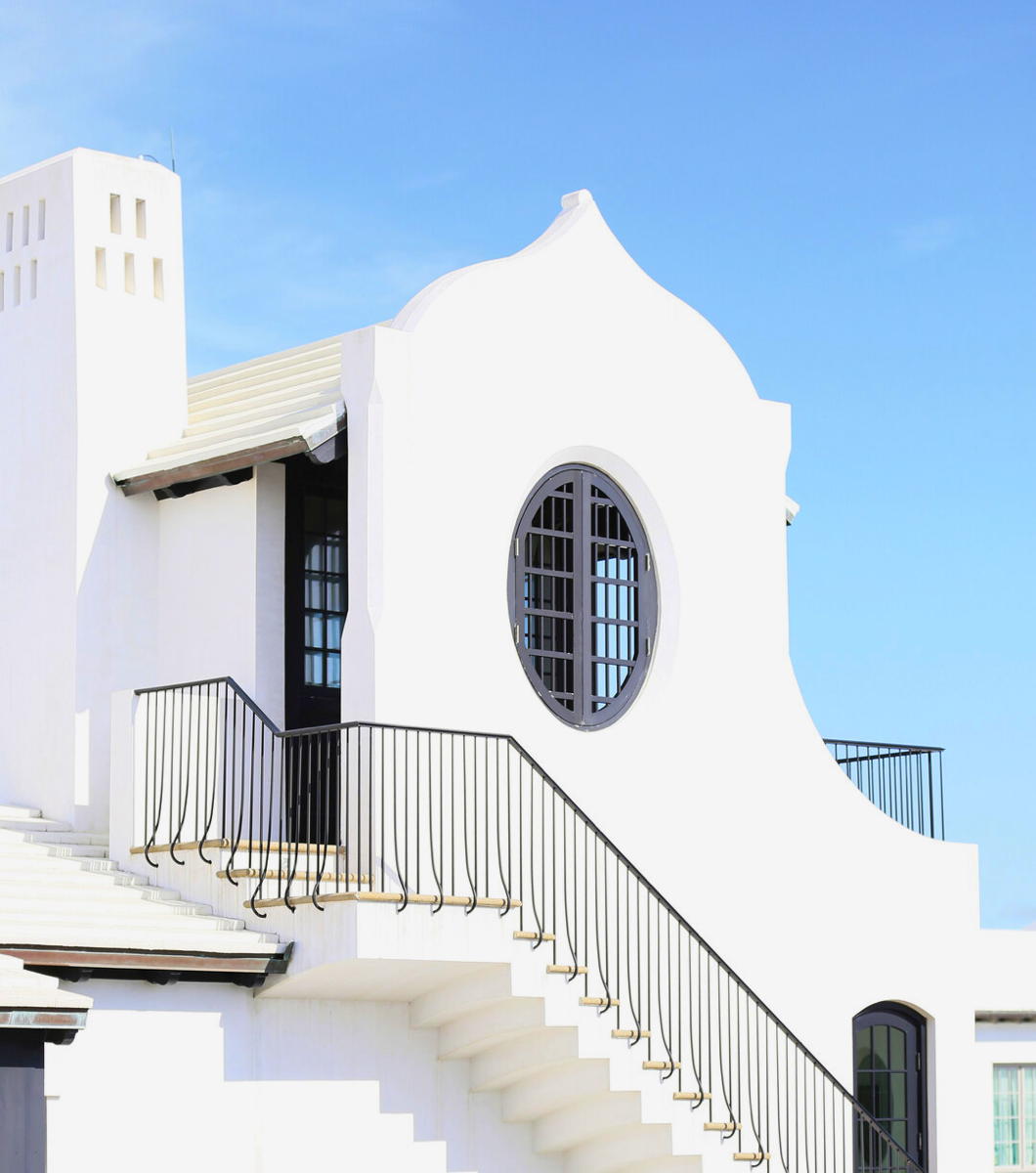
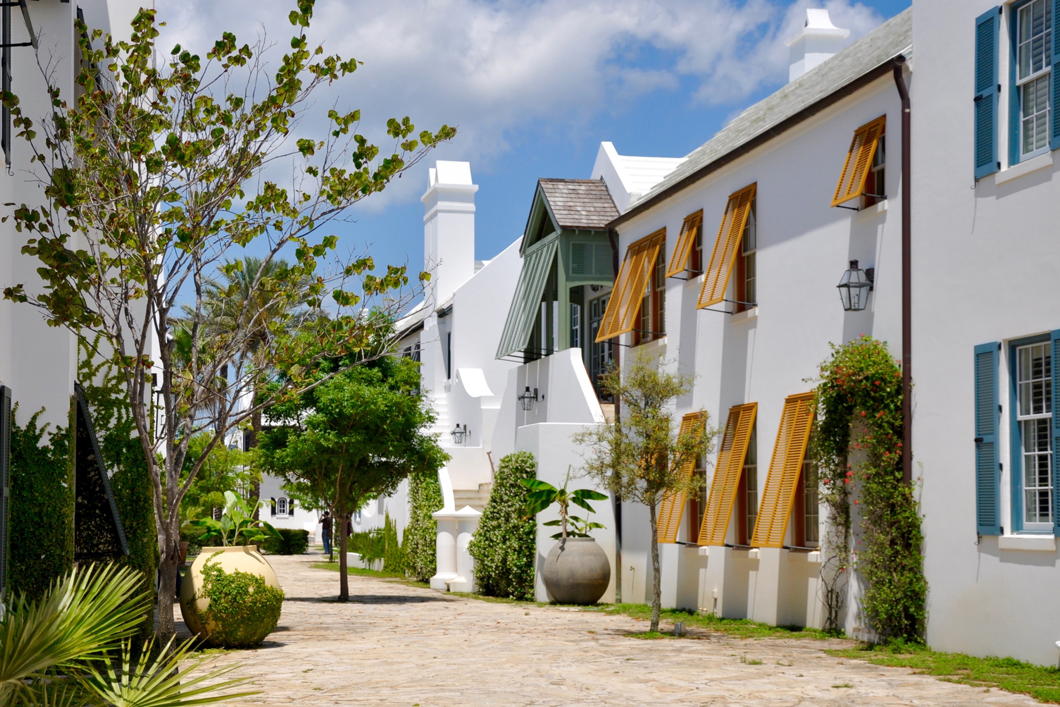
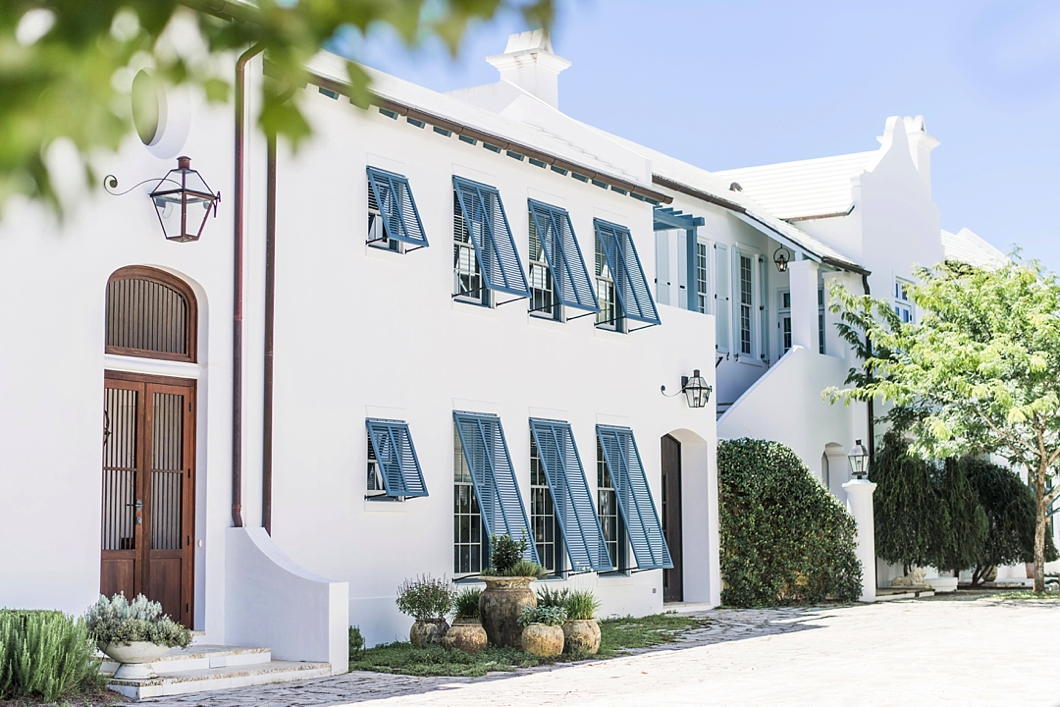
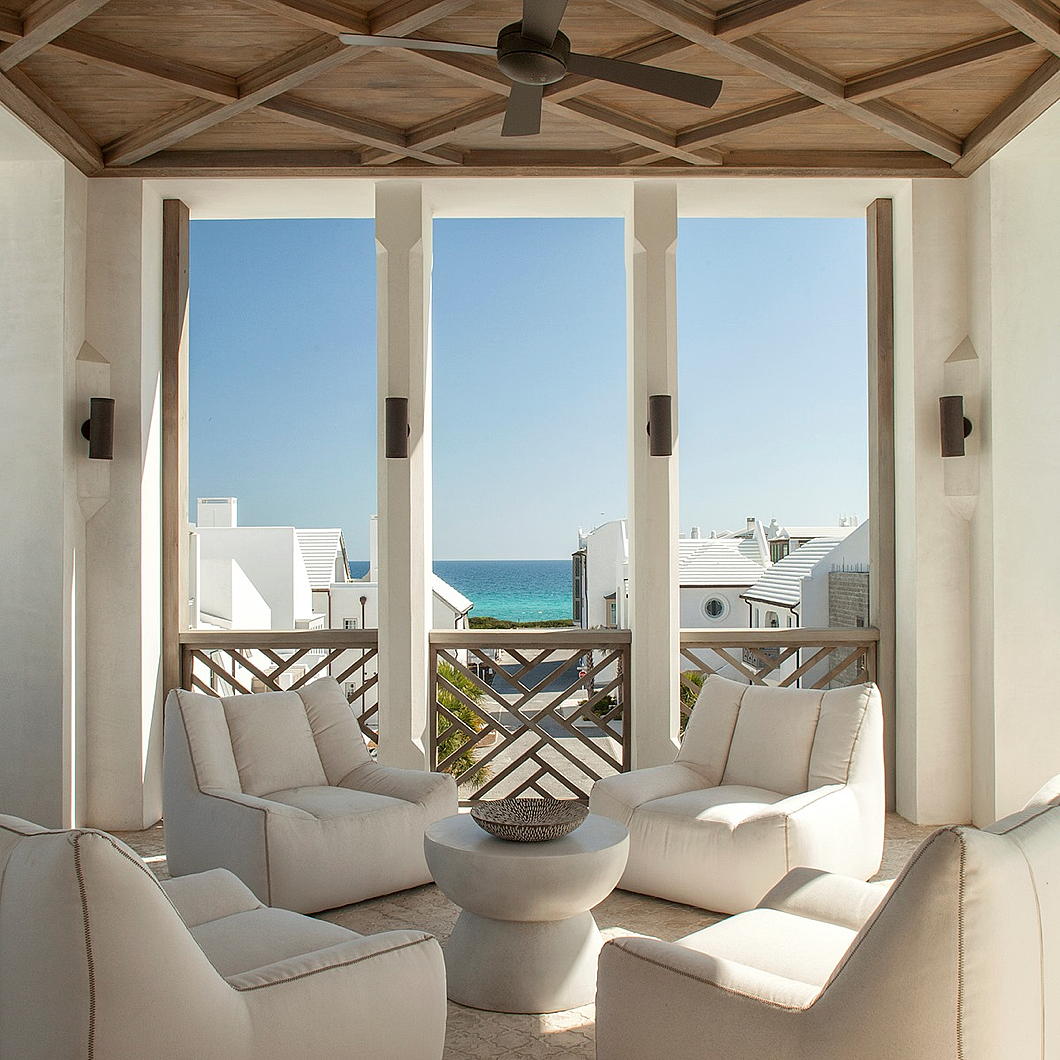
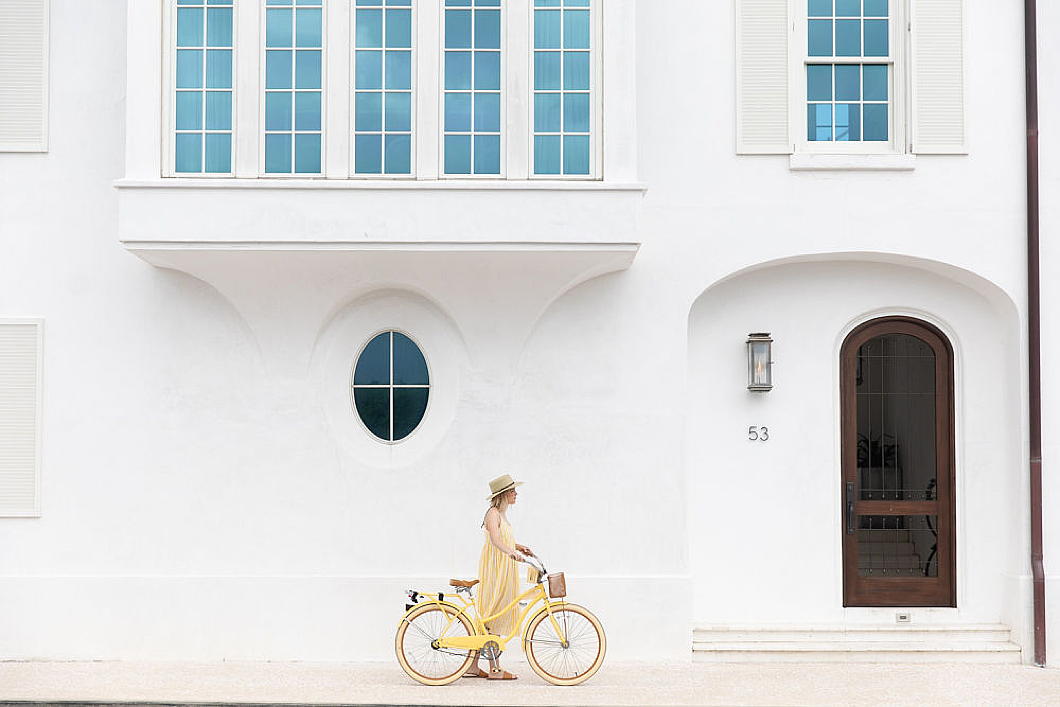
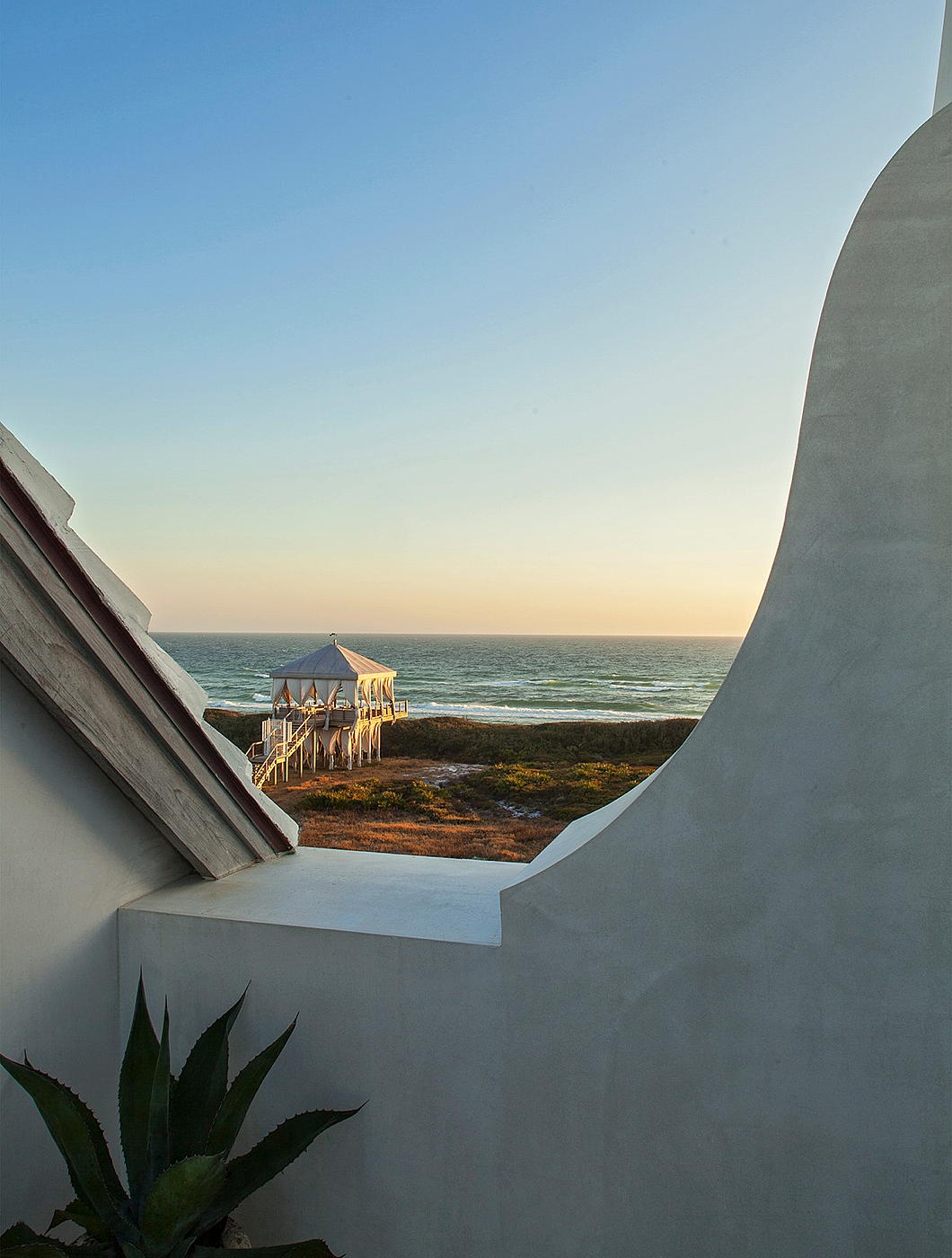
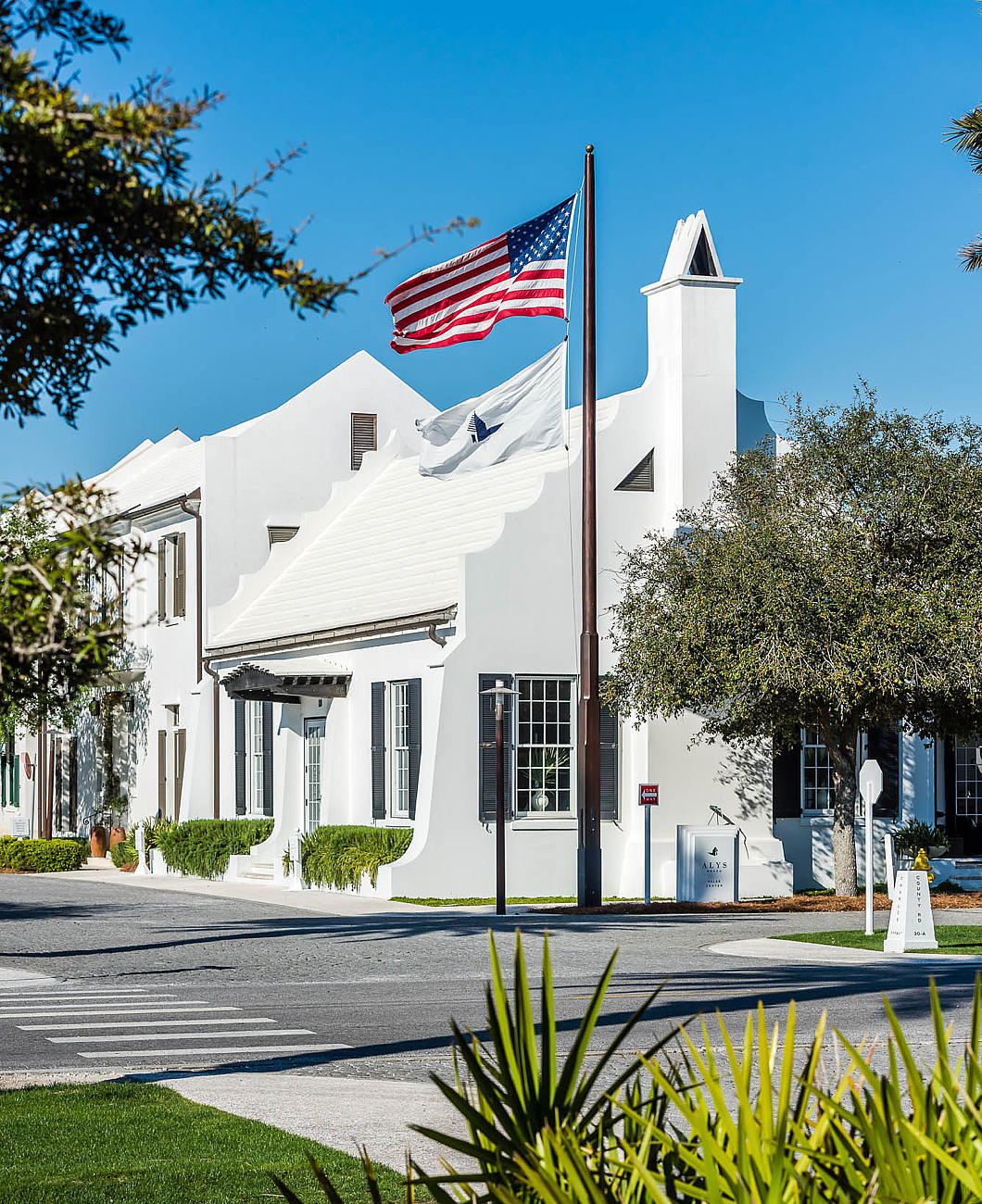
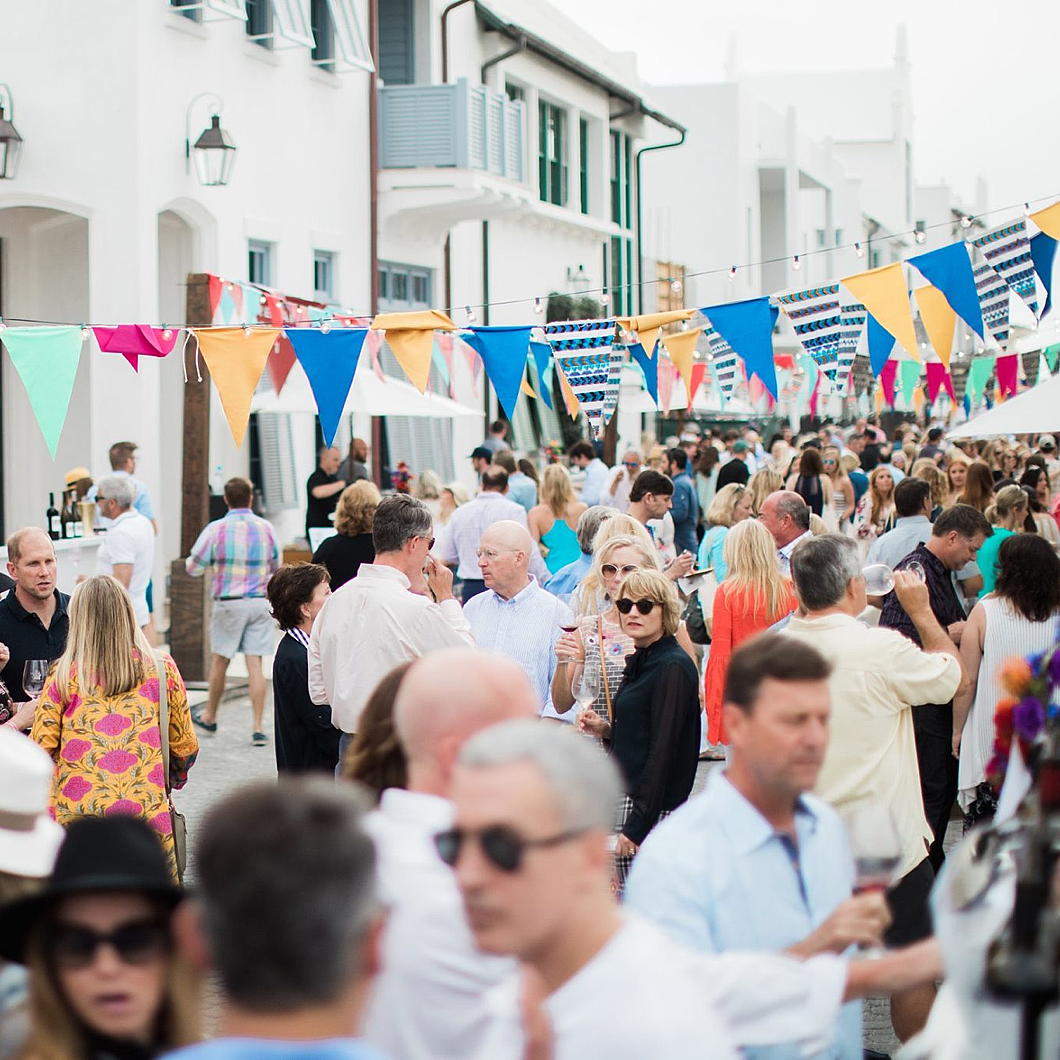
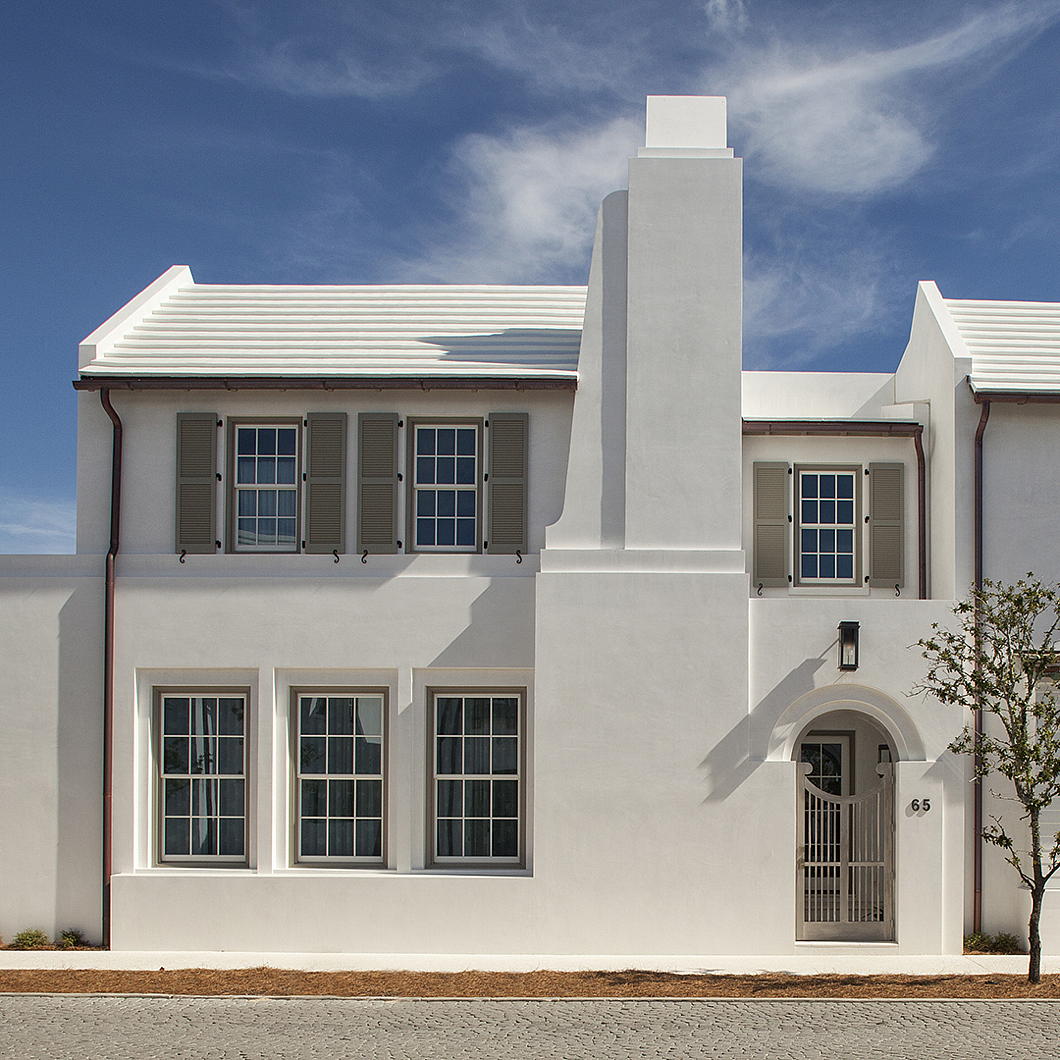
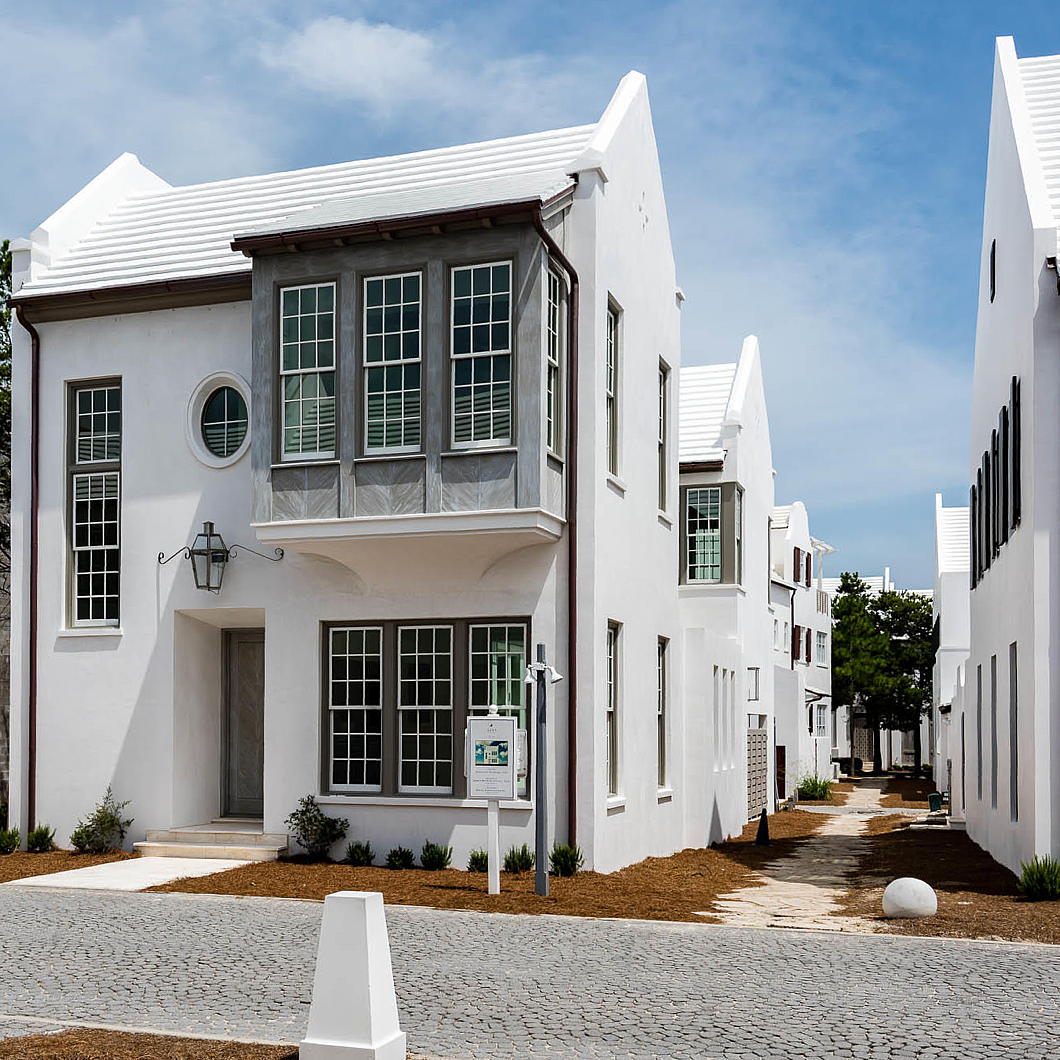
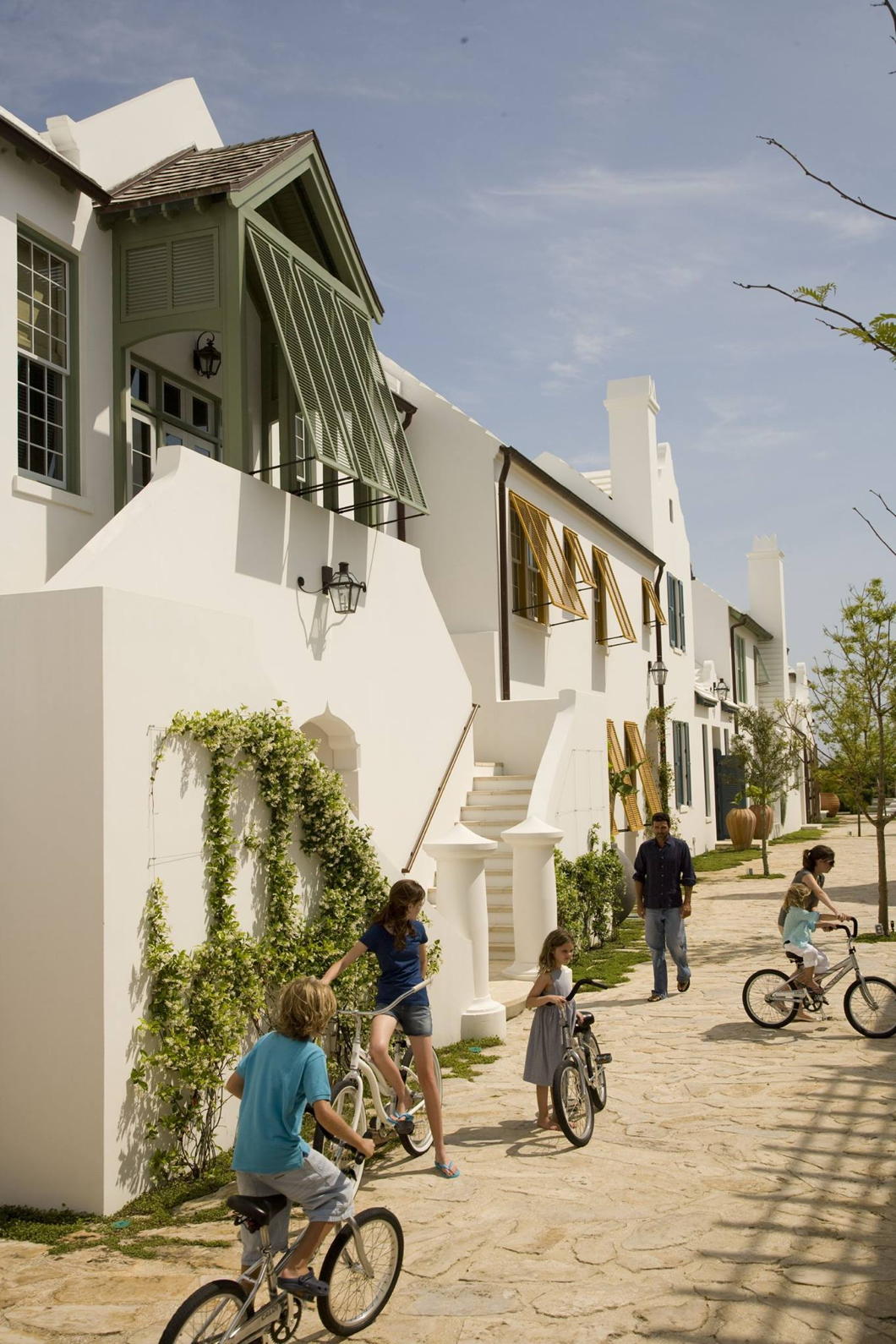
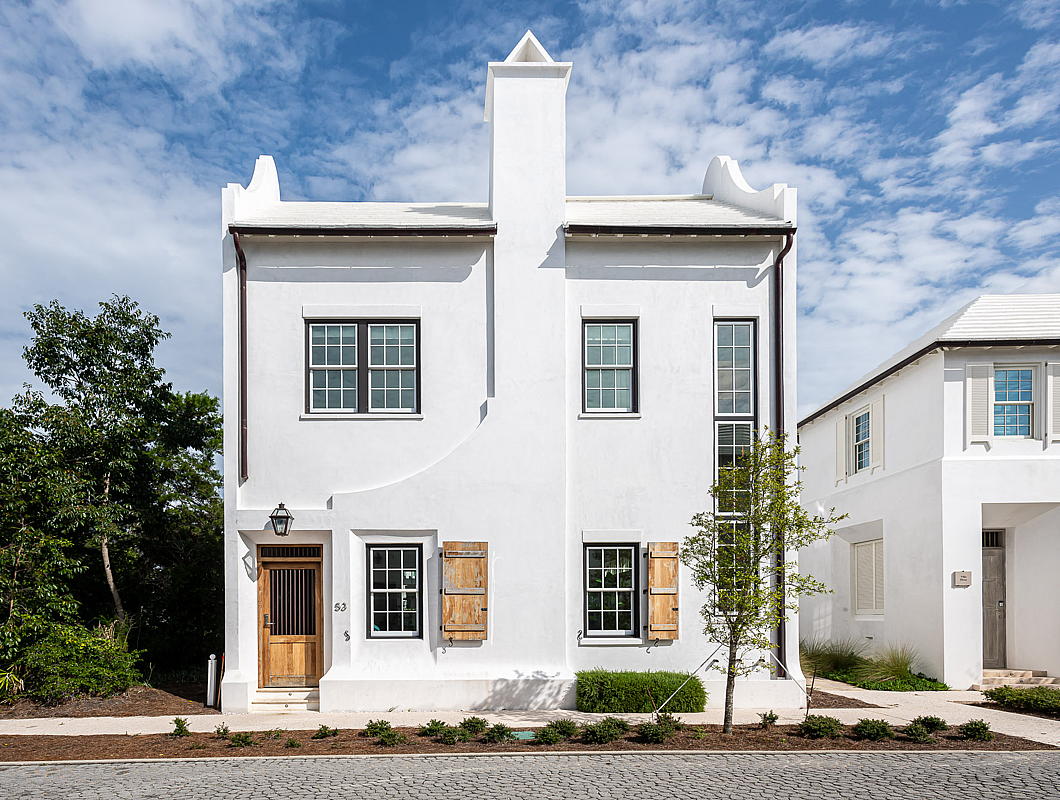
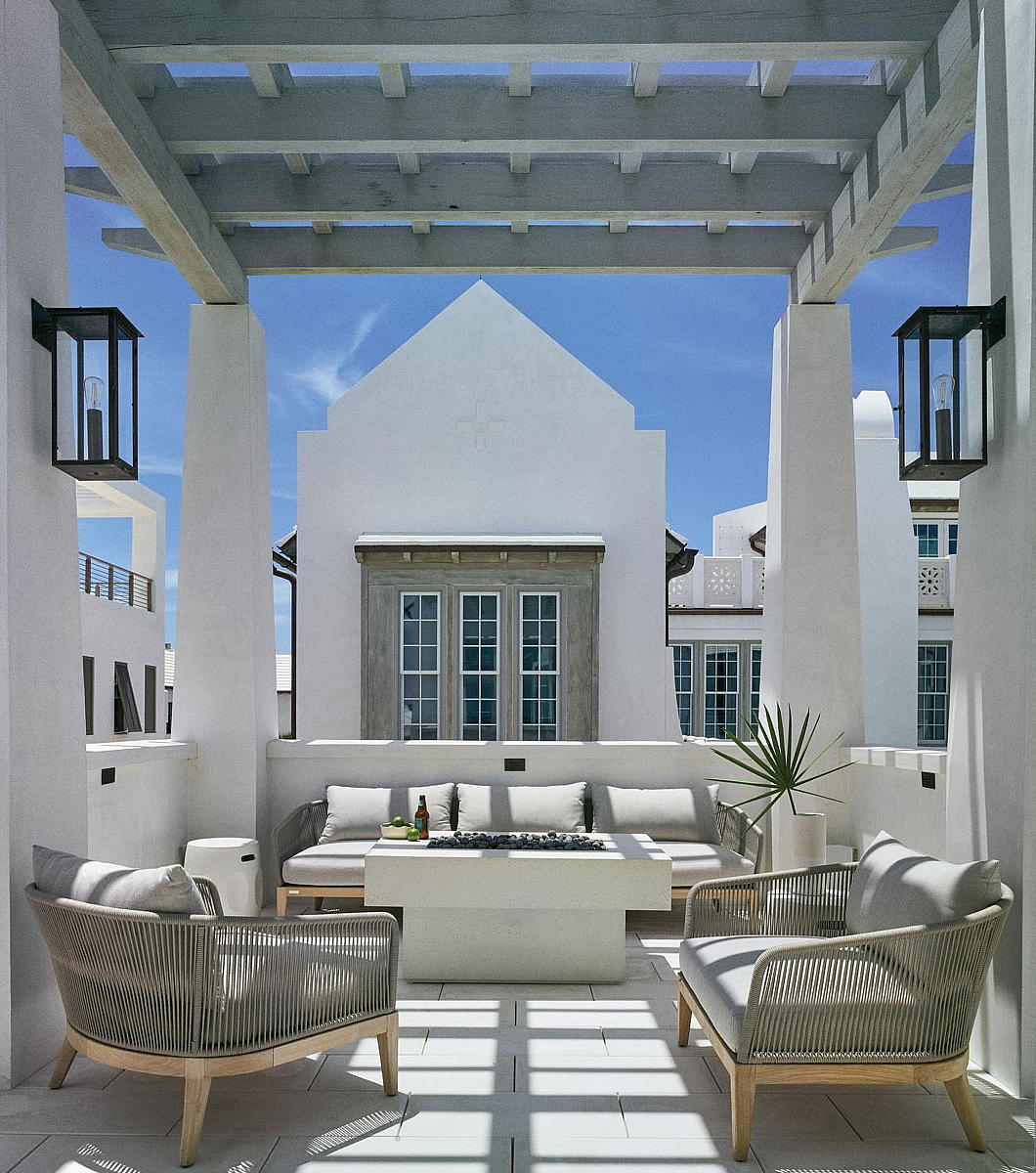
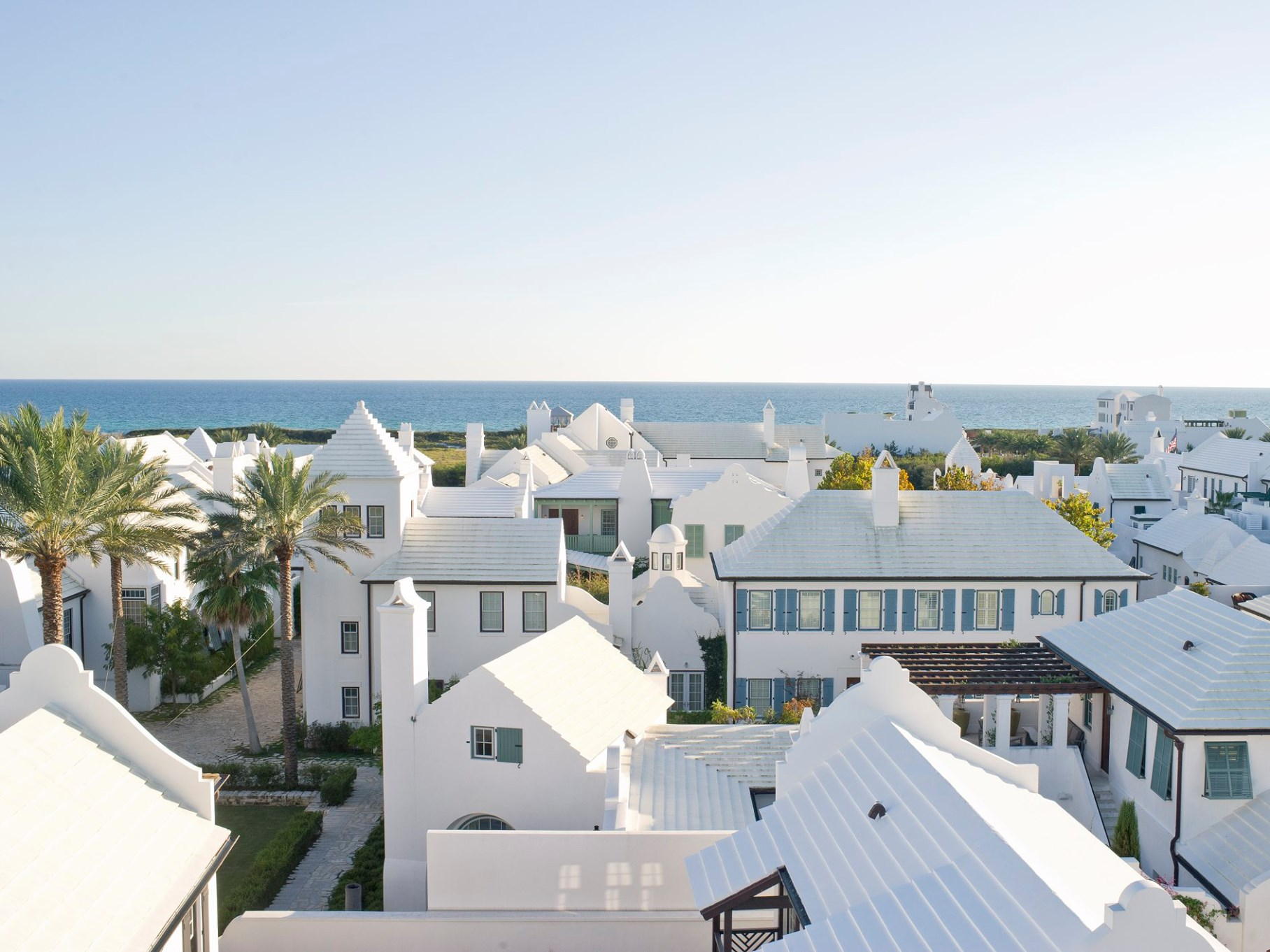


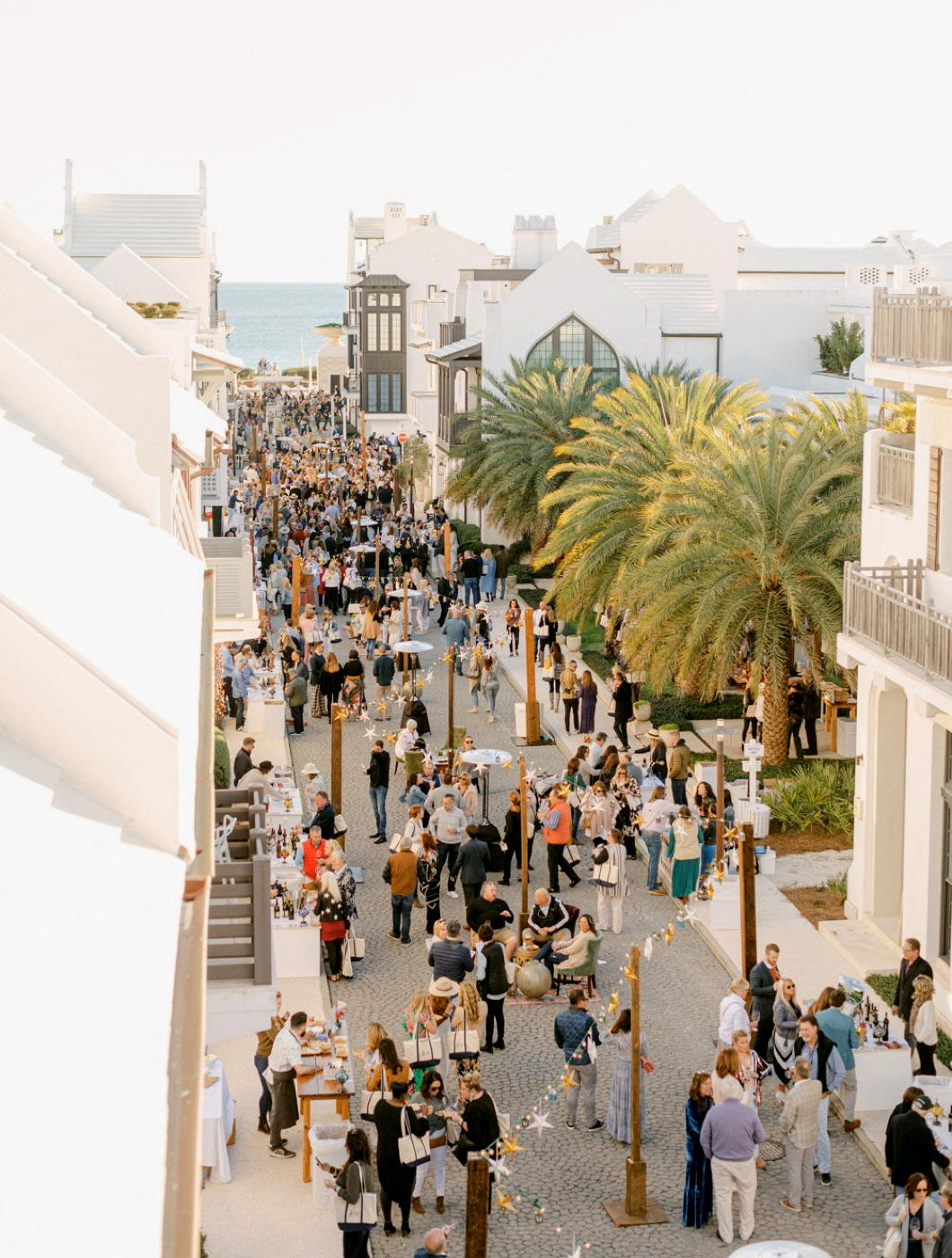
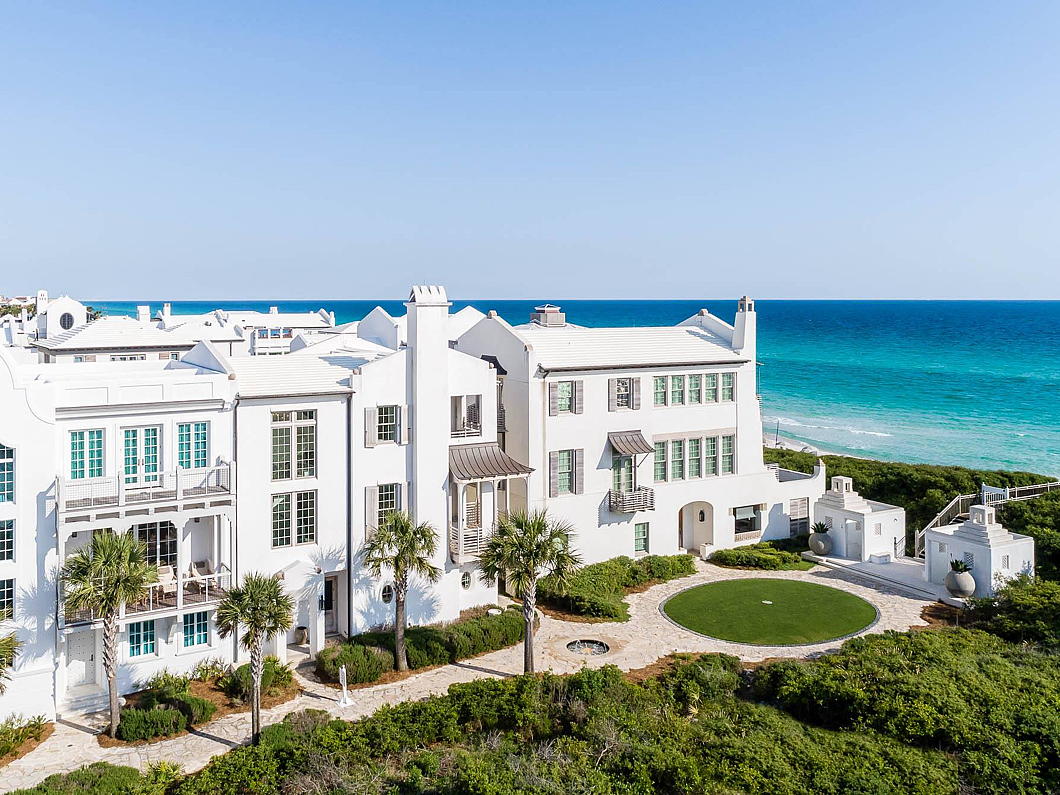


St George’s Basilica, Prague Castle
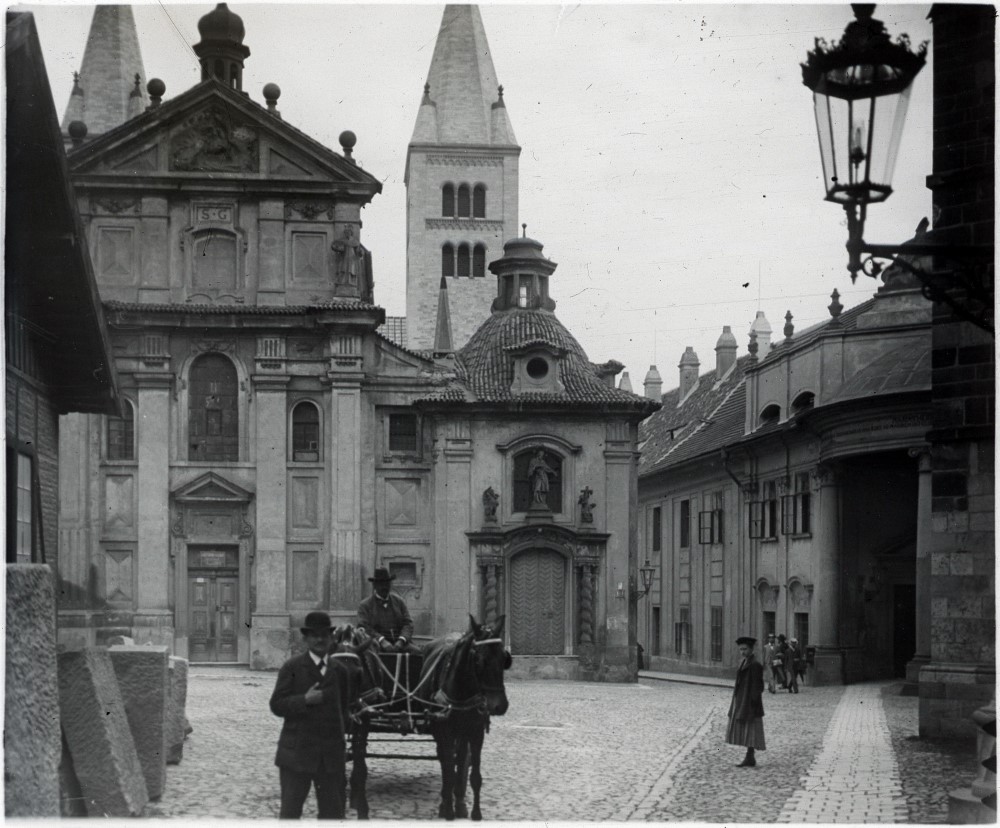
Corpus Christi
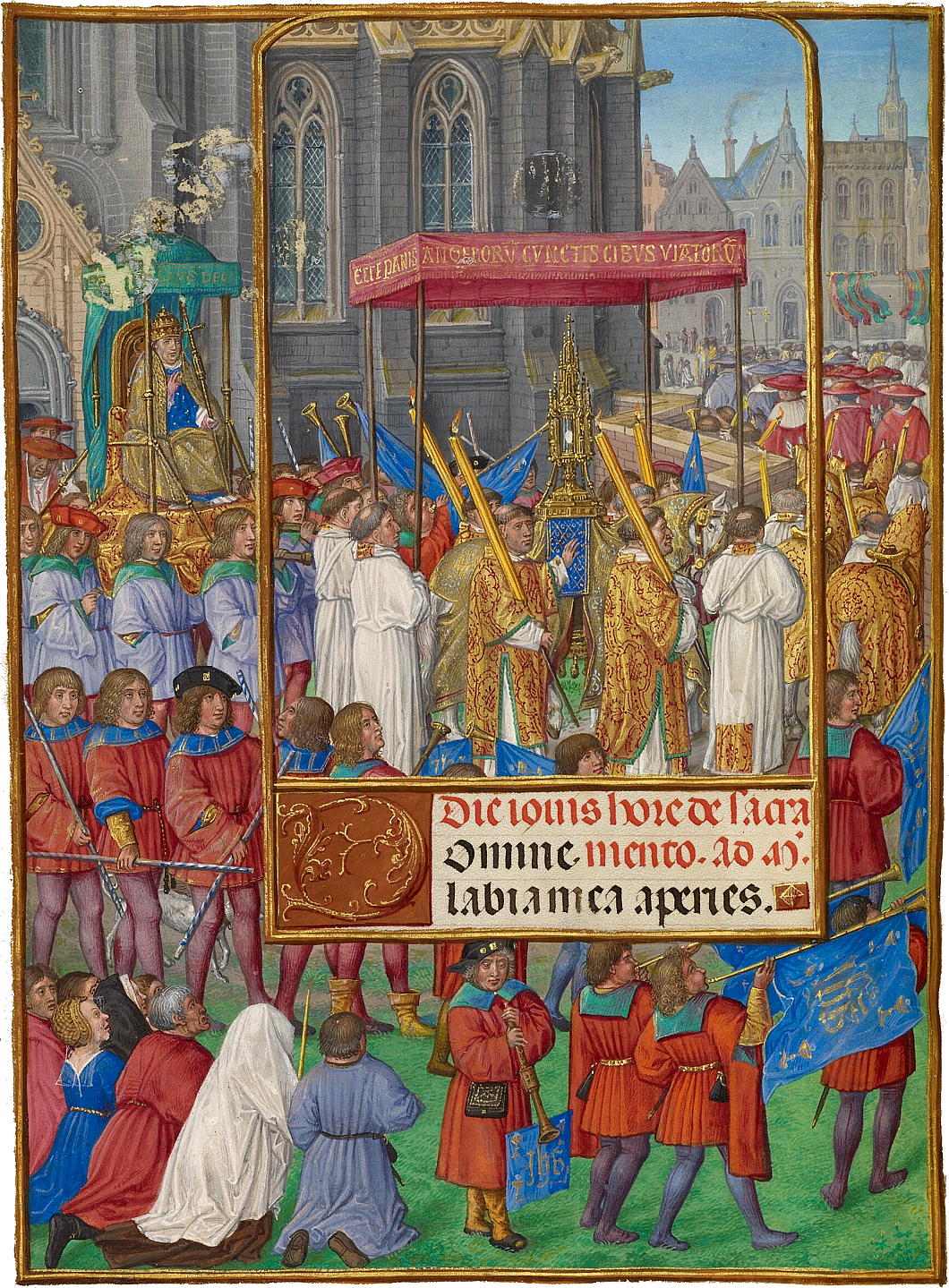
The Master of James IV of Scotland, Flemish c. 1541; Getty Museum
A Home for Bard and Ballet
Sir Basil Spence’s unbuilt Notting Hill theatre
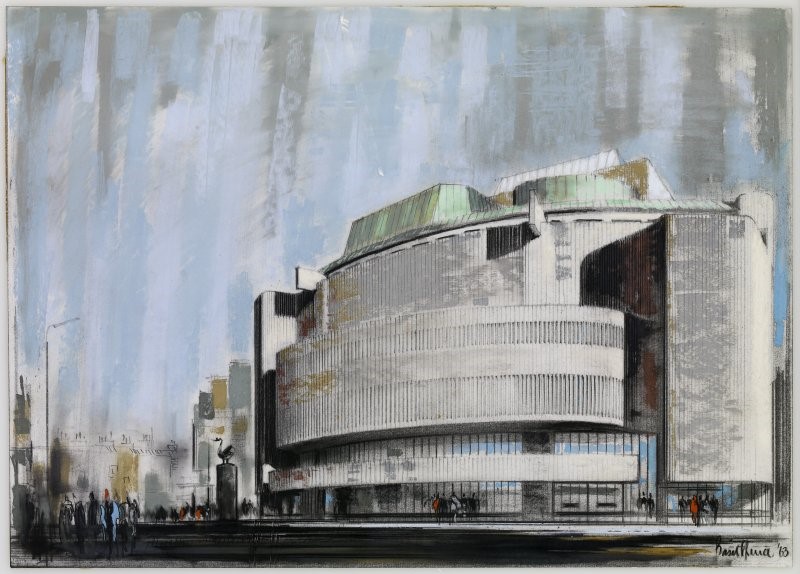
Sir Basil Spence was just about the last (first? only?) British modernist who was any good. His British Embassy in Rome is hated by some but combines a baroque grandeur appropriate to the Eternal City with the crisp brutalism of modernity that makes it true to its time.
In 1963, Spence accepted the commission from the Royal Shakespeare Company and the Ballet Rambert for a London venue to host the performances of both bodies.
The poet, playwright, and theatre manager Ashley Dukes had died in 1959, leaving a site across Ladbroke Road from his tiny Mercury Theatre (in which his wife Marie Rambert’s ballet company performed) for the building of a new hall.
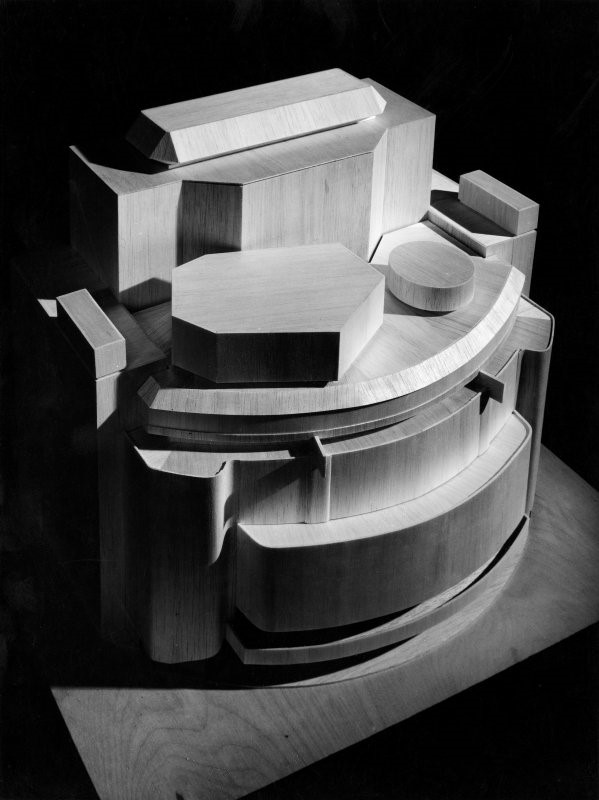
The design moves from the sweeping curve of the street frontage up to a series of angular concoctions and finally the large fly-space above the stage itself.
It made the most of a highly constricted site and would have housed 1,100-1,600 patrons (historical sources vary on this figure). This was a big step up from the old Mercury Theatre which housed 150 at a push.
Ultimately, the plan failed. London County Council was worried there wasn’t enough parking in the area, and the Royal Shakespeare Company was tempted away by the City of London Corporation which was building the Barbican Centre.
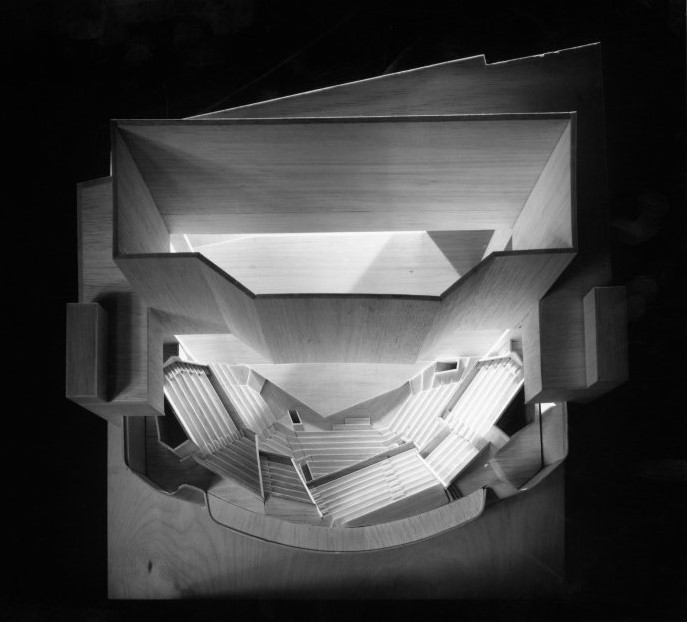
Safavid Pottery Tile

A seventeenth-century pottery tile from Safavid Persia — from the collection of the late Pierre Le-Tan.
New England Baroque
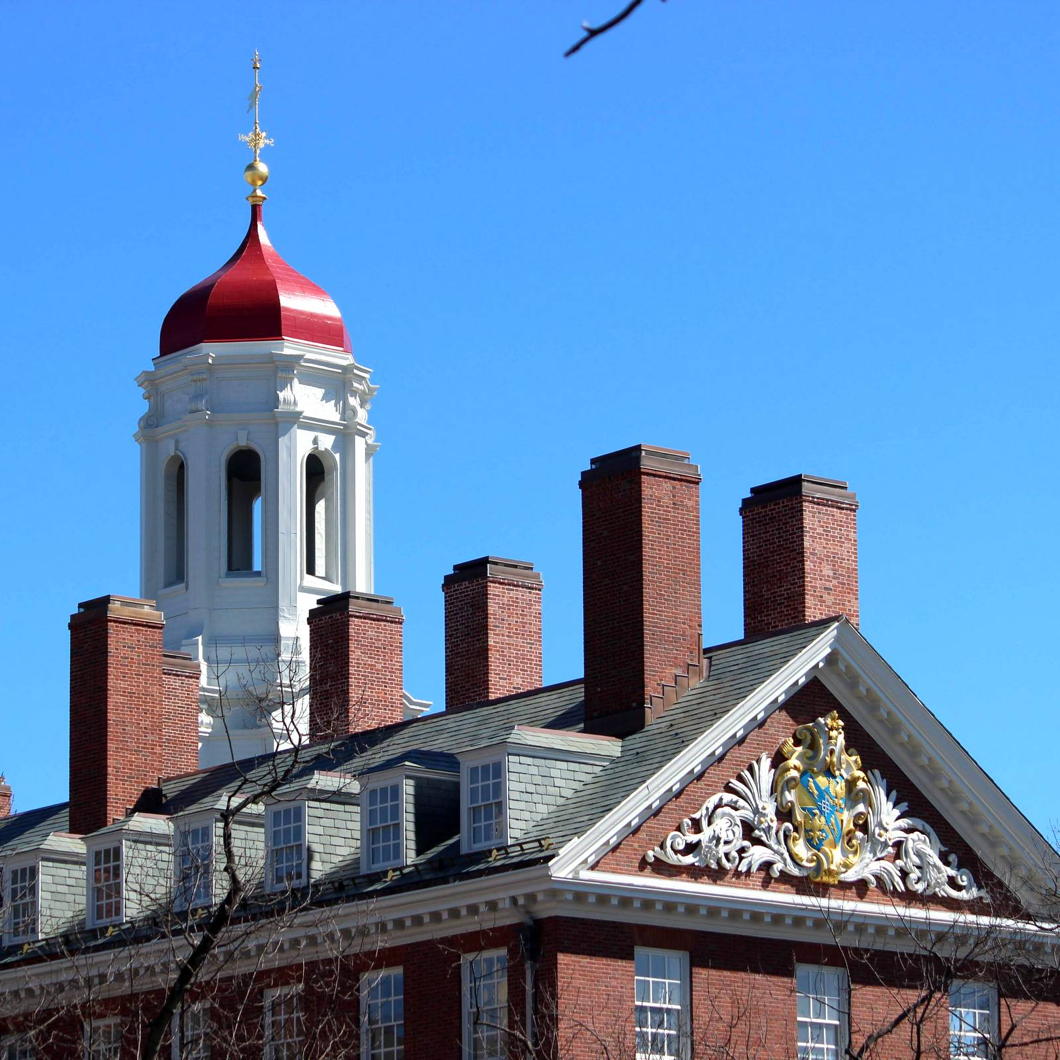
Above, the New England baroque of Dunster House, one of the residential colleges at Harvard.
Below, a simple boathouse built at the highwater mark on a New England beach.
Both images (c.f. here & here) from the blog of a twelfth-generation New Englander.
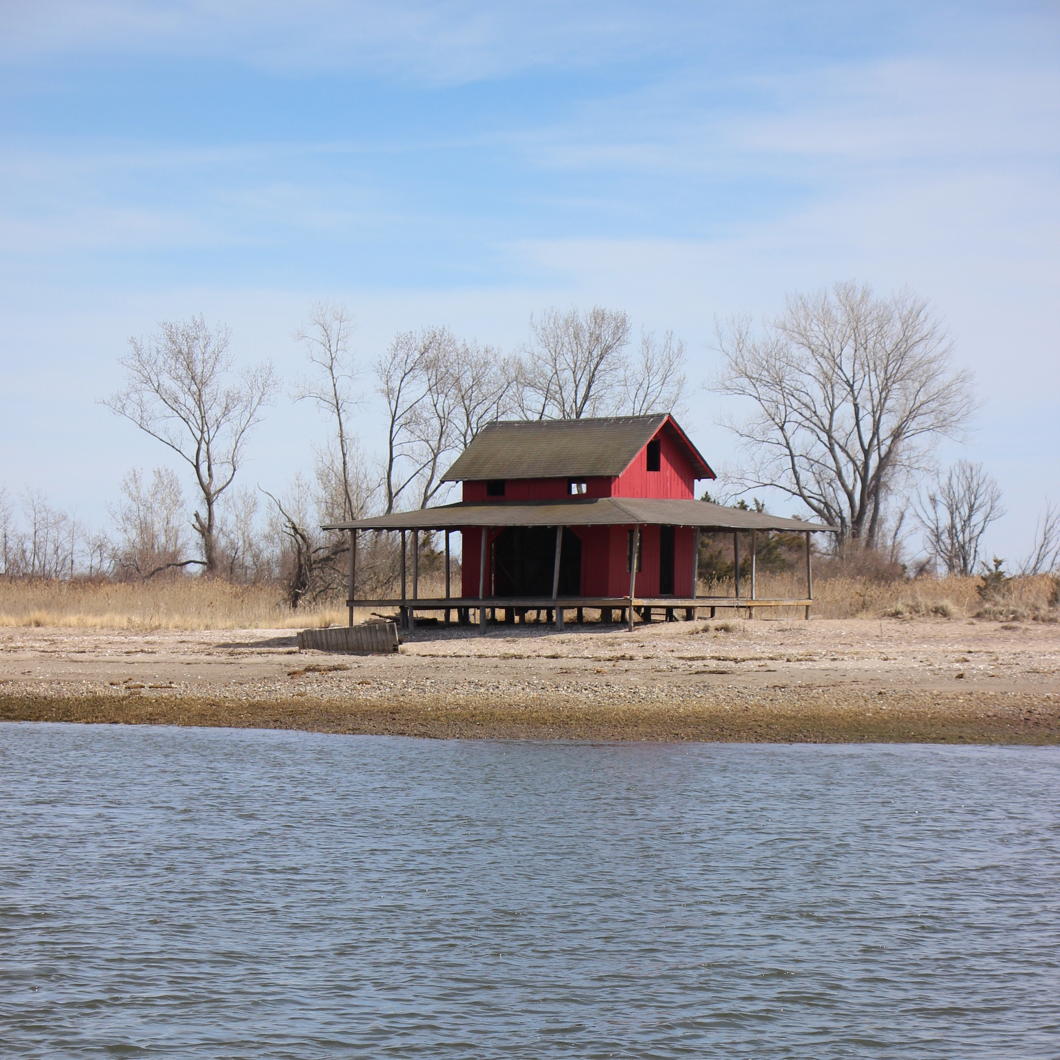
Three Bedrooms in Manhattan
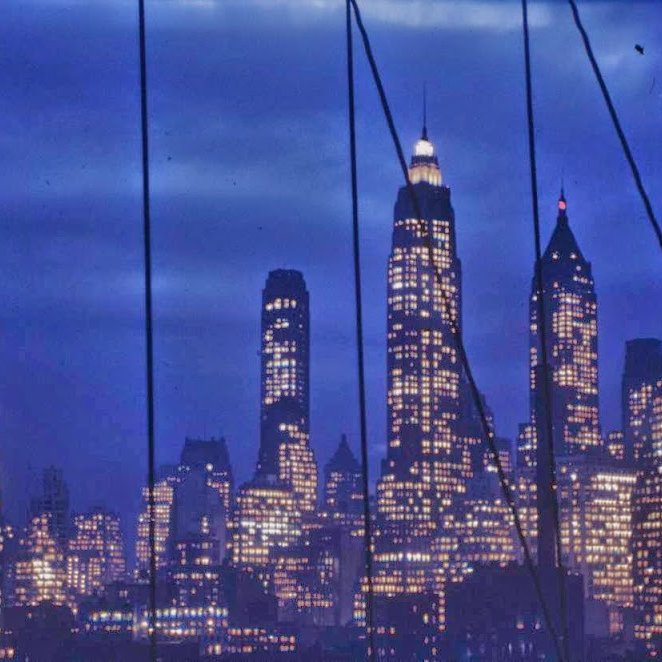
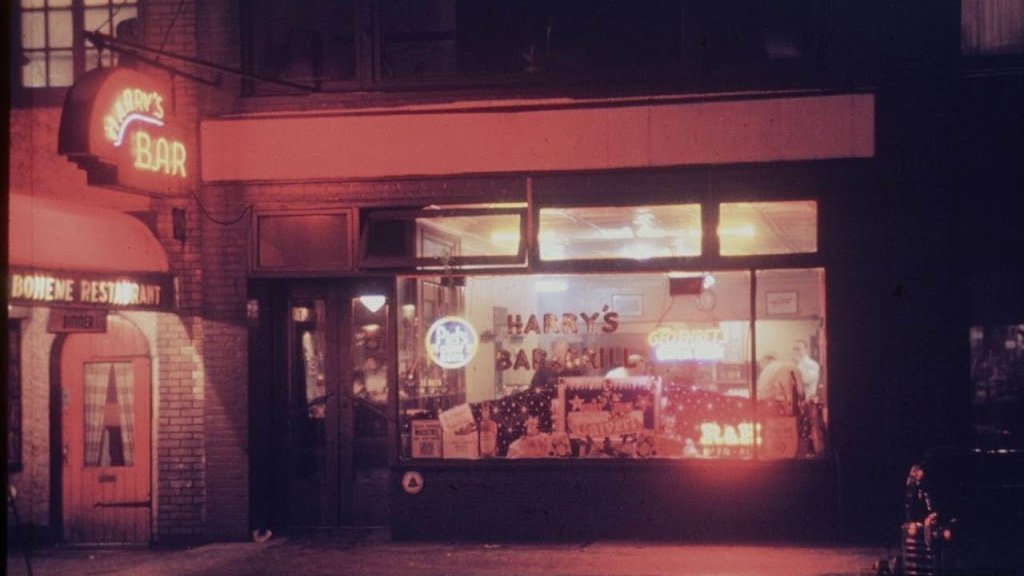
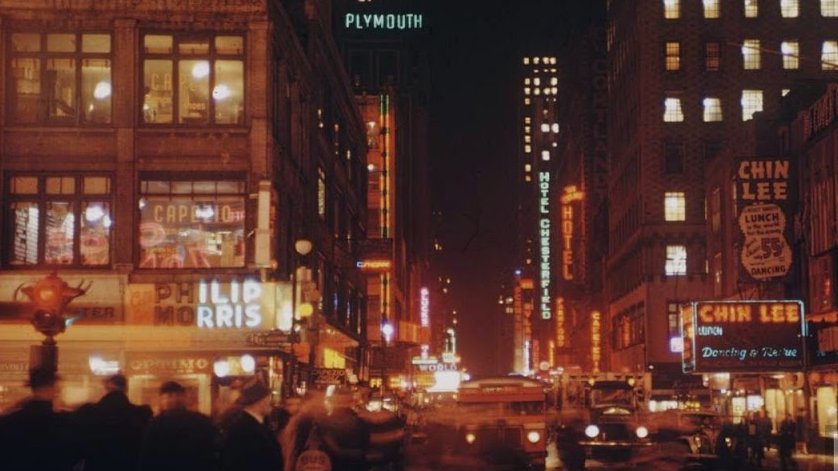
Liverpool’s Irvingite Church
The soi-disant “Catholic Apostolic Church” was one of the strangest but most fascinating Protestant sects the Victorian world brought forth. It was entirely novel — perhaps outright bizarre is a better description — in its combination of millenarian theology, evangelical preaching, and inventive ceremonialism. They were often referred to as Irvingites as a shorthand, owing to their origins amongst the followers of the Rev. Edward Irving, a Church of Scotland minister who led a congregation in Regent Square, London.
The Irvingites — after the death of Irving, it must be said — invented an elaborate hierarchy of twelve “apostles”, under whom served “angels”, “priests”, “elders”, “prophets”, “evangelists”, “pastors”, “deacons”, “sub-deacons”, “acolytes”, “singers”, and “door-keepers”. Coming from a very Protestant, low-church background, they curiously concocted elaborate liturgies influenced by Catholic, Greek, and Anglican forms of worship.
Another unique aspect of this group was its lack of denominational thinking: the Catholic Apostolic Church did not demand any strict or exclusive communion but was happy for its members and supporters to continue to be members of other churches or denominations.
One of the founding “apostles” of the Irvingite Church, Henry Drummond, married his daughter off to Algernon Percy, later the 6th Duke of Northumberland. That duke and his two immediate successors were known to be supporters of the Catholic Apostolic Church without disowning their established Anglican affiliation.
Despite this aristocratic land-owning connection, socially the Irvingite church spread most rapidly amongst the well-to-do mercantile classes, which meant they had congregations in places like Manchester, Birmingham, Liverpool, Edinburgh, and even Hamburg. They were also very strict about tithing, which — combined with their mercantile status — meant they had a fair amount of money to spend on church building.
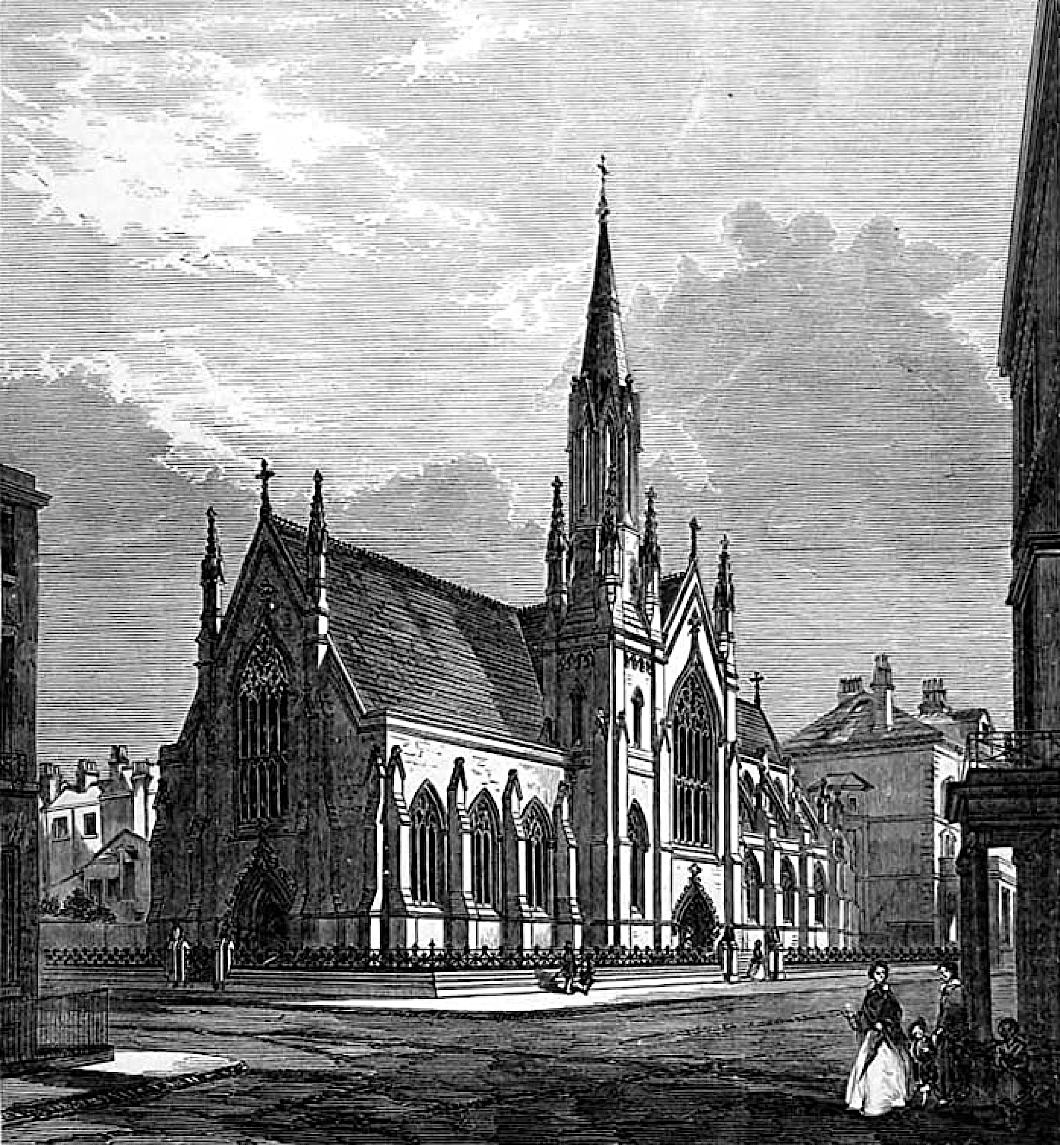
In Liverpool their church was built on the corner of Canning Street and Catherine Street in 1855-56. The design by architect Enoch Trevor Owen was influenced by Cologne Cathedral, with a nave more than 70 feet high.
Owen later moved to Dublin where he was employed as architect to the Board of Works, though he also designed the Catholic Apostolic Church in that city as well. (Today that building serves as Dublin’s Lutheran Church.) There’s some indication he designed the Catholic Apostolic Church in Manchester, so he might very well have been a member of the sect himself.
Another centrally important fact about the Irvingites: they didn’t believe that their original “apostles” could appoint further apostles. So when the last living “apostle” ordained his last “angel”, no further angels and so forth could be created. It endowed the clergy of this unique branch of Protestantism with an effective end date, but you have to give them credit for sticking with it. The last “apostle” died in 1901, the last “angel” in 1960, and their last “priest” in 1971.
Gone are all their elaborate inventive liturgies, and unsurprisingly the congregations have tended to fade away as well. The last clergy often recommended the lay people in their charge attend Church of England services when their own services stopped. The body continues to exist, and beside paying for the maintenance of its properties also makes annual grants to mostly Anglican but also Catholic and Eastern Orthodox bodies. In some very rare places, like Little Venice, prayer services are still held.
Indeed they still own their great central church in Gordon Square in Bloomsbury, though its chief use in the past decades has been being rented out first to an Anglican university chaplaincy, and now to the use of High-Church Anglicans as well as an Anglican evangelical mission.
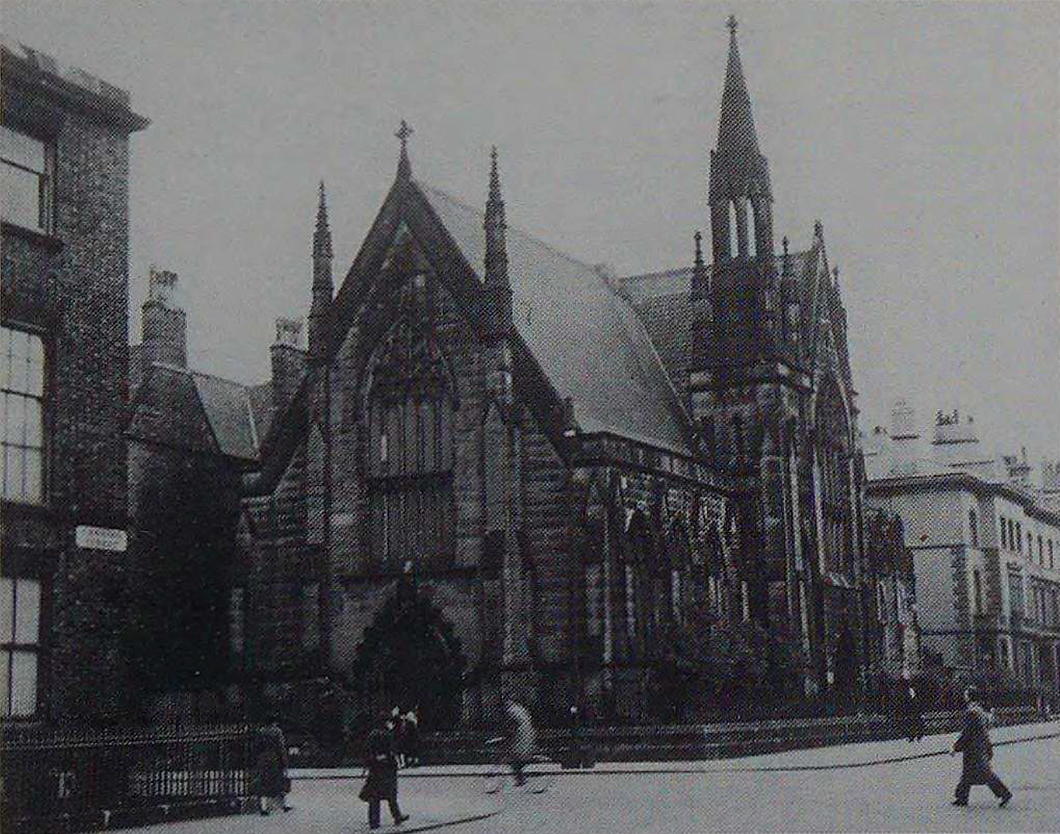
In Liverpool their church was given Grade II listing protection in 1978, possibly when prayers services were still being held. By 1982 the church was up for sale, but without a buyer it succumbed to a fire in 1986.
The church lingered in ruins until the late 1990s when it was demolished and a nondescript block of flats erected on the site.
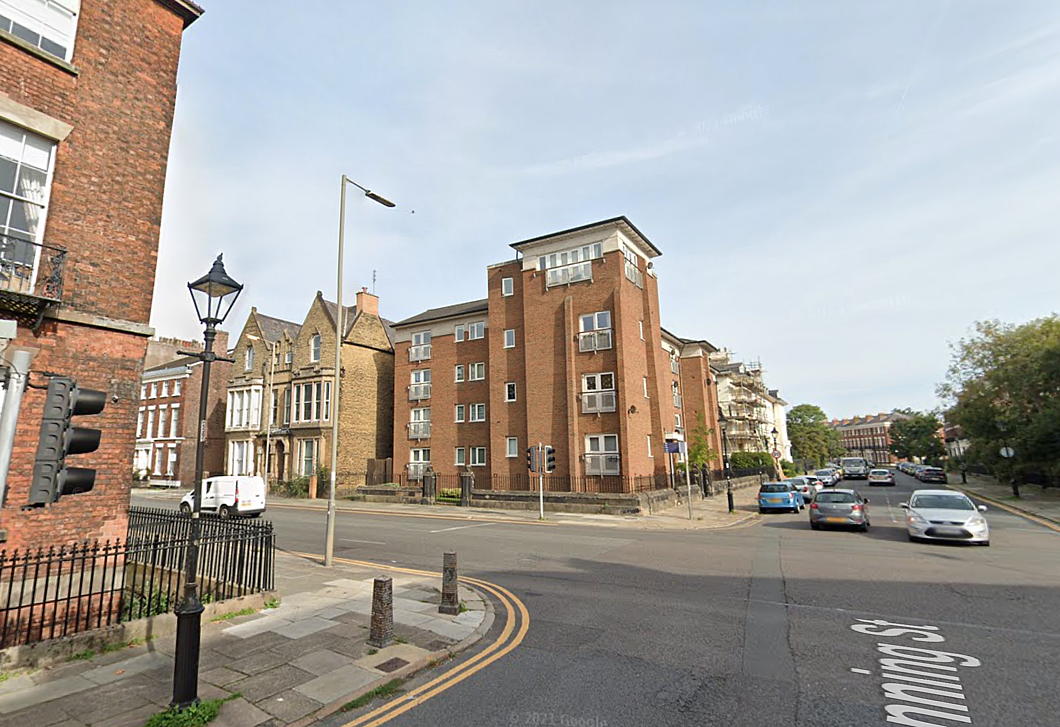
Elsewhere: Liverpool: Then and Now | Velvet Hummingbee
Search
Instagram: @andcusack
Click here for my Instagram photos.Most Recent Posts
- Bicycle Rack April 29, 2024
- Burns Tower April 19, 2024
- Patrick in Parliament March 18, 2024
- Articles of Note: 13 March 2024 March 13, 2024
- Cambridge March 9, 2024
Most Recent Comments
Book Wishlist
Monthly Archives
Categories

